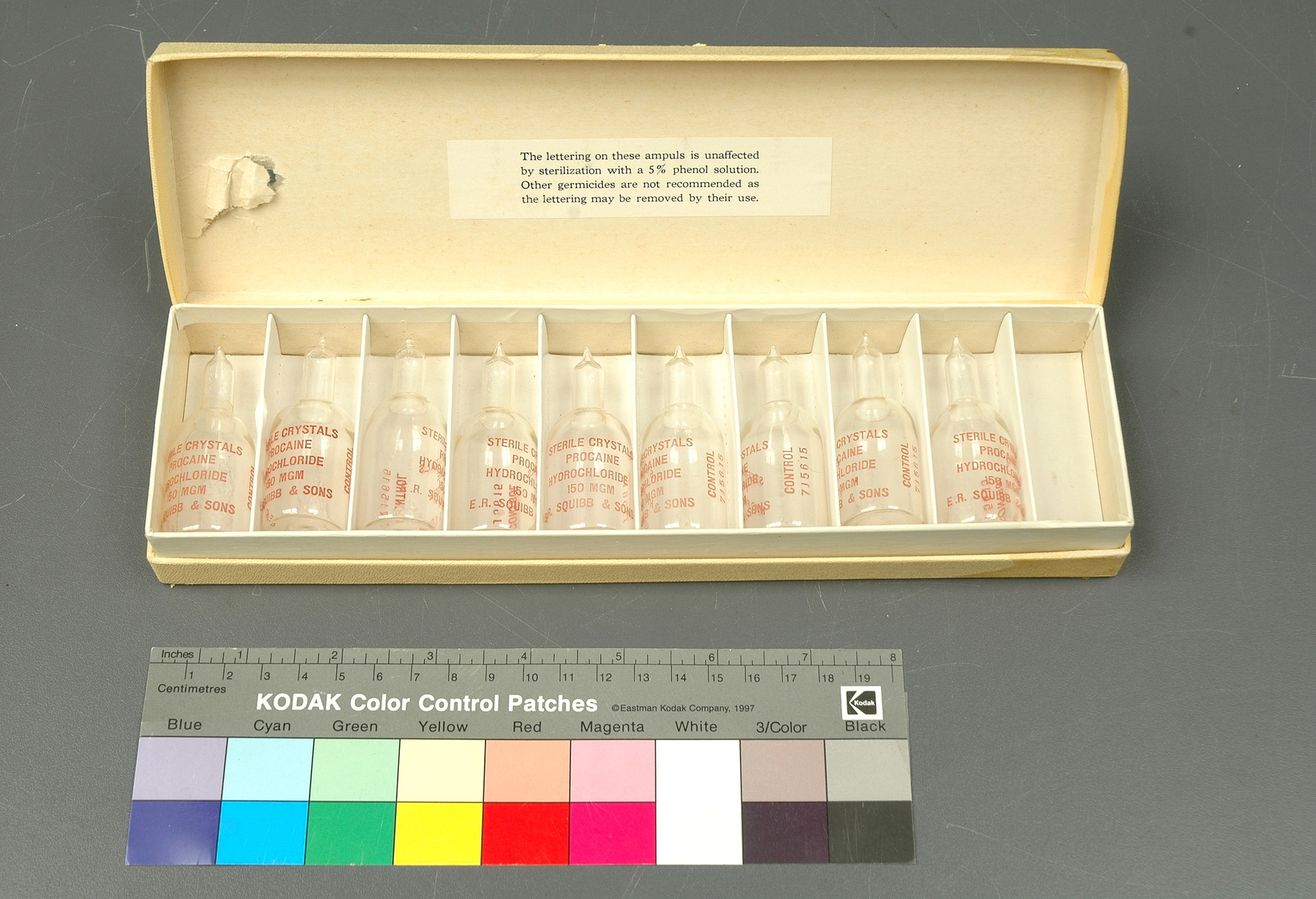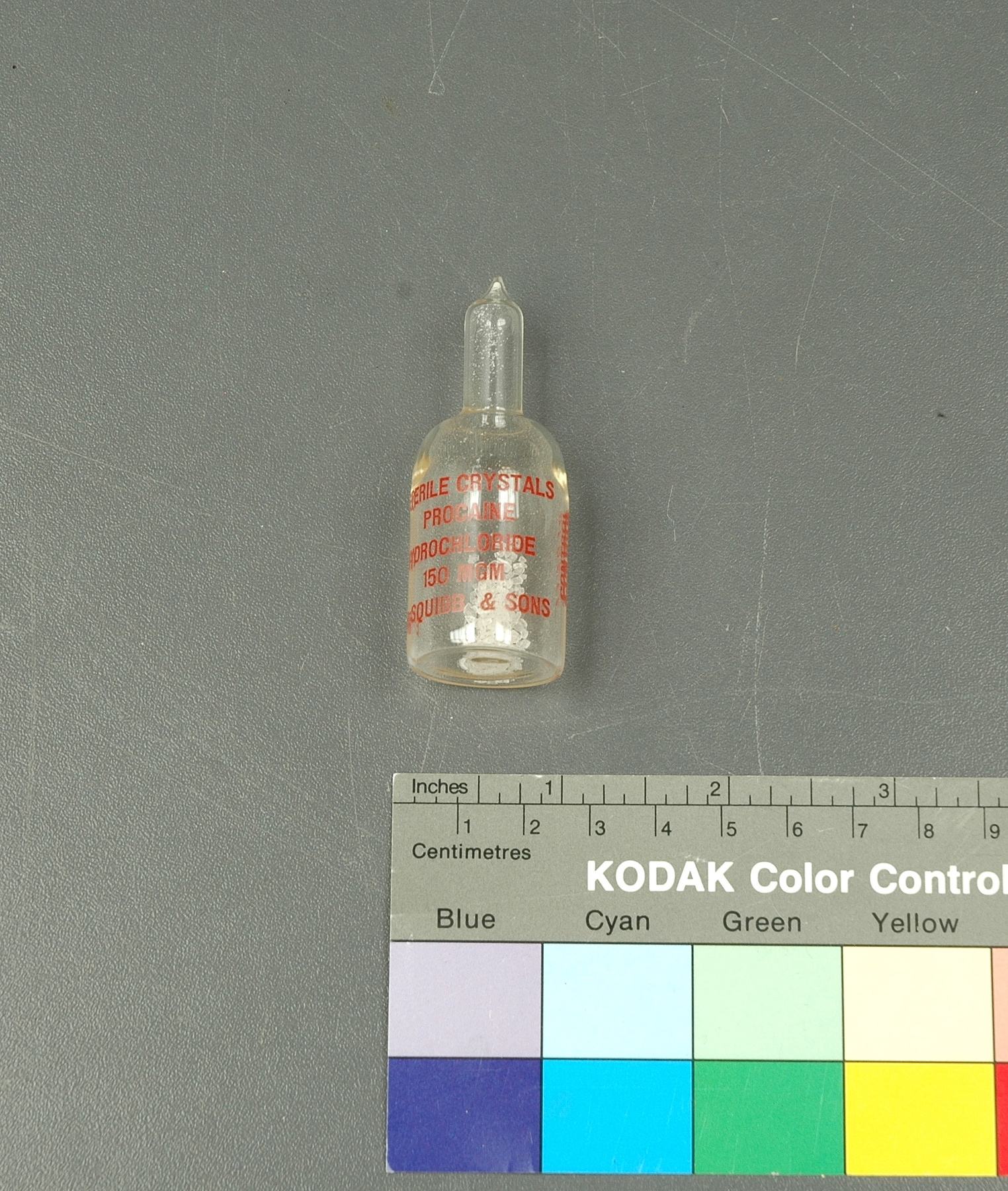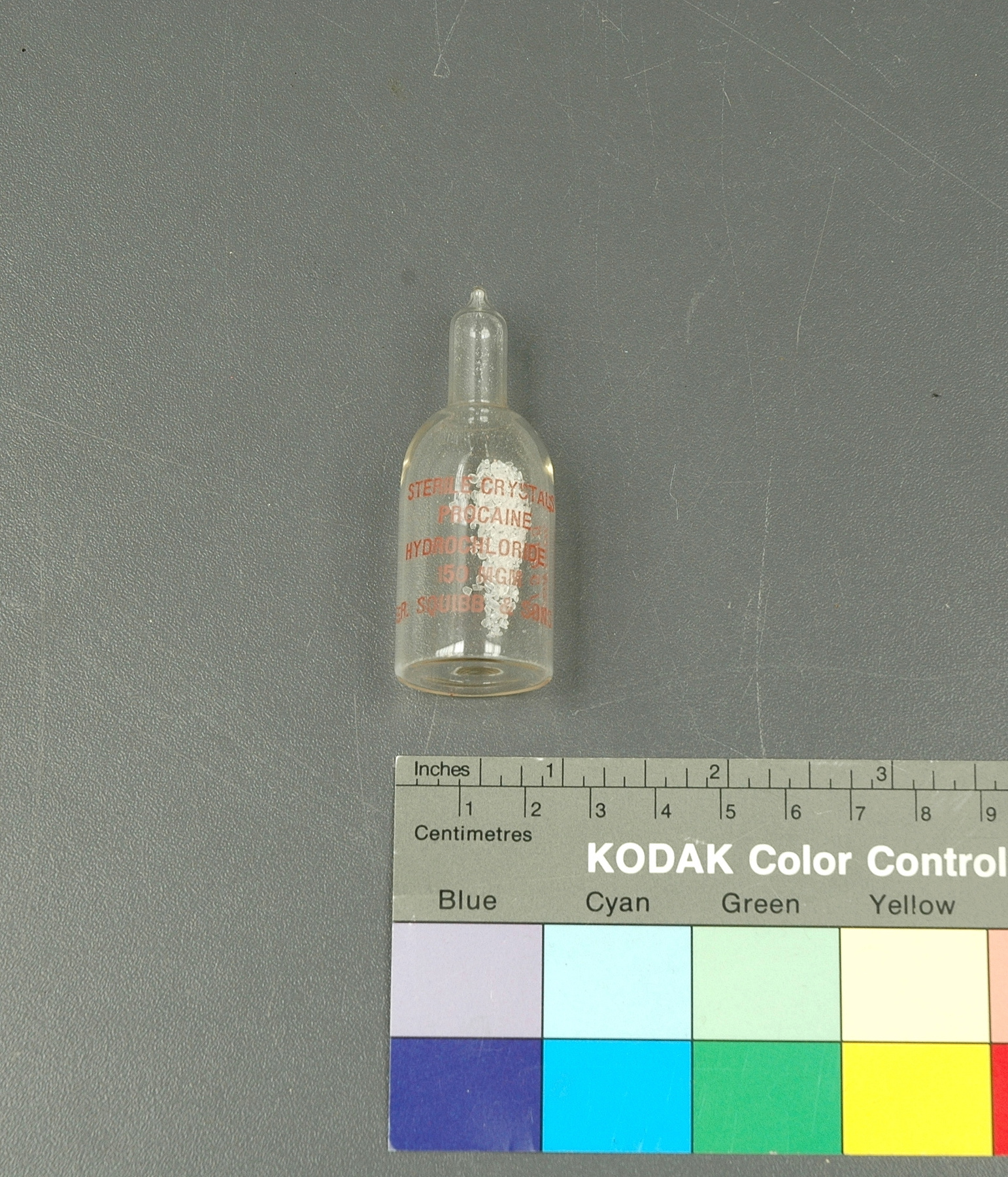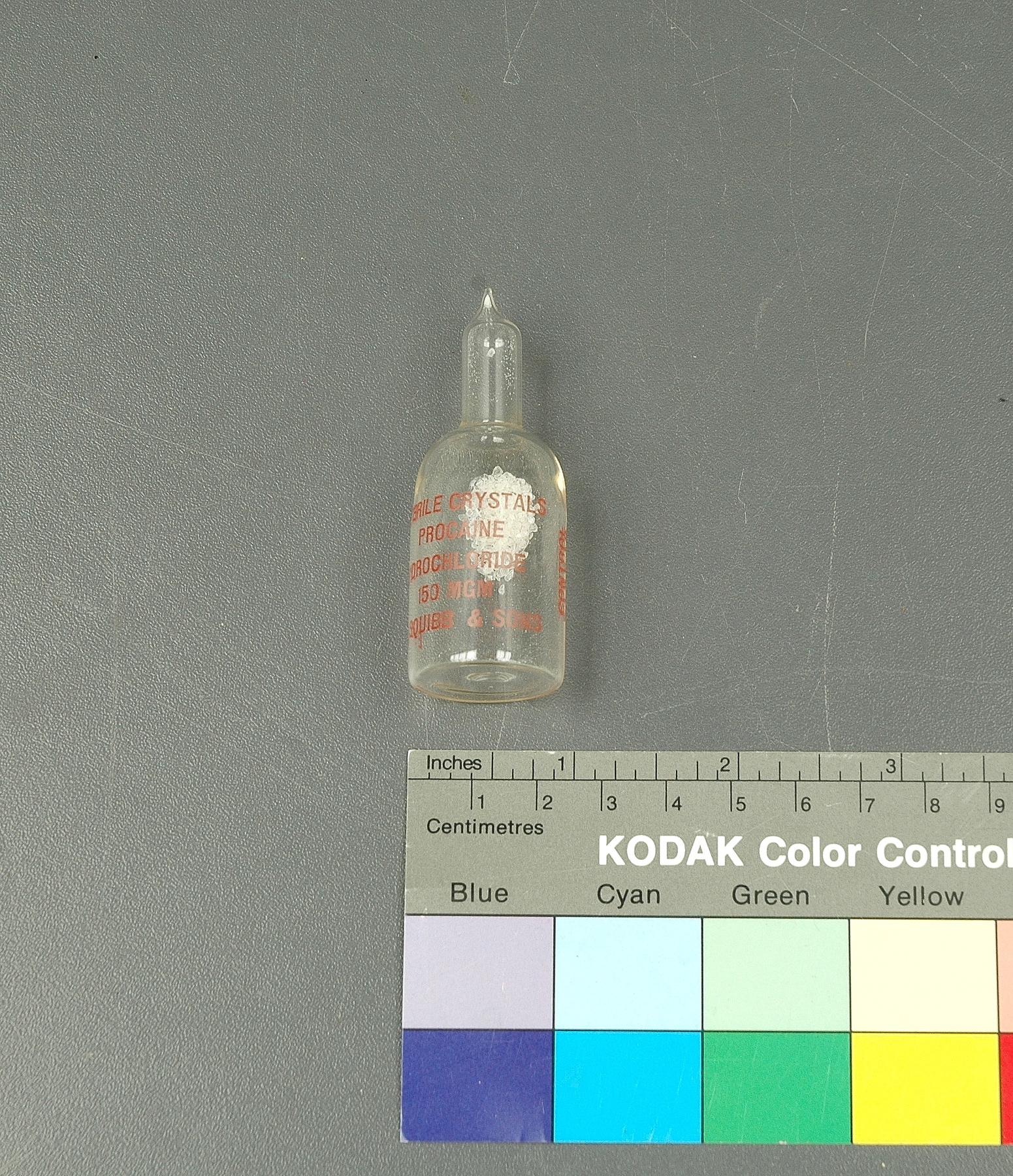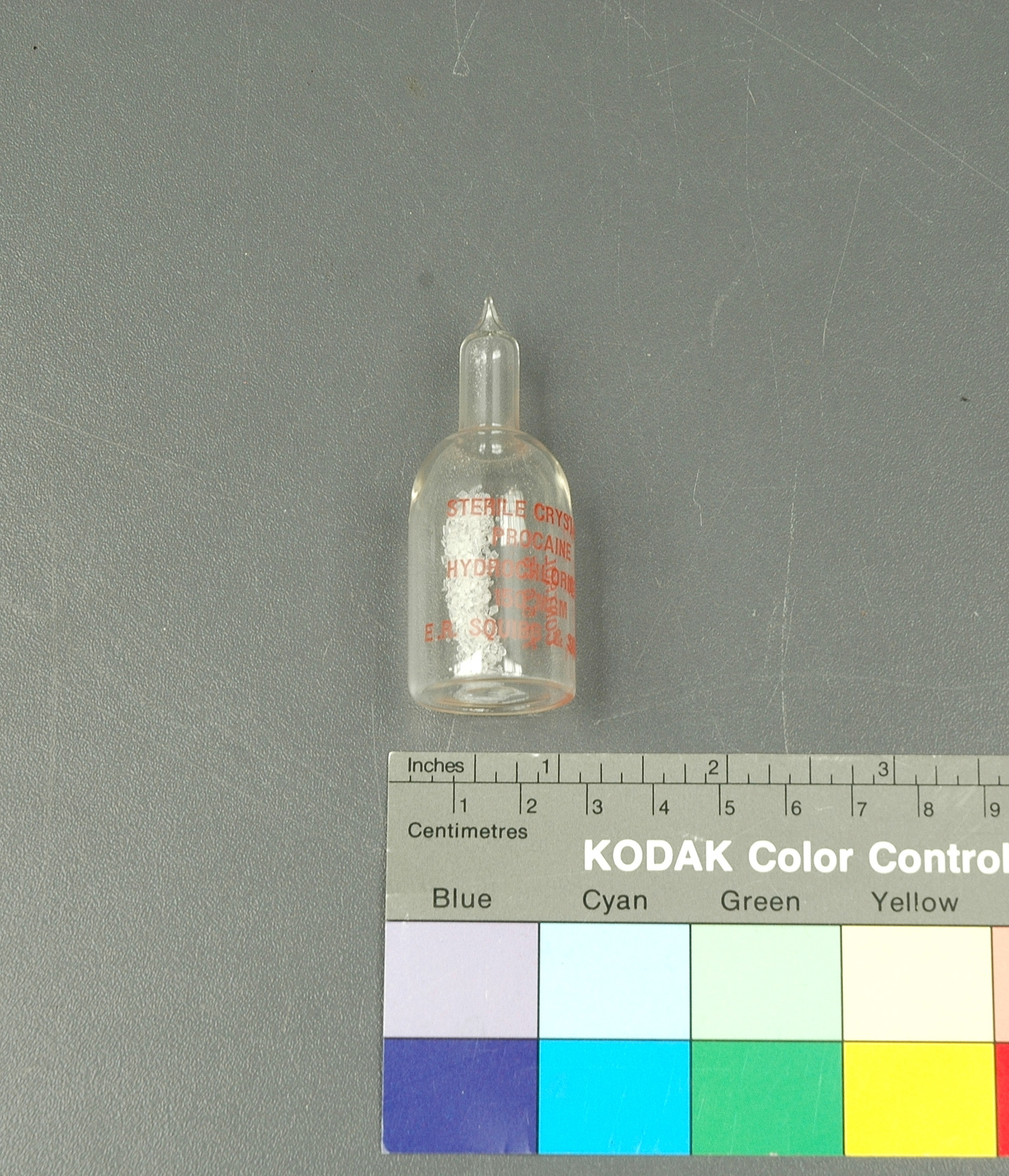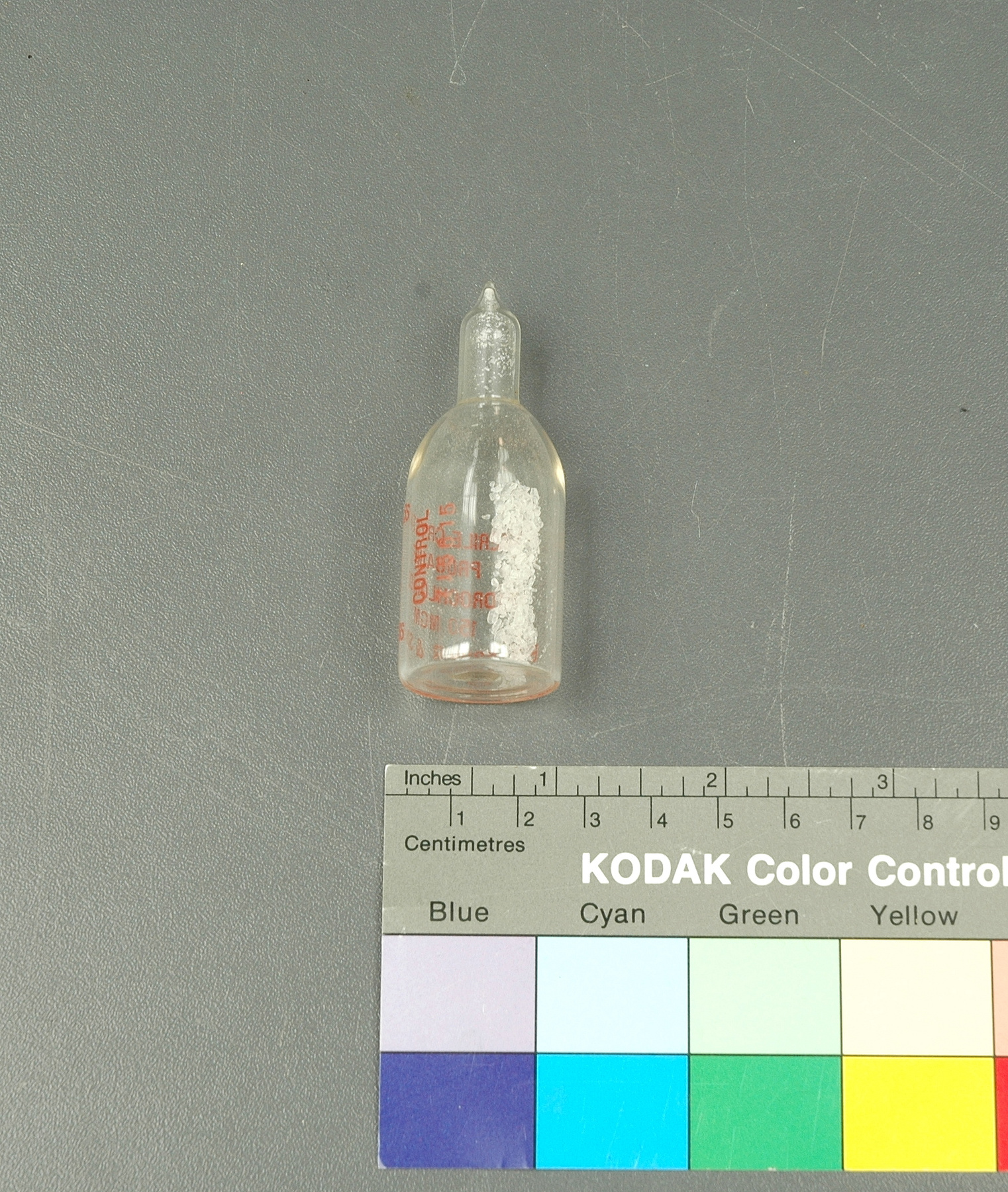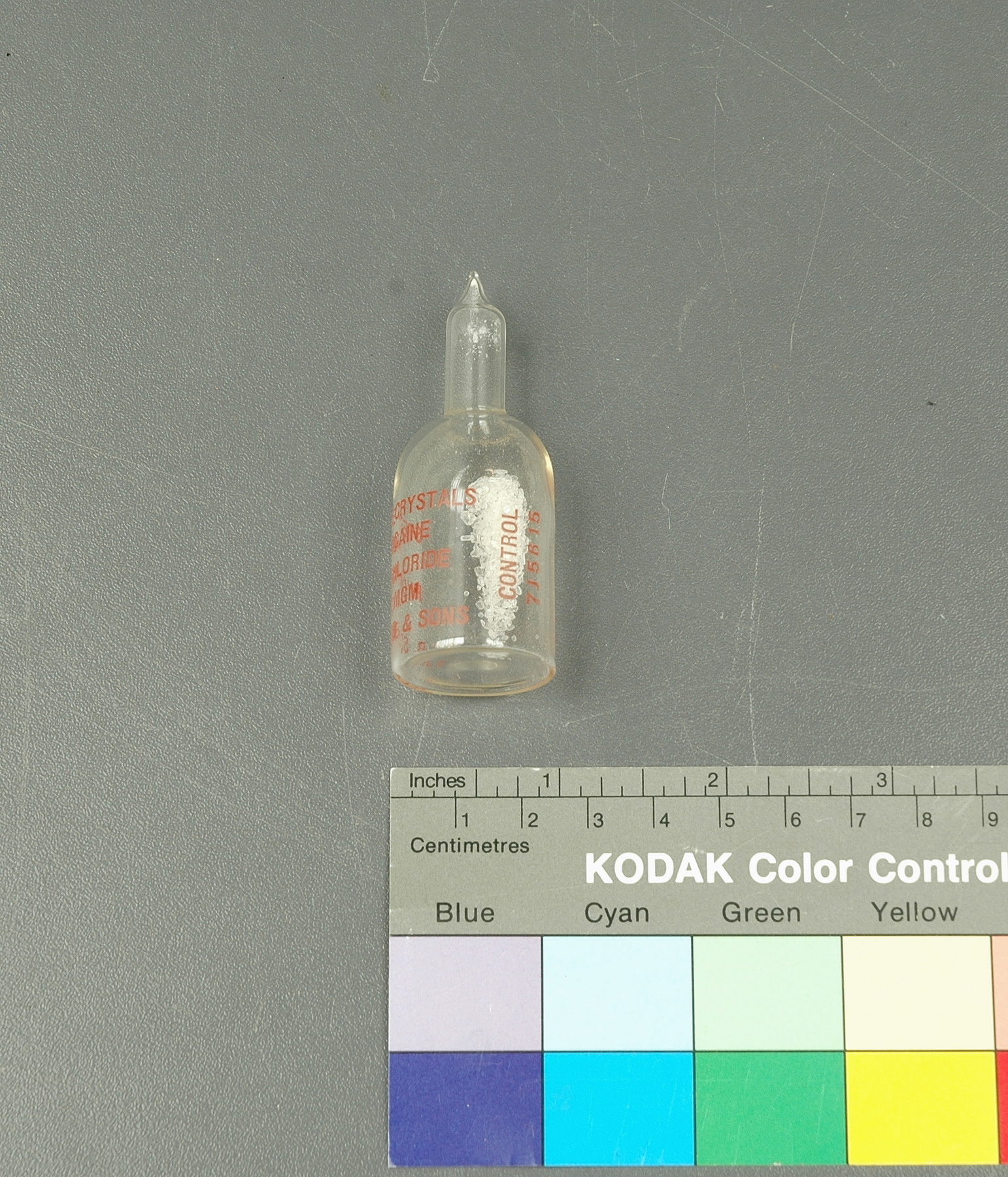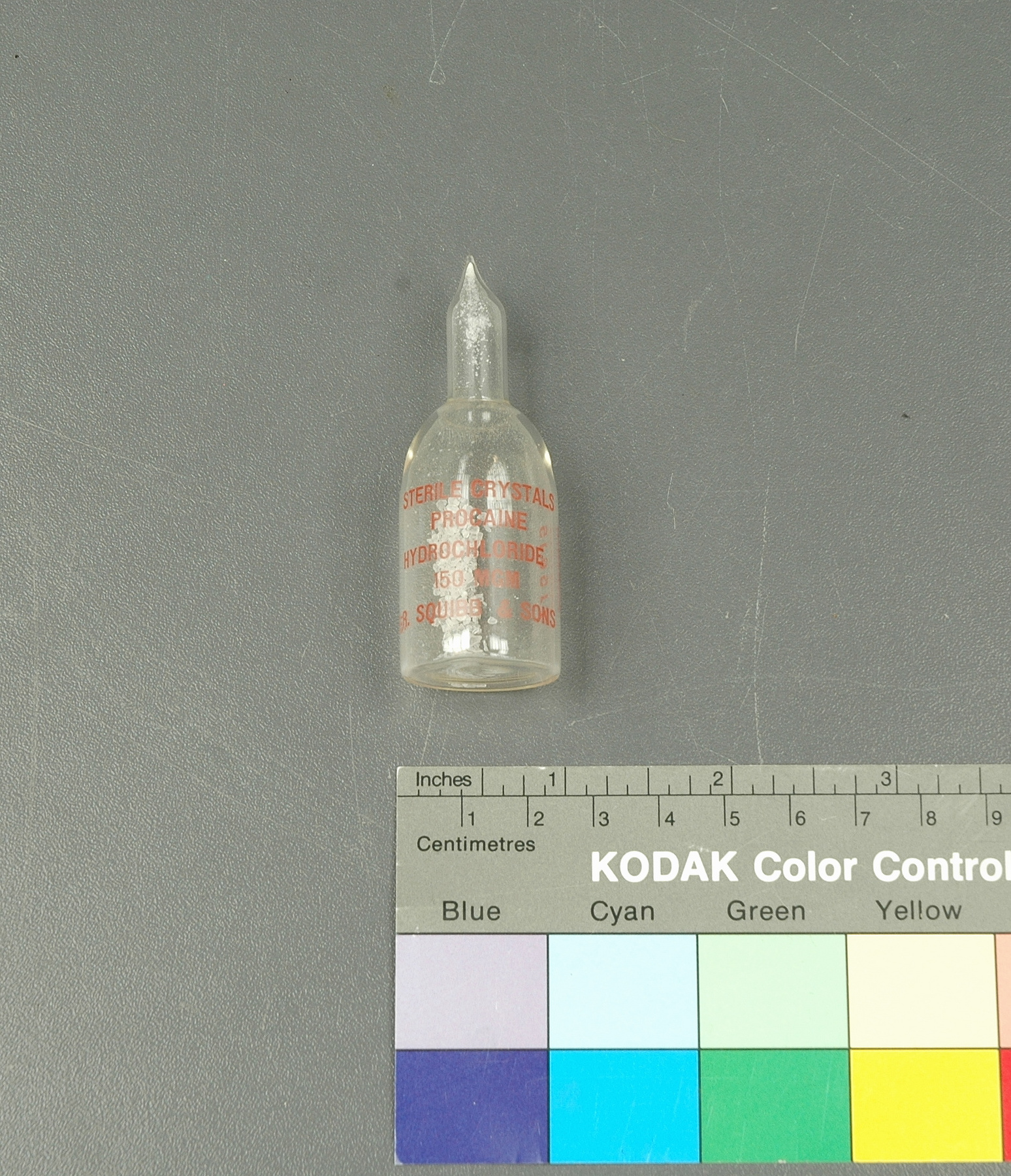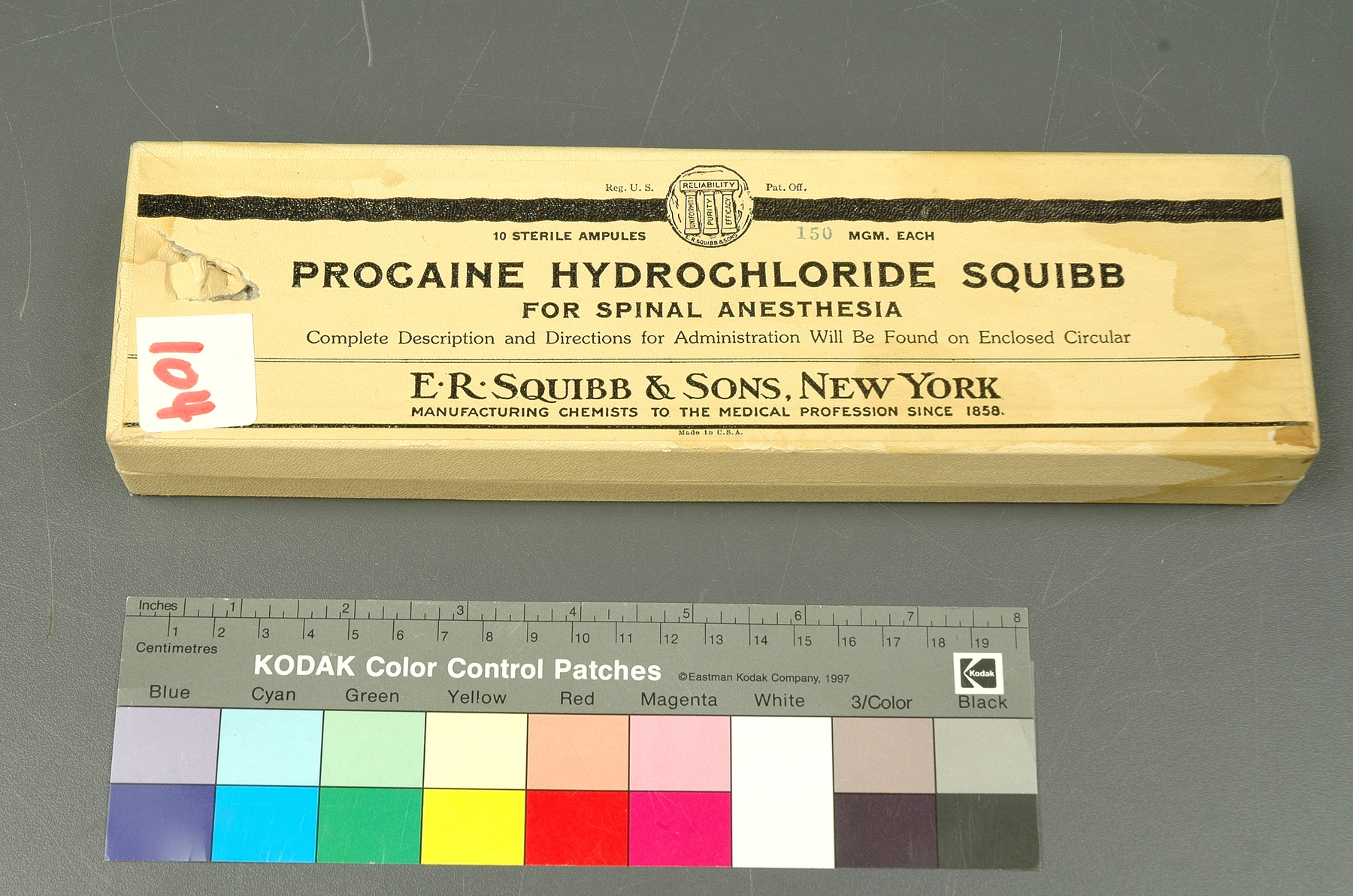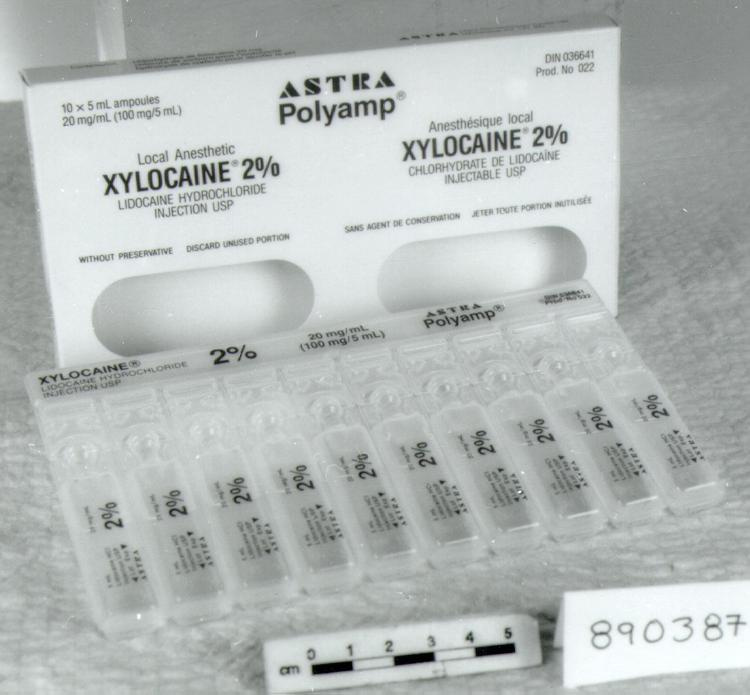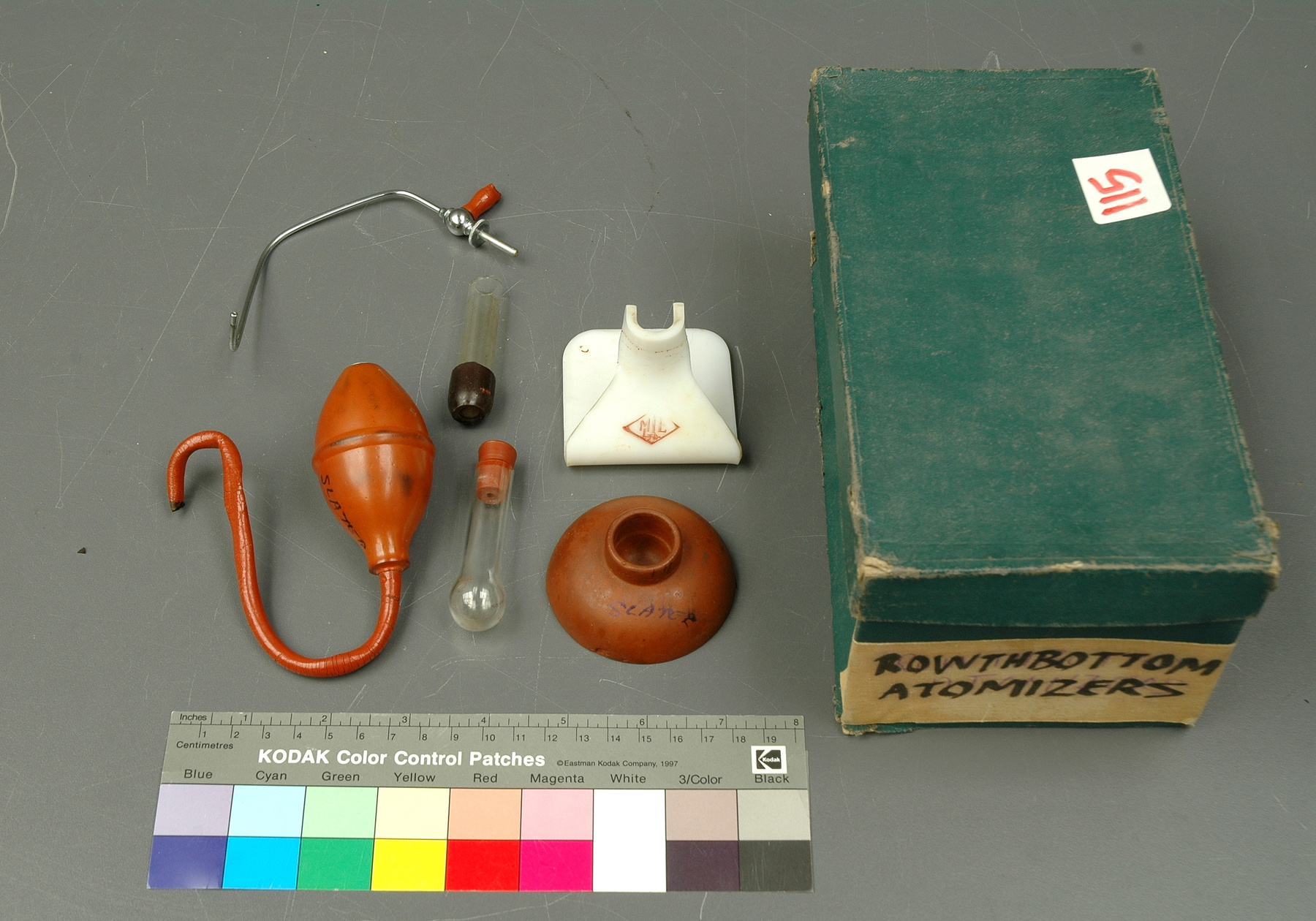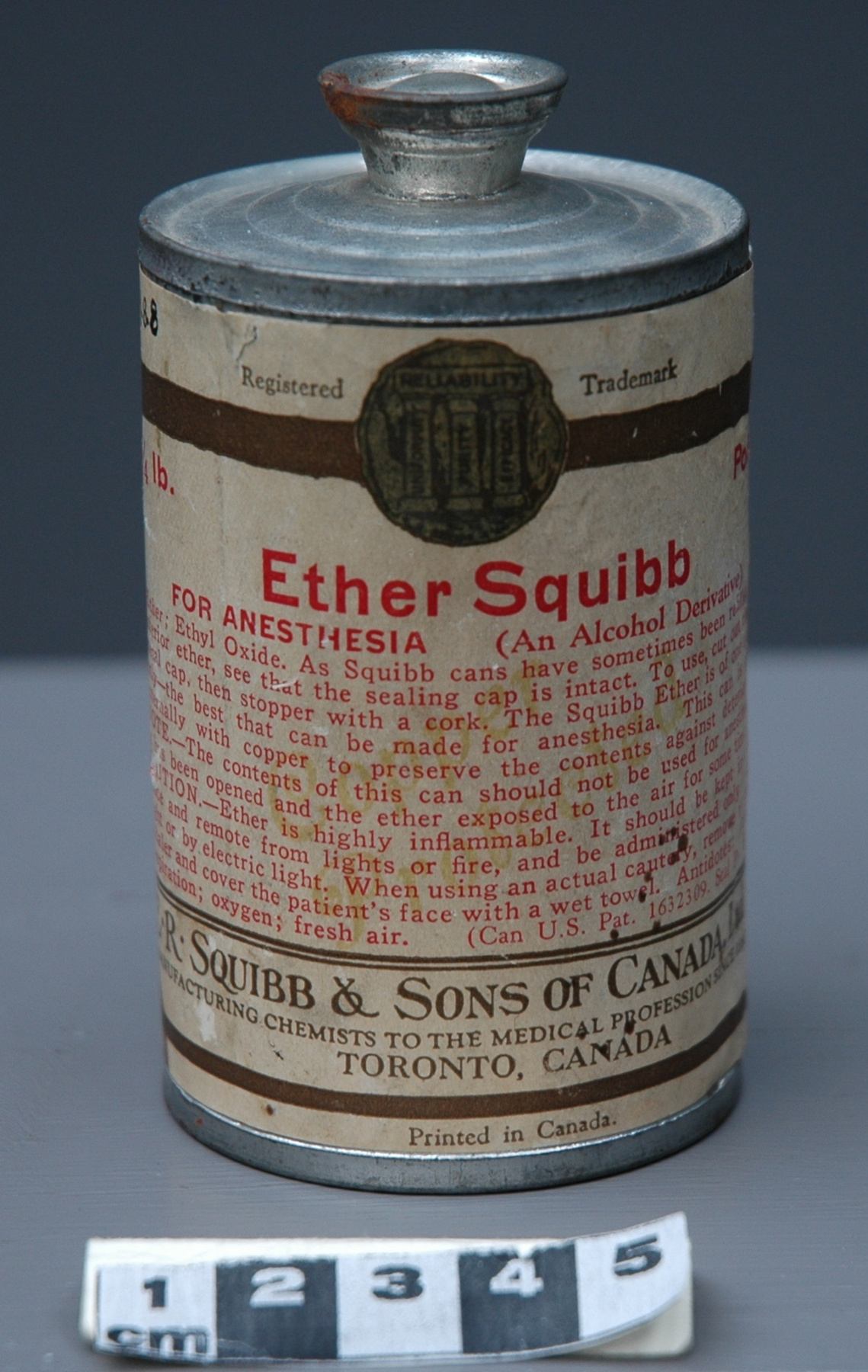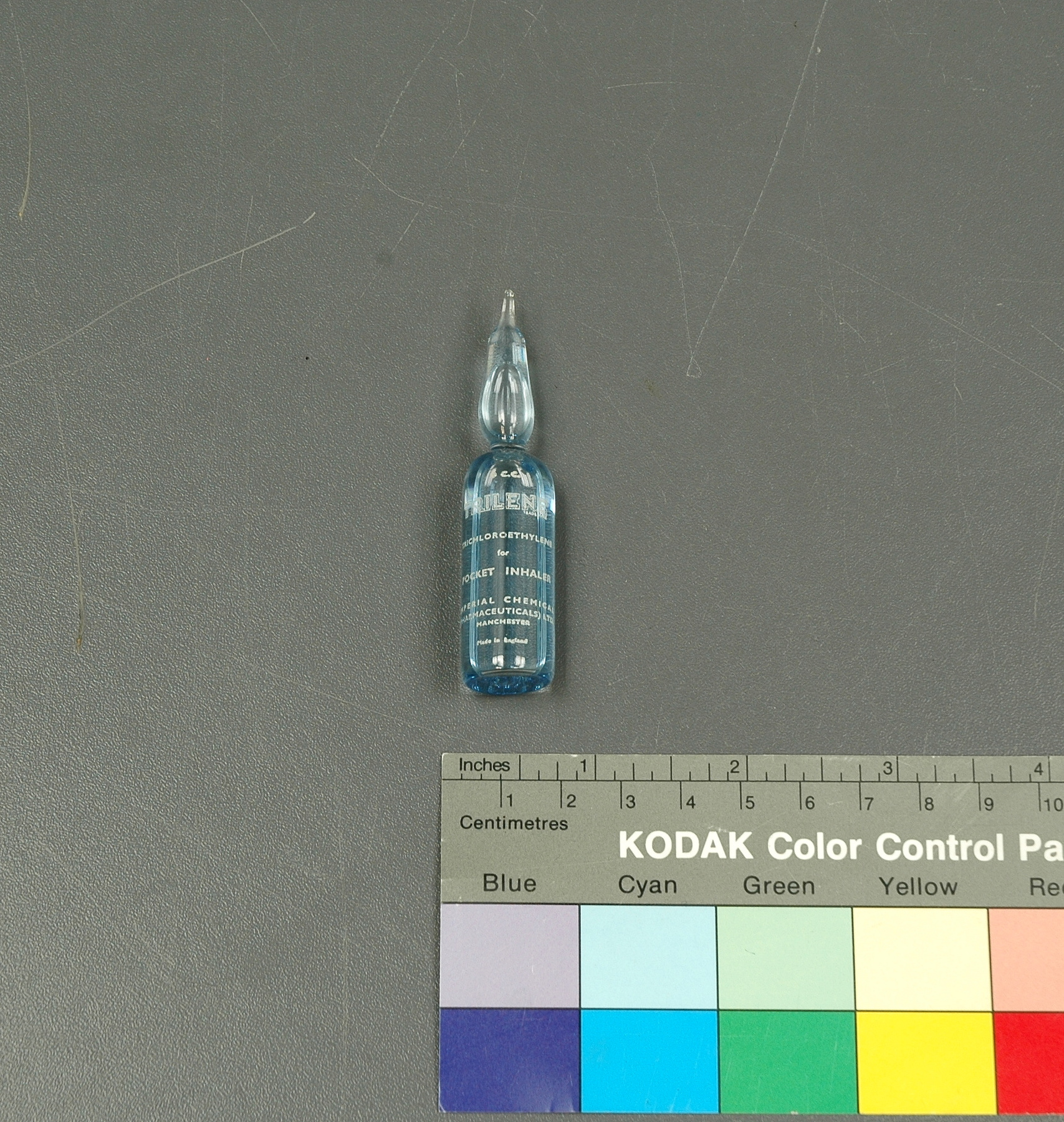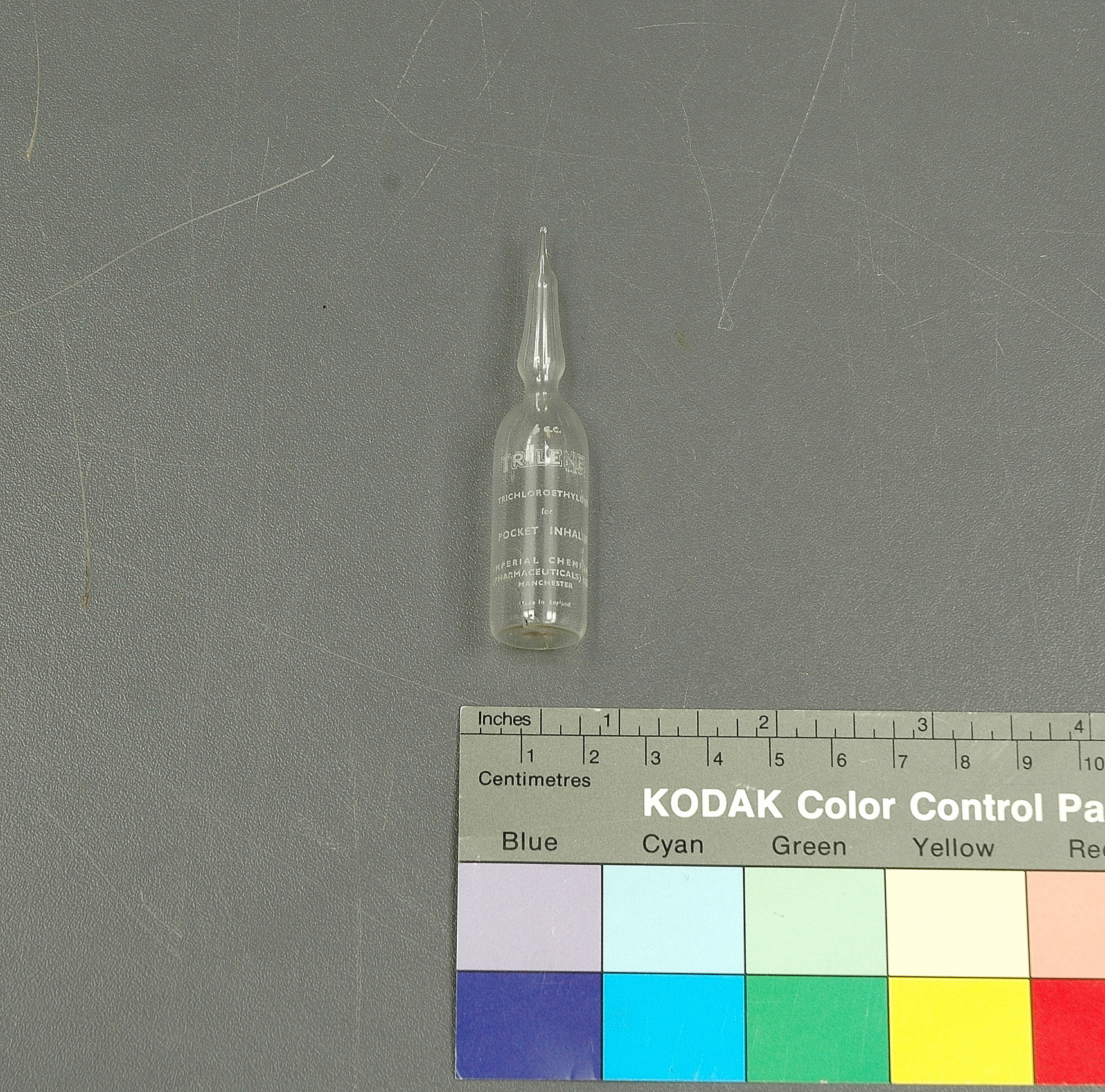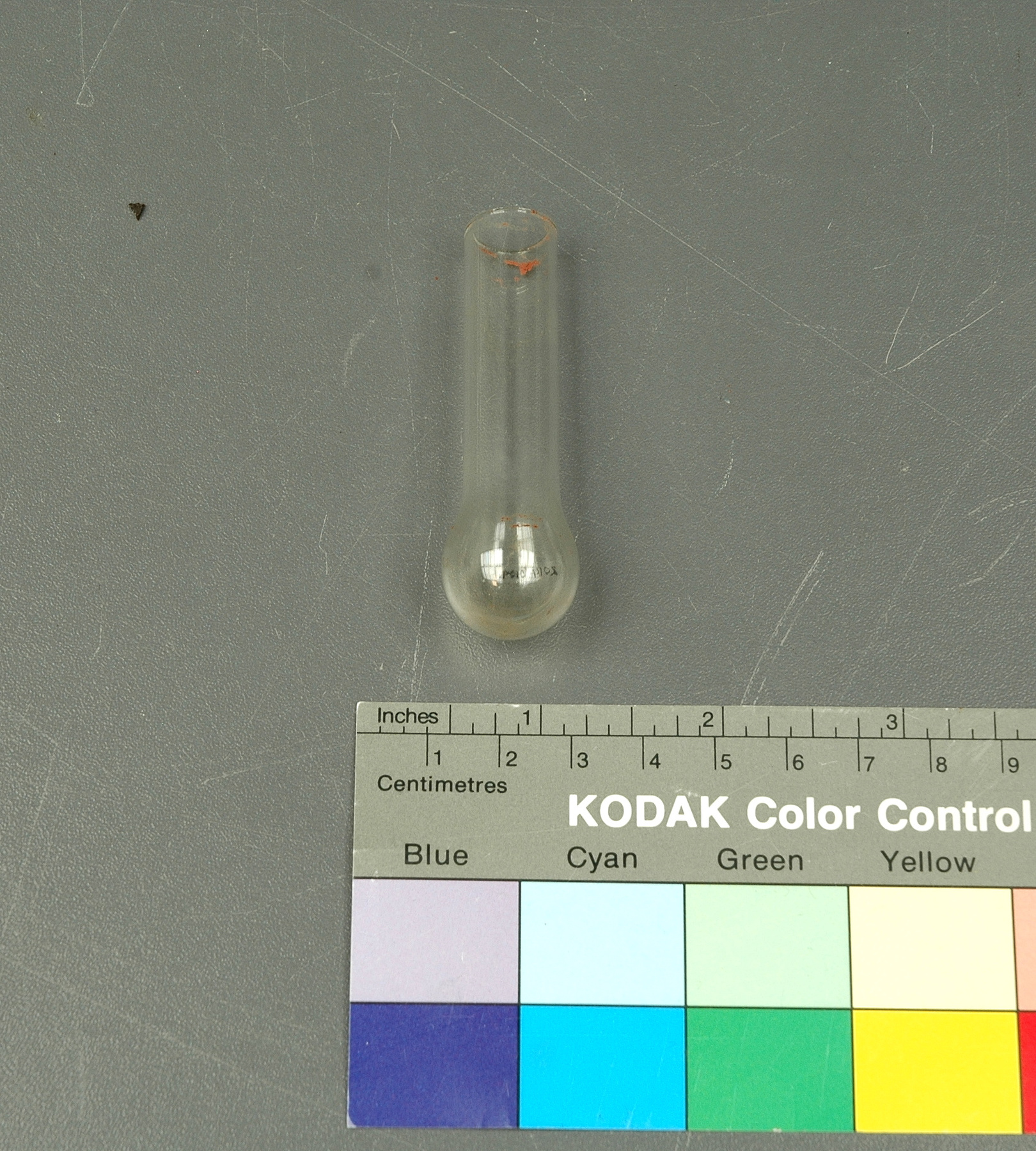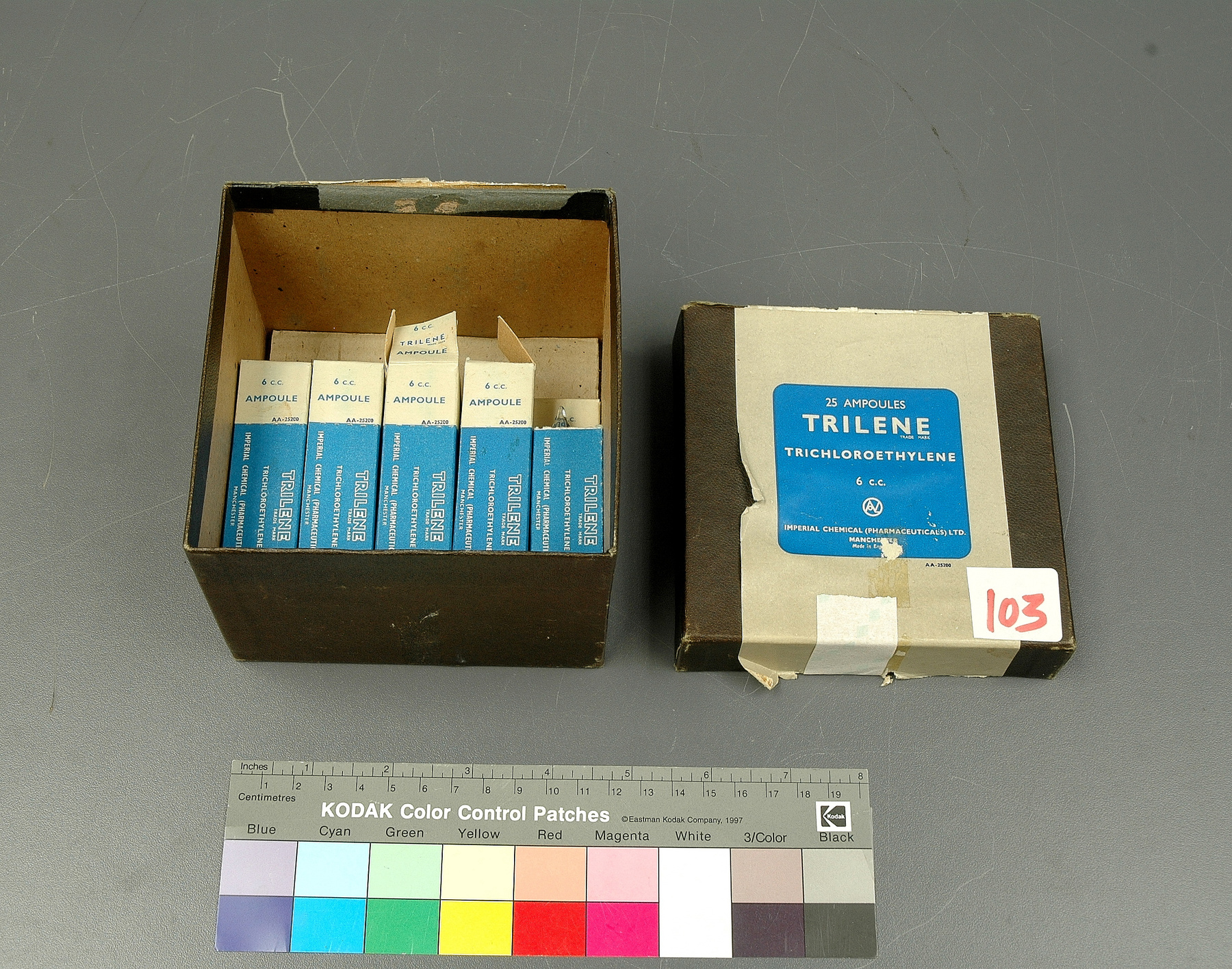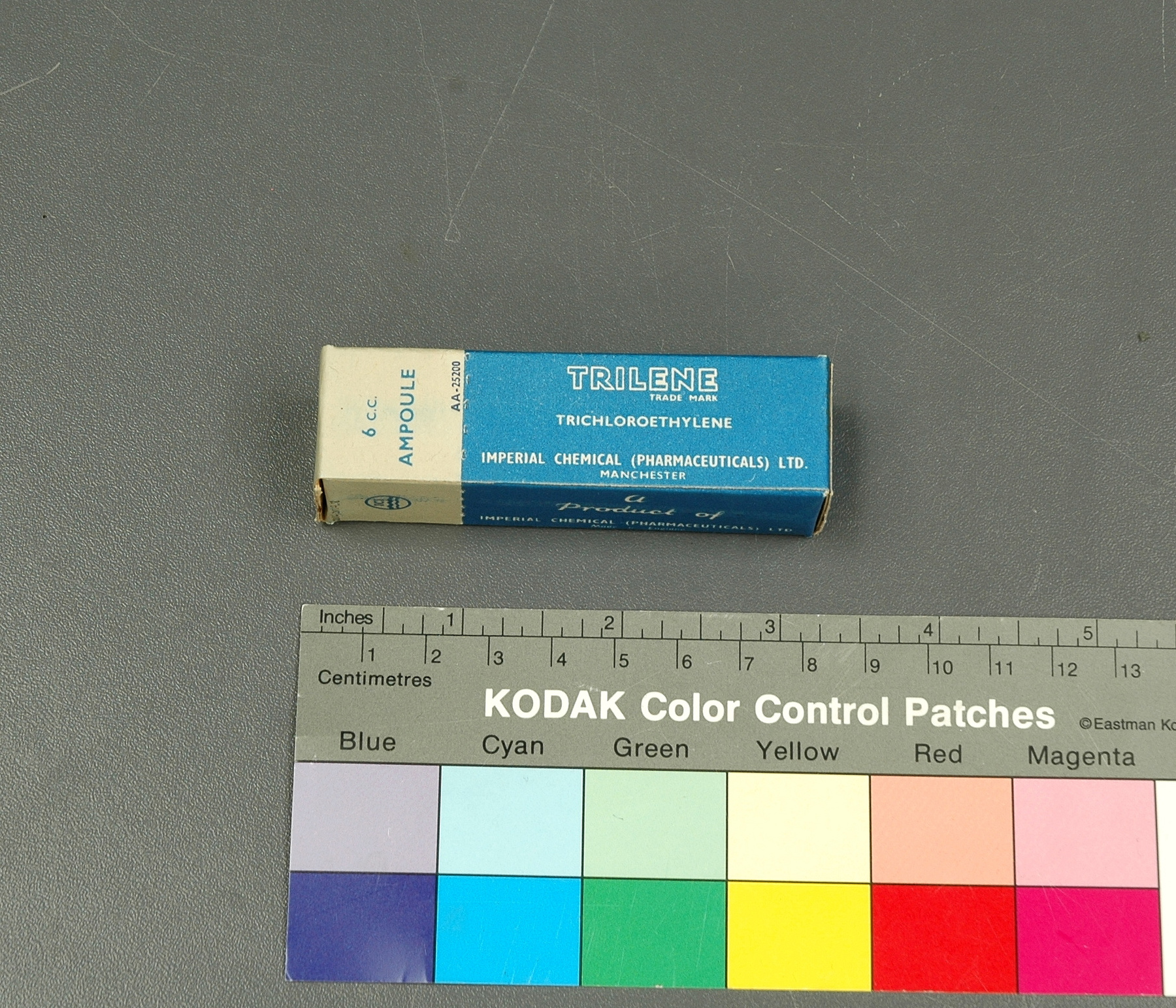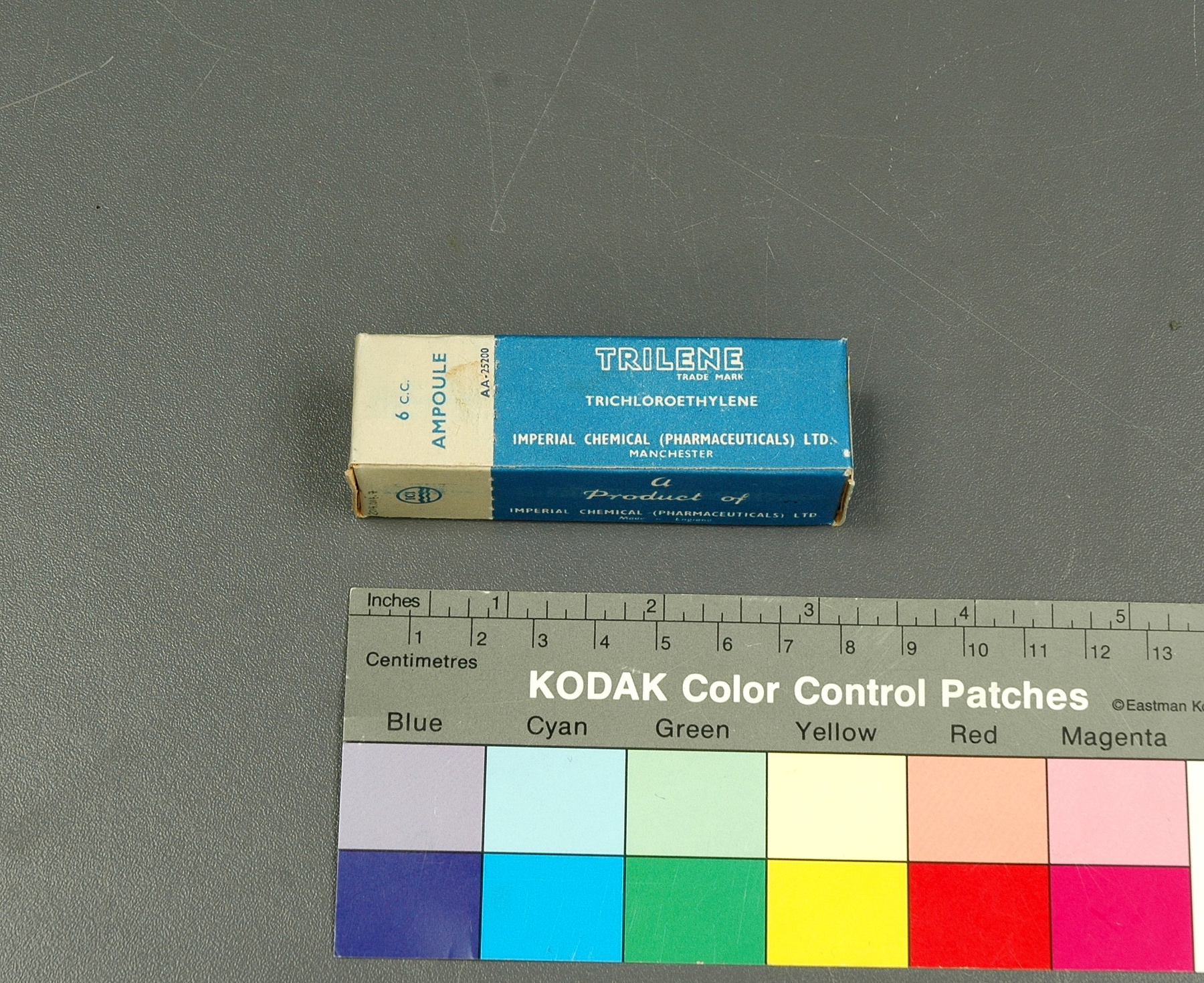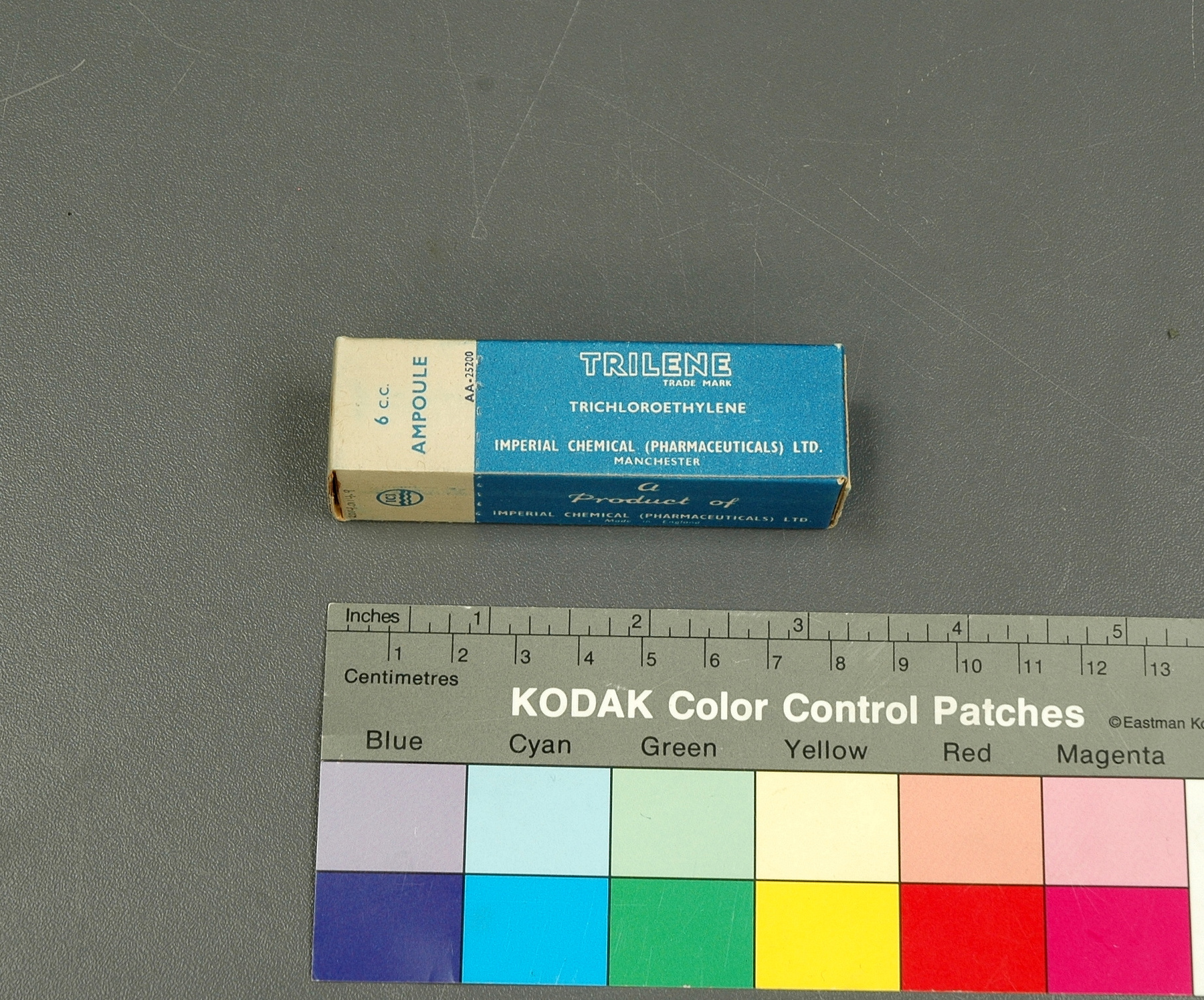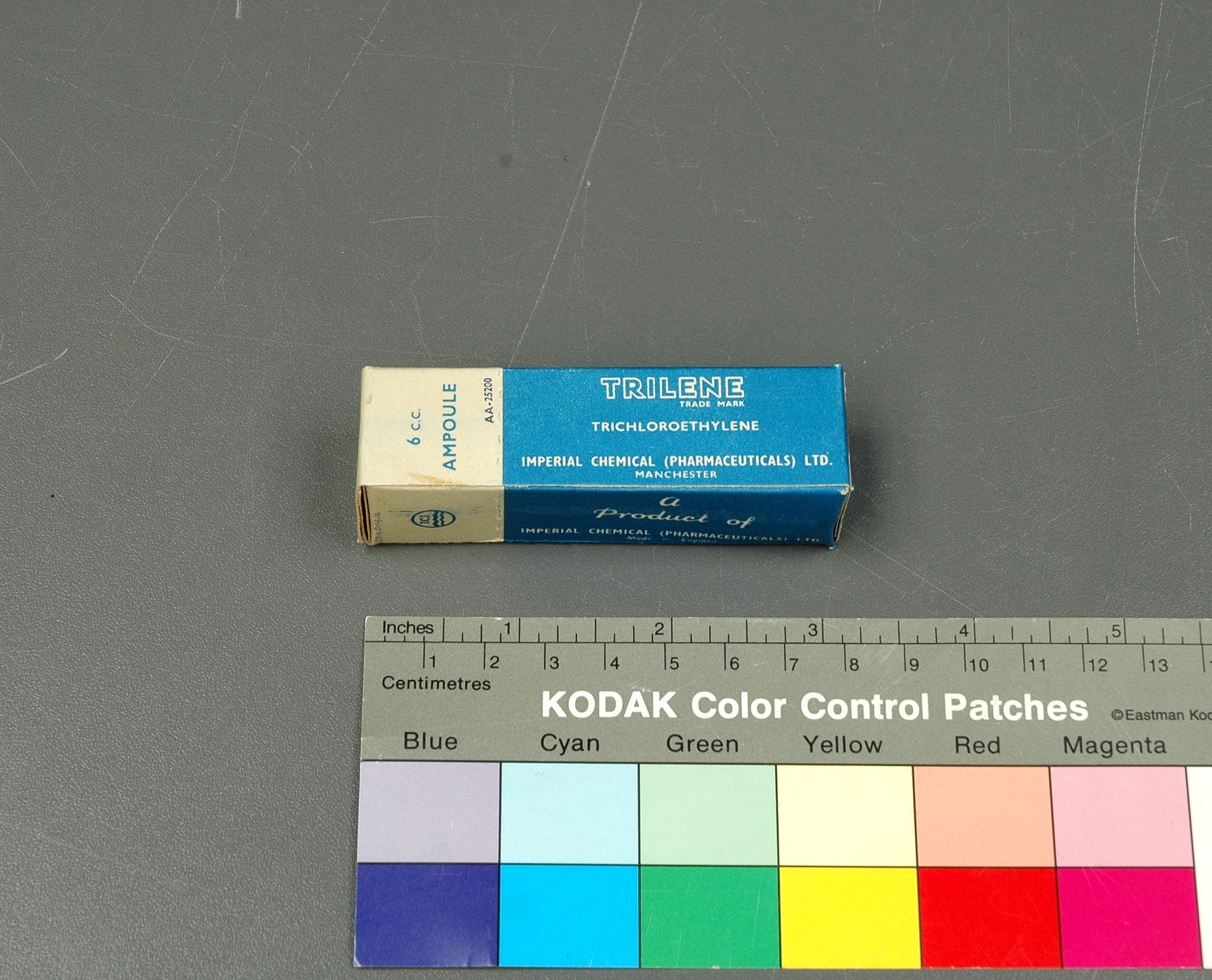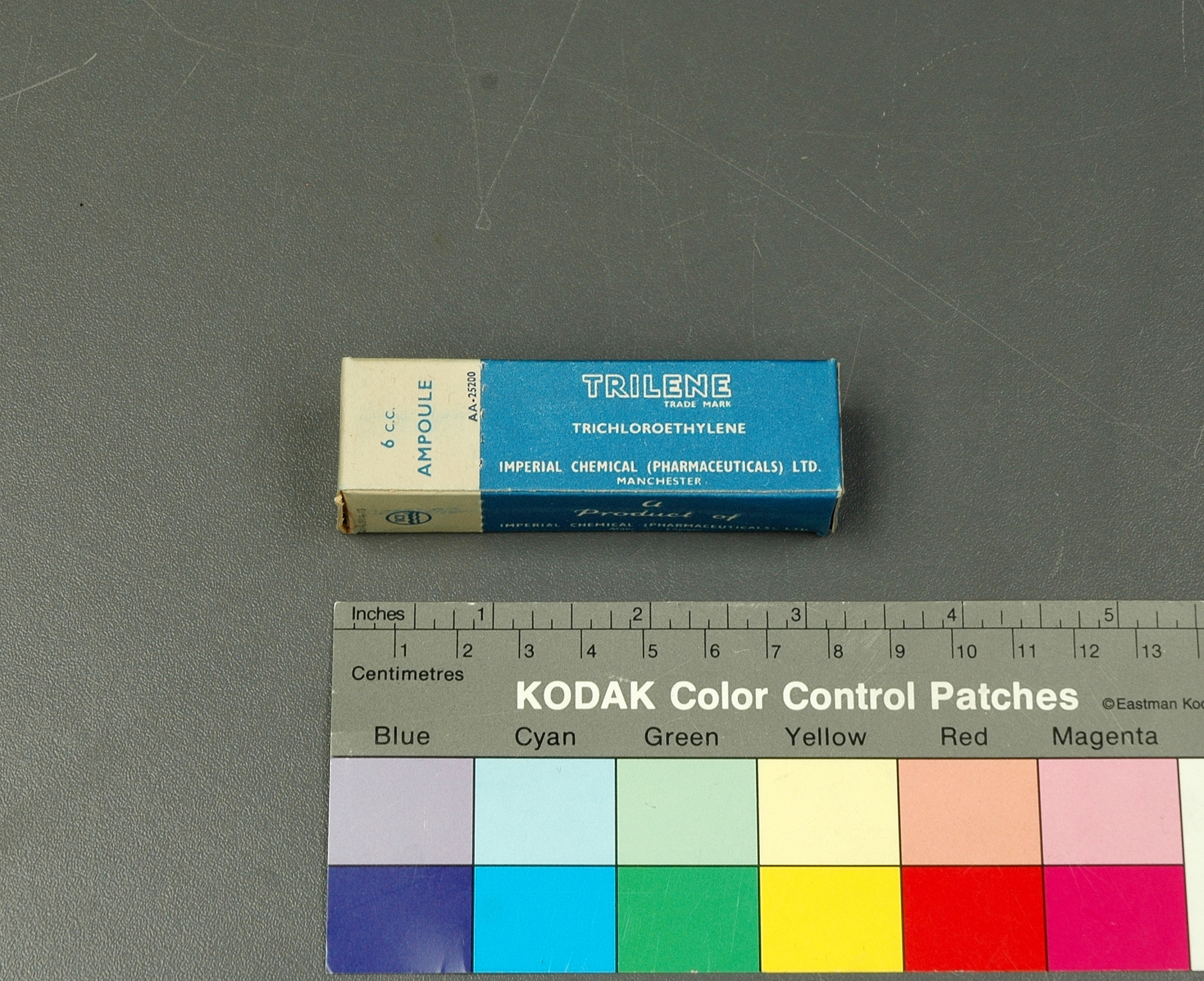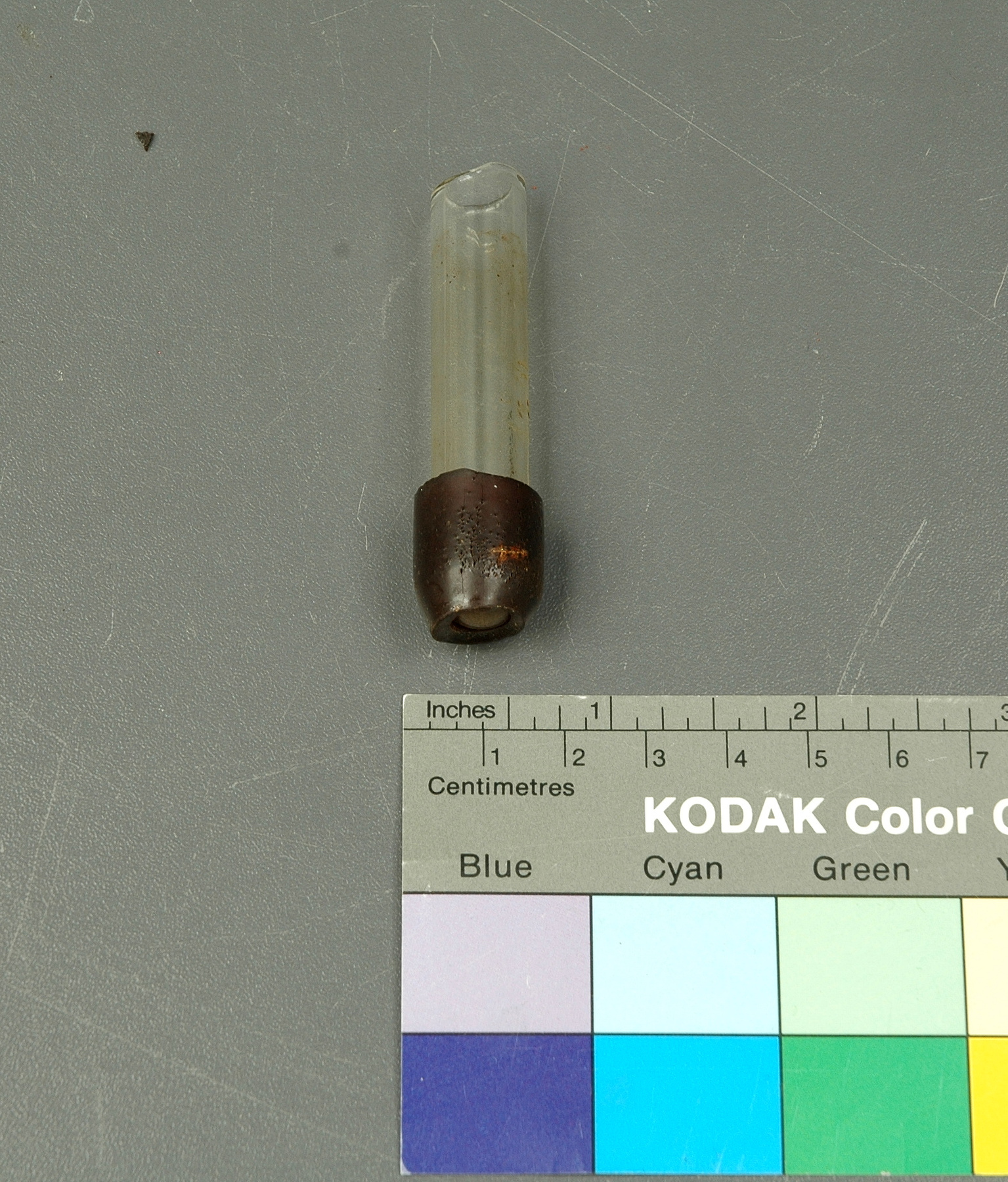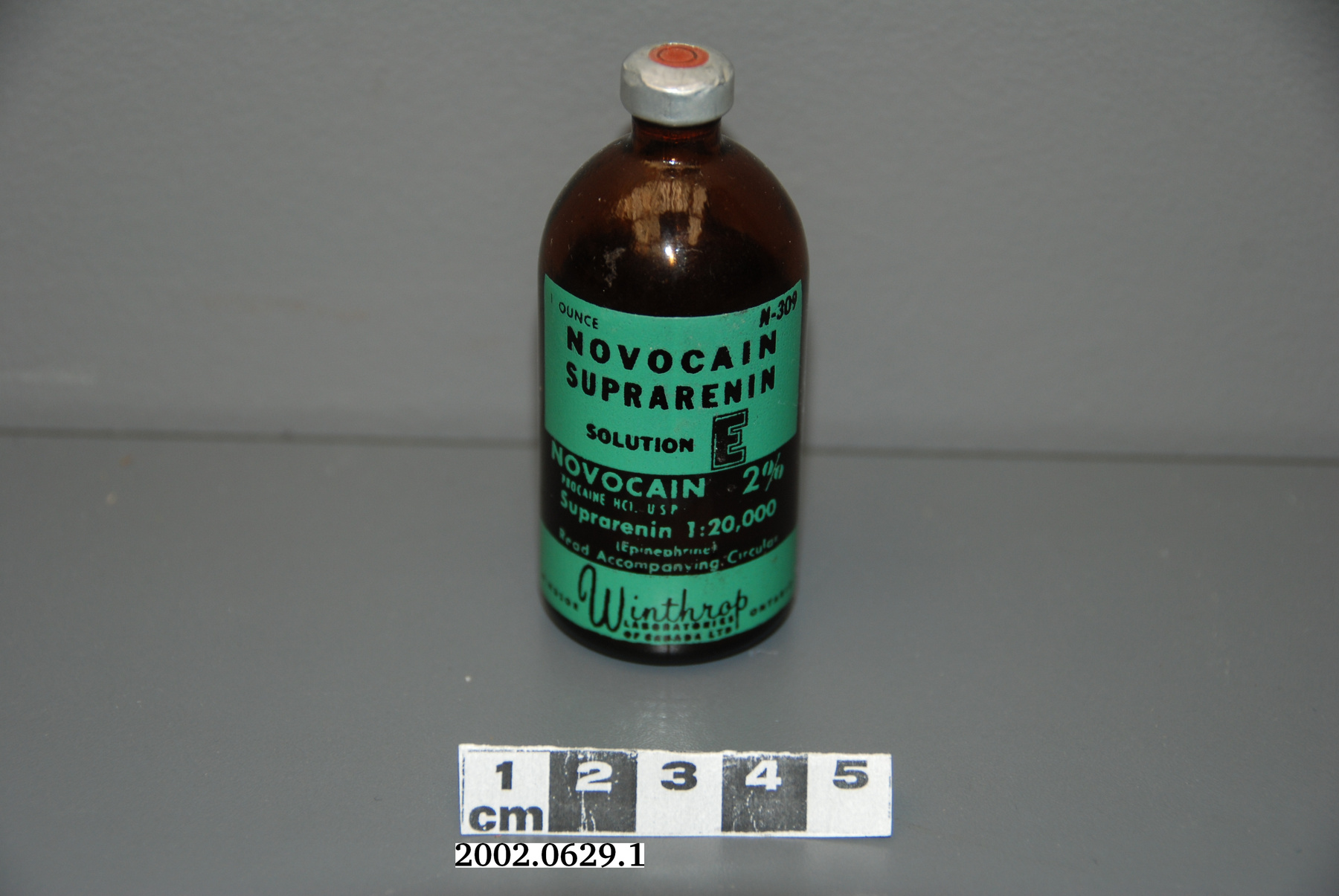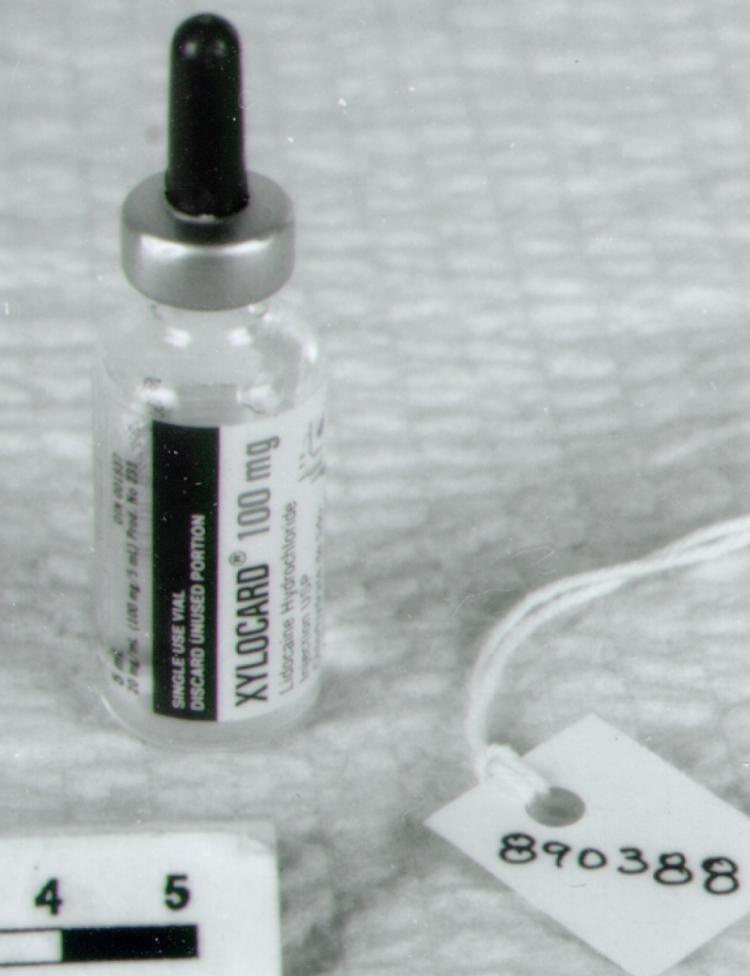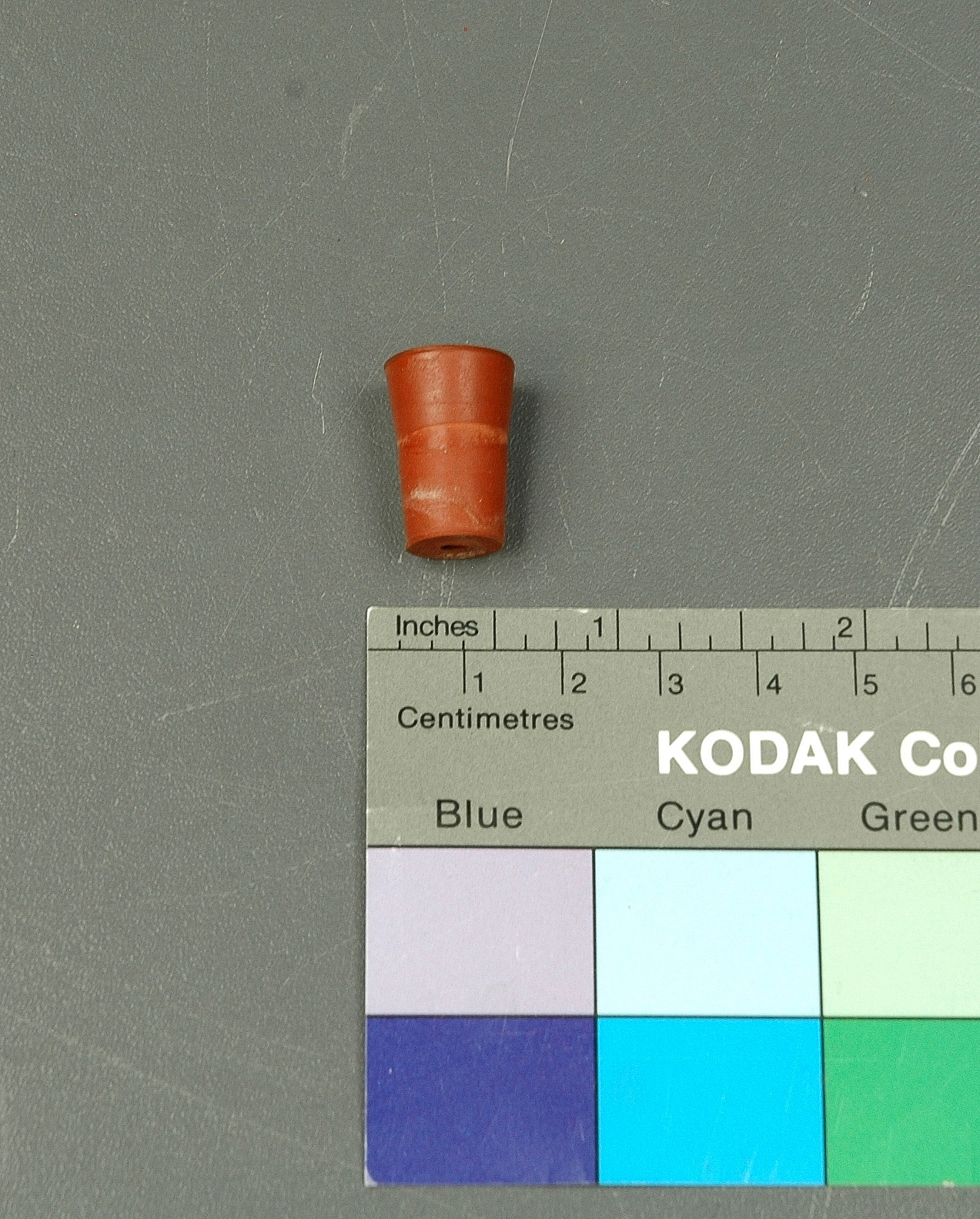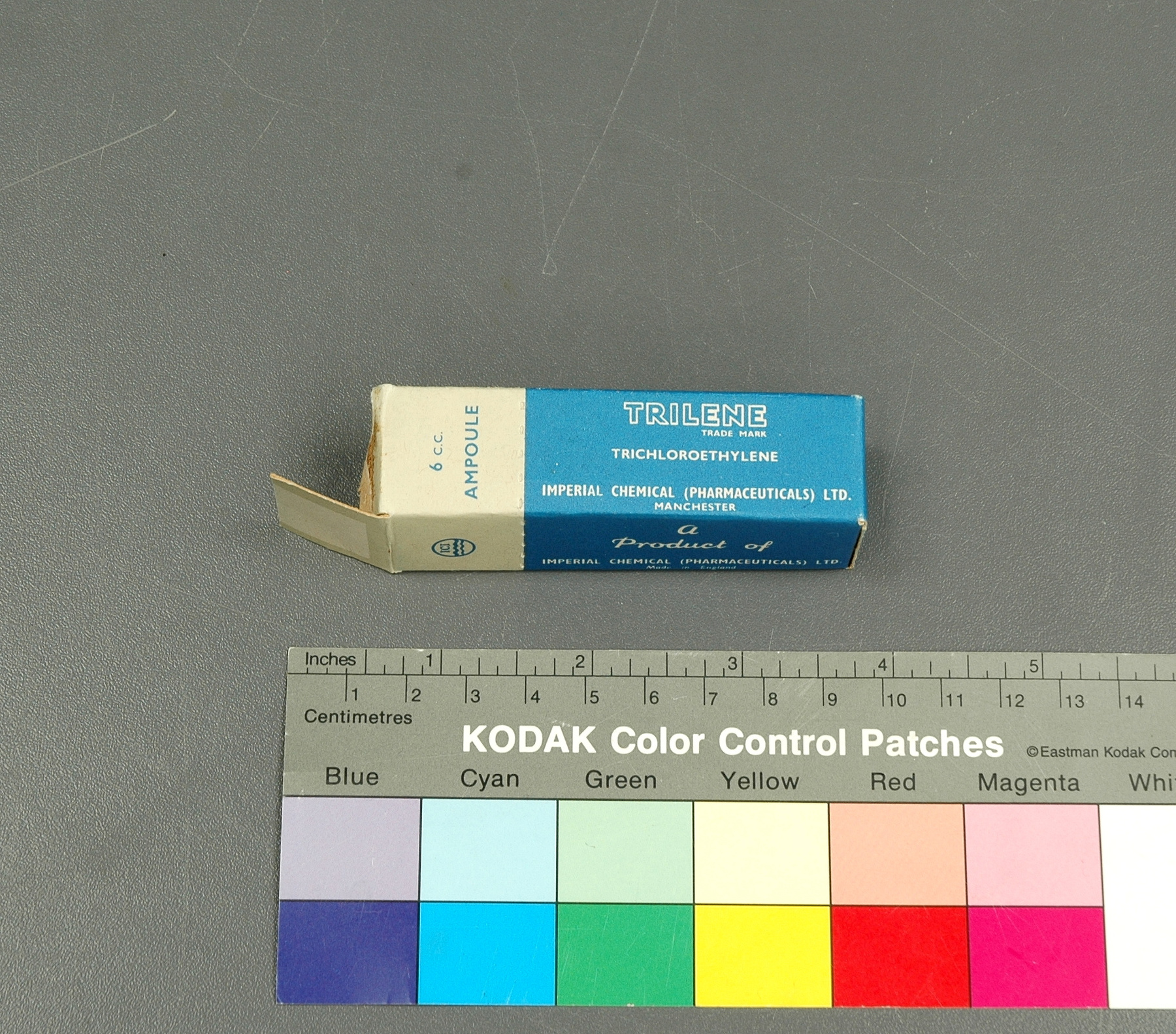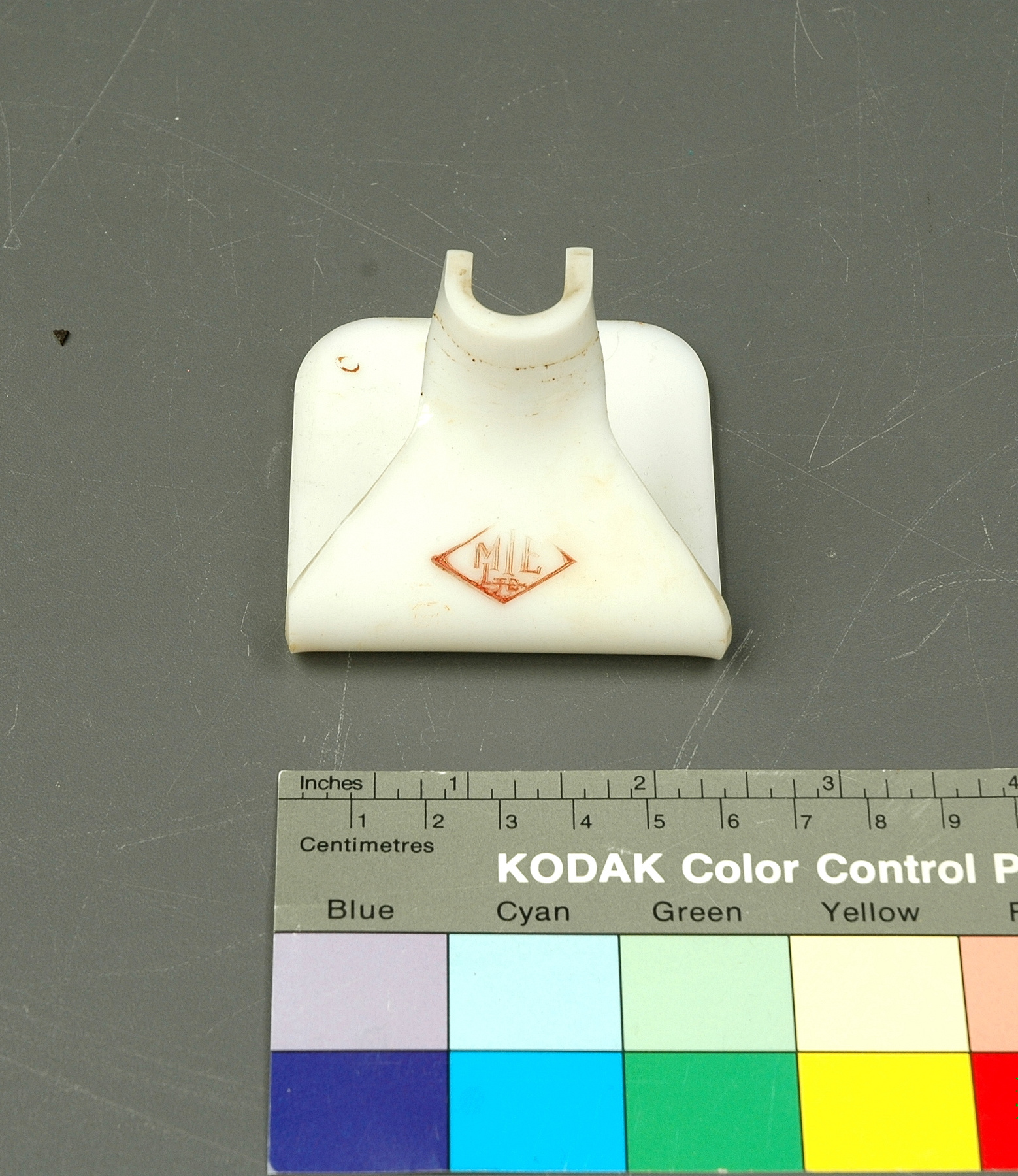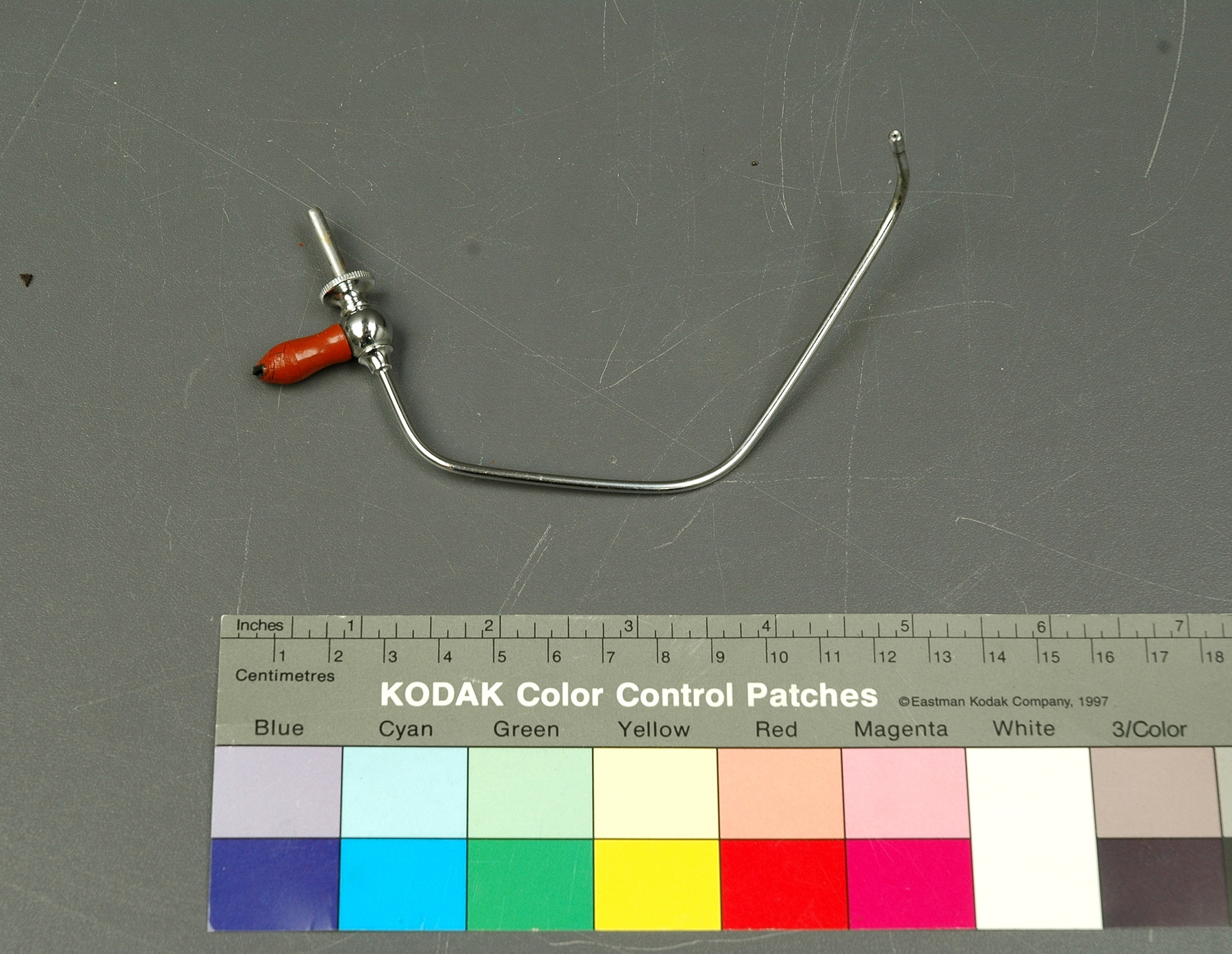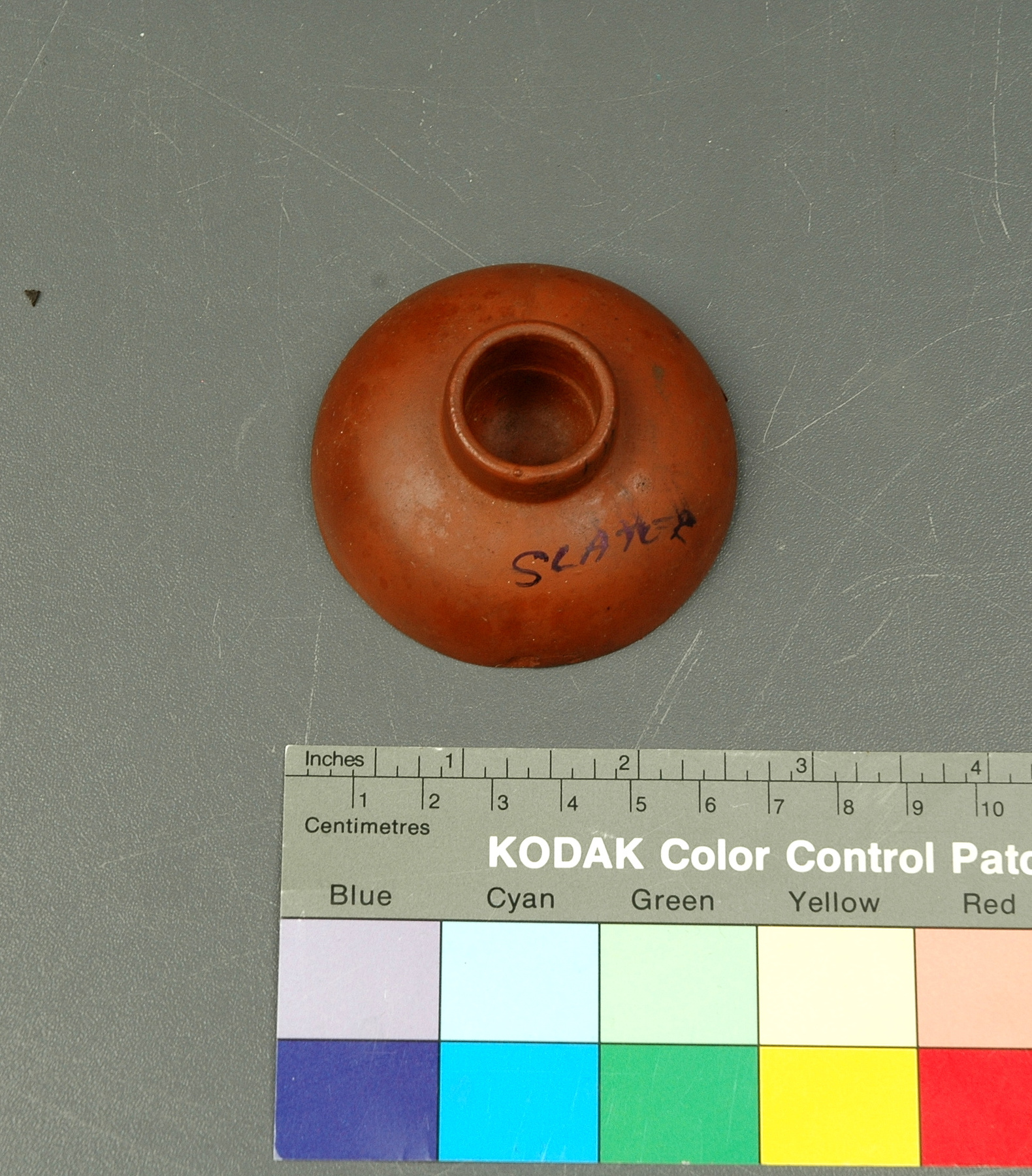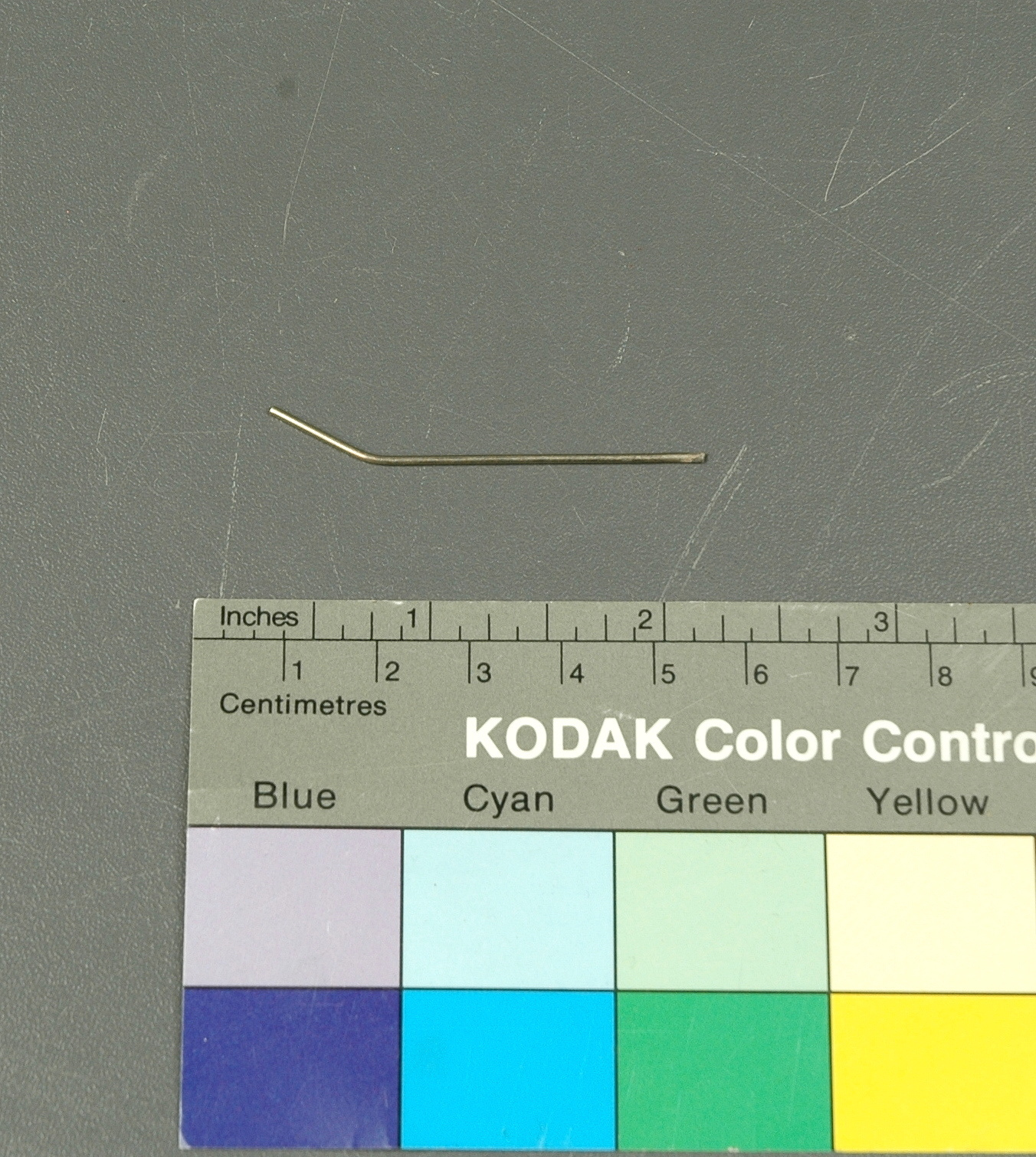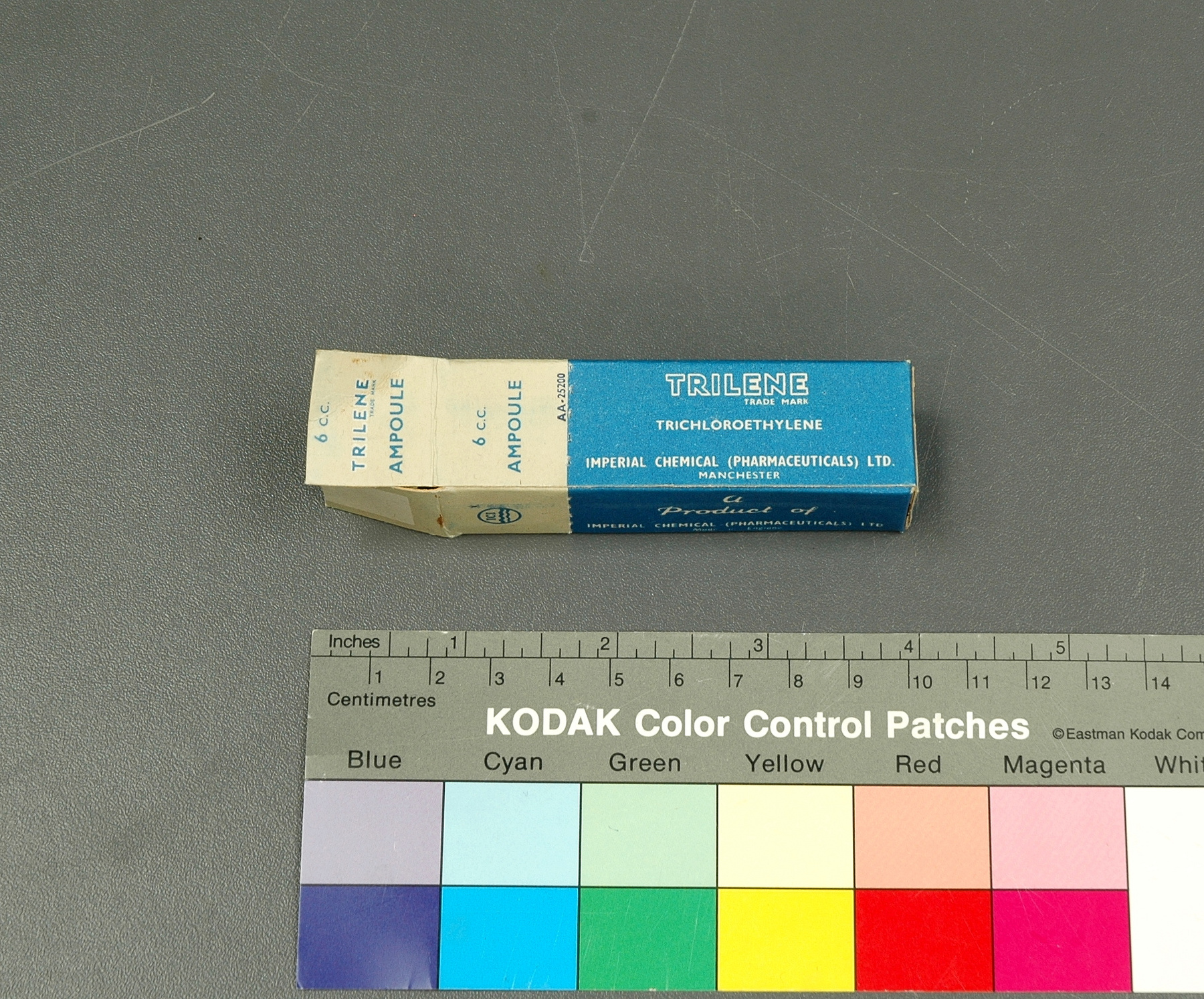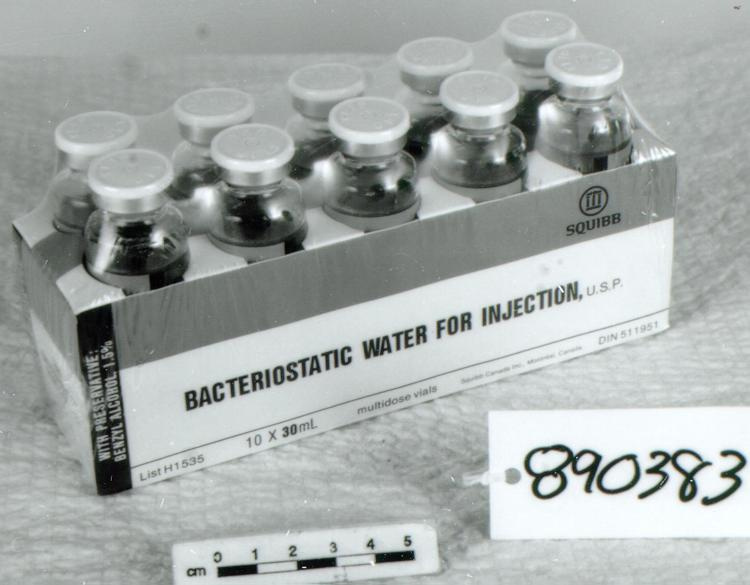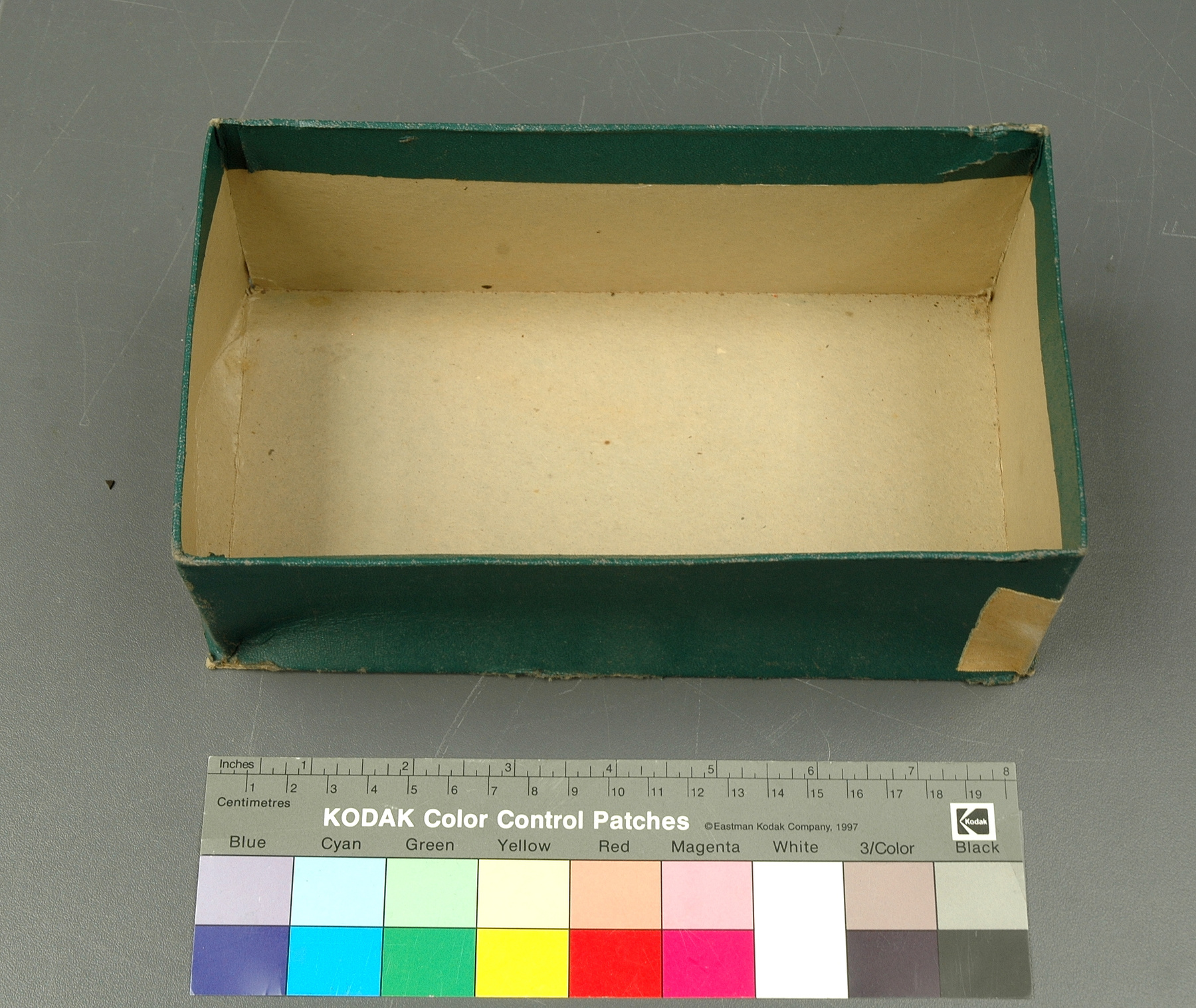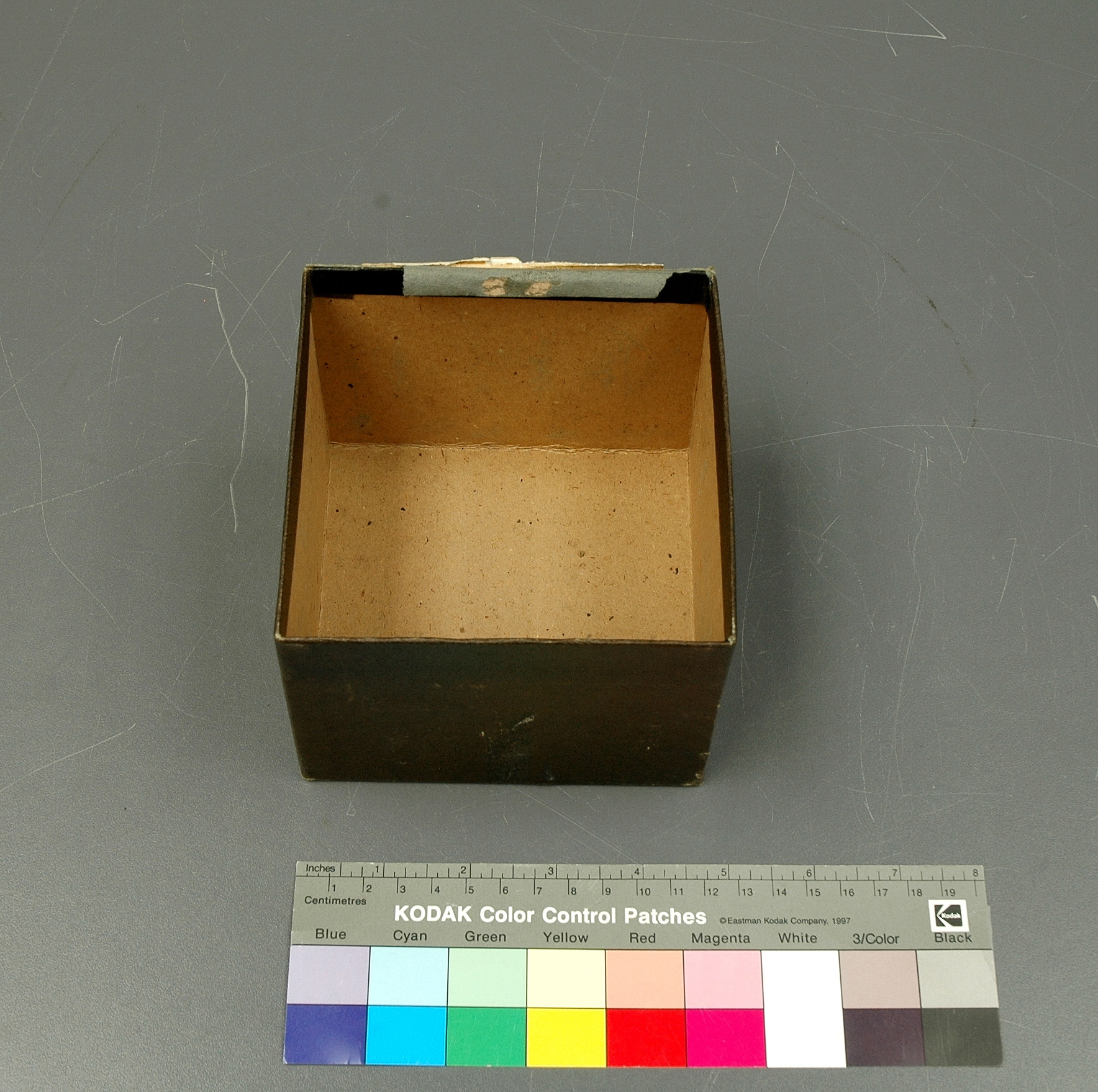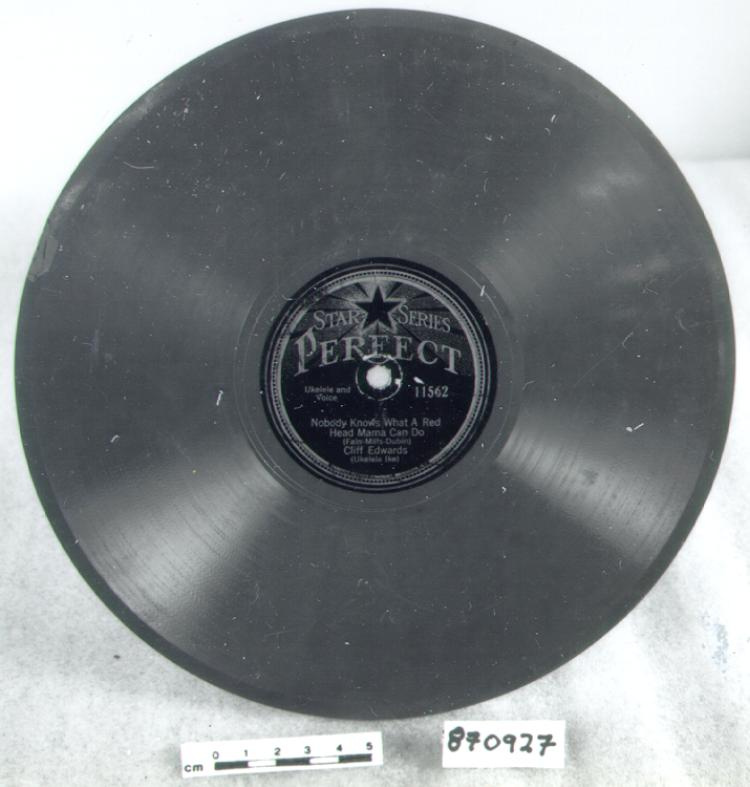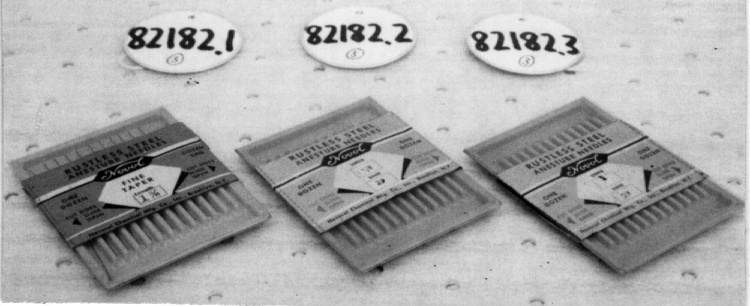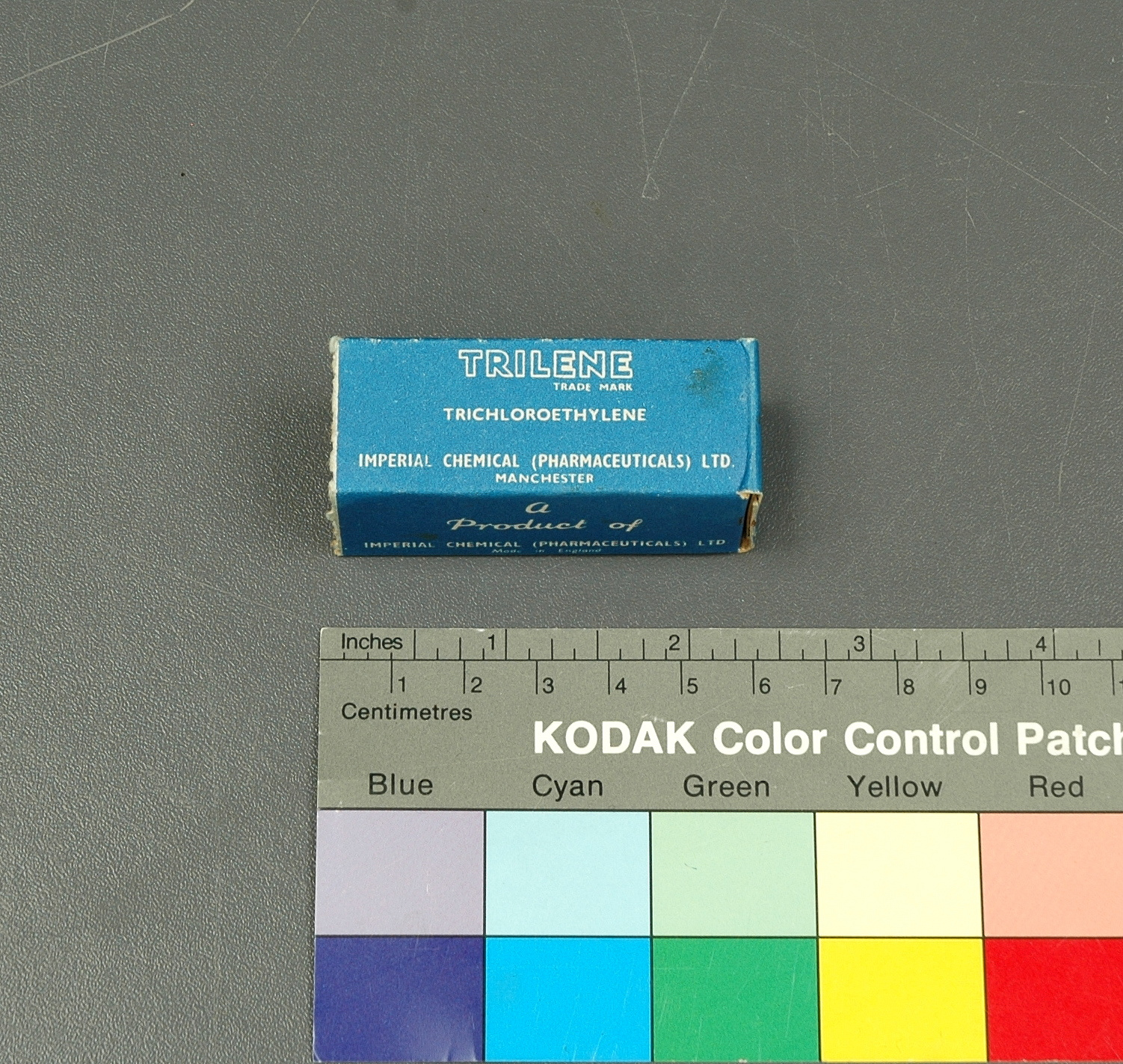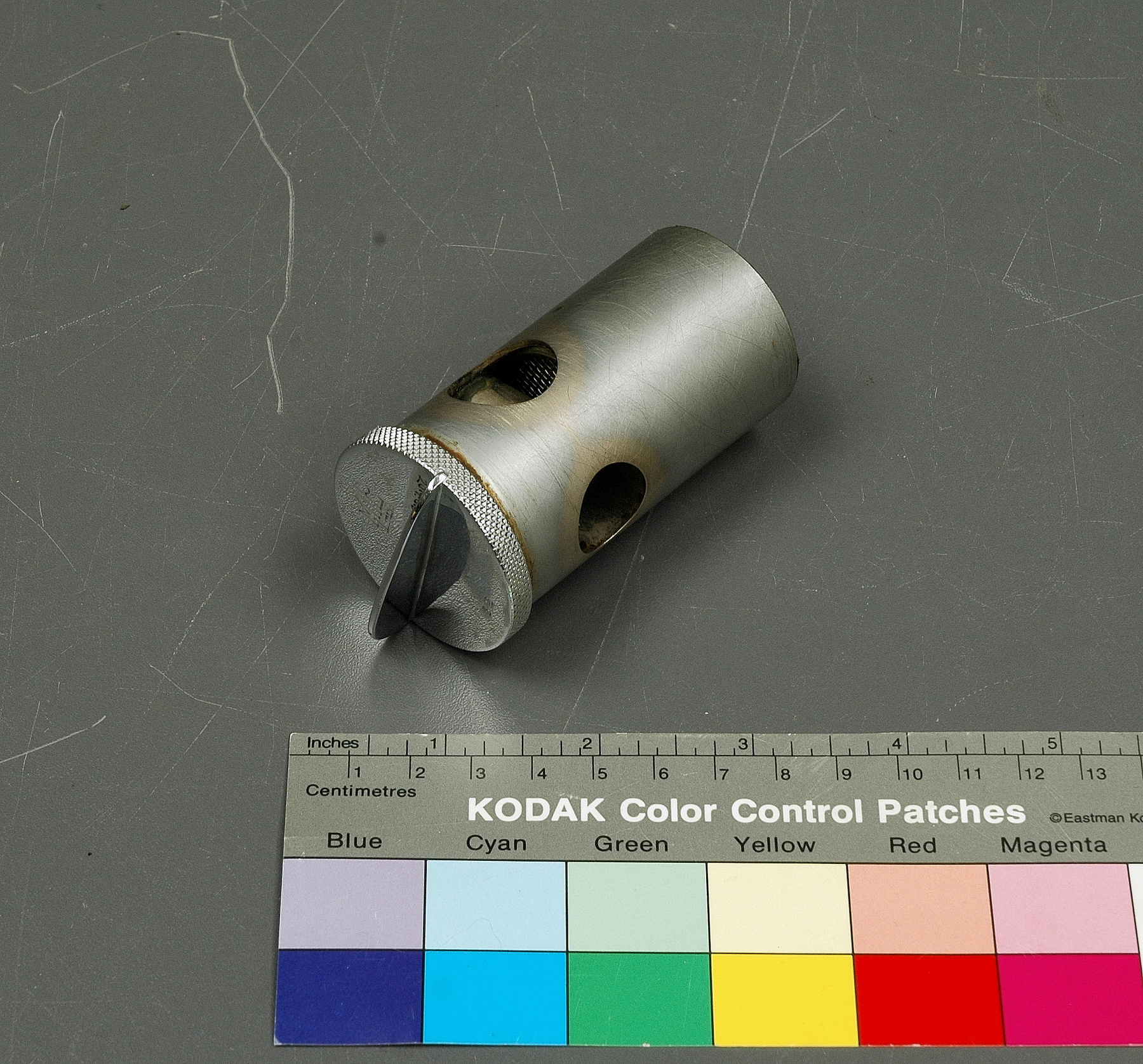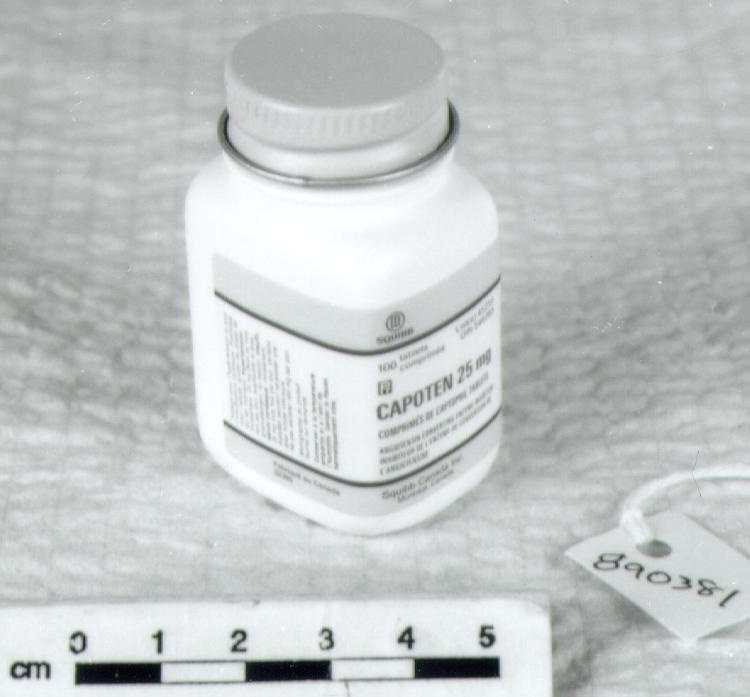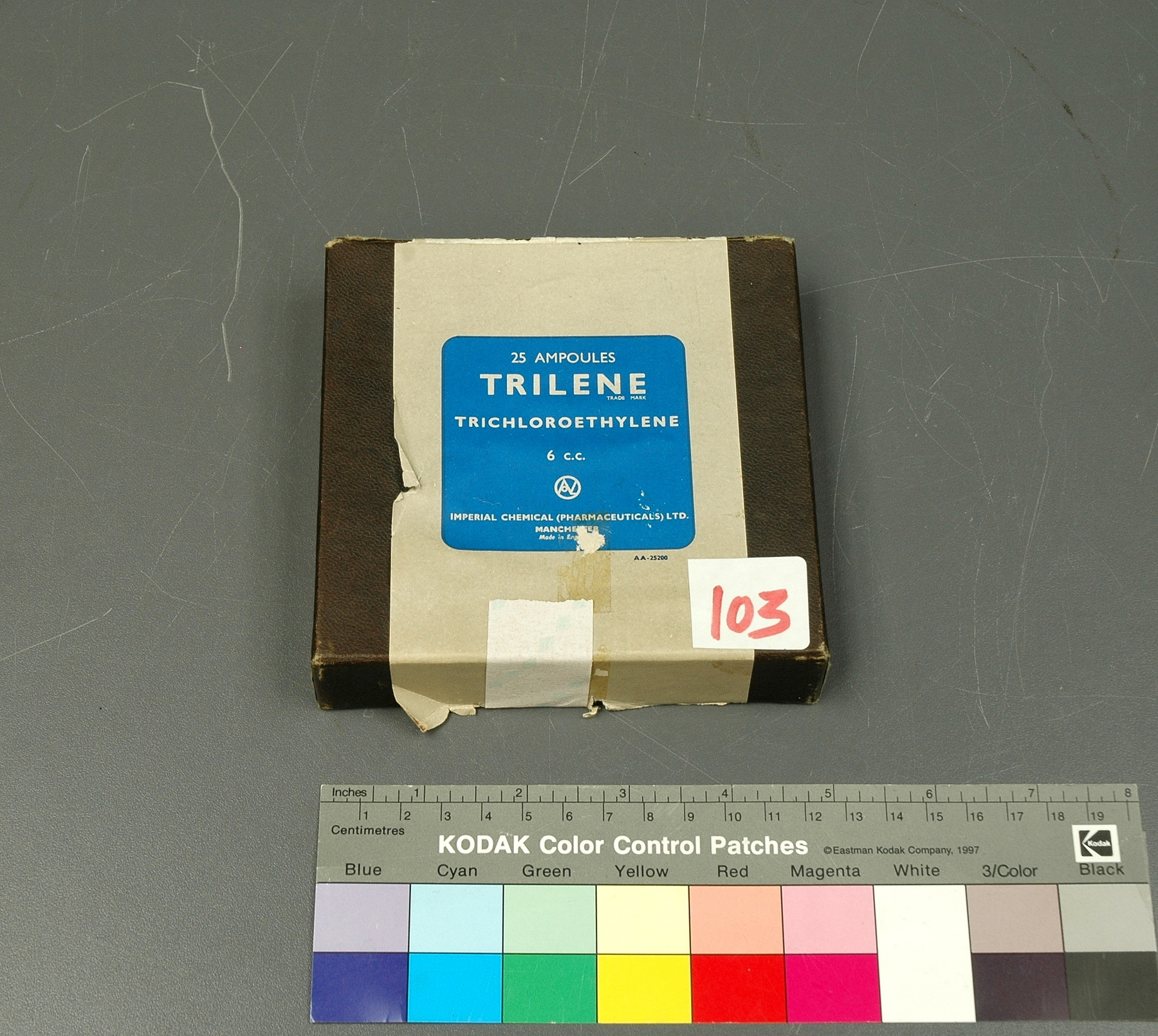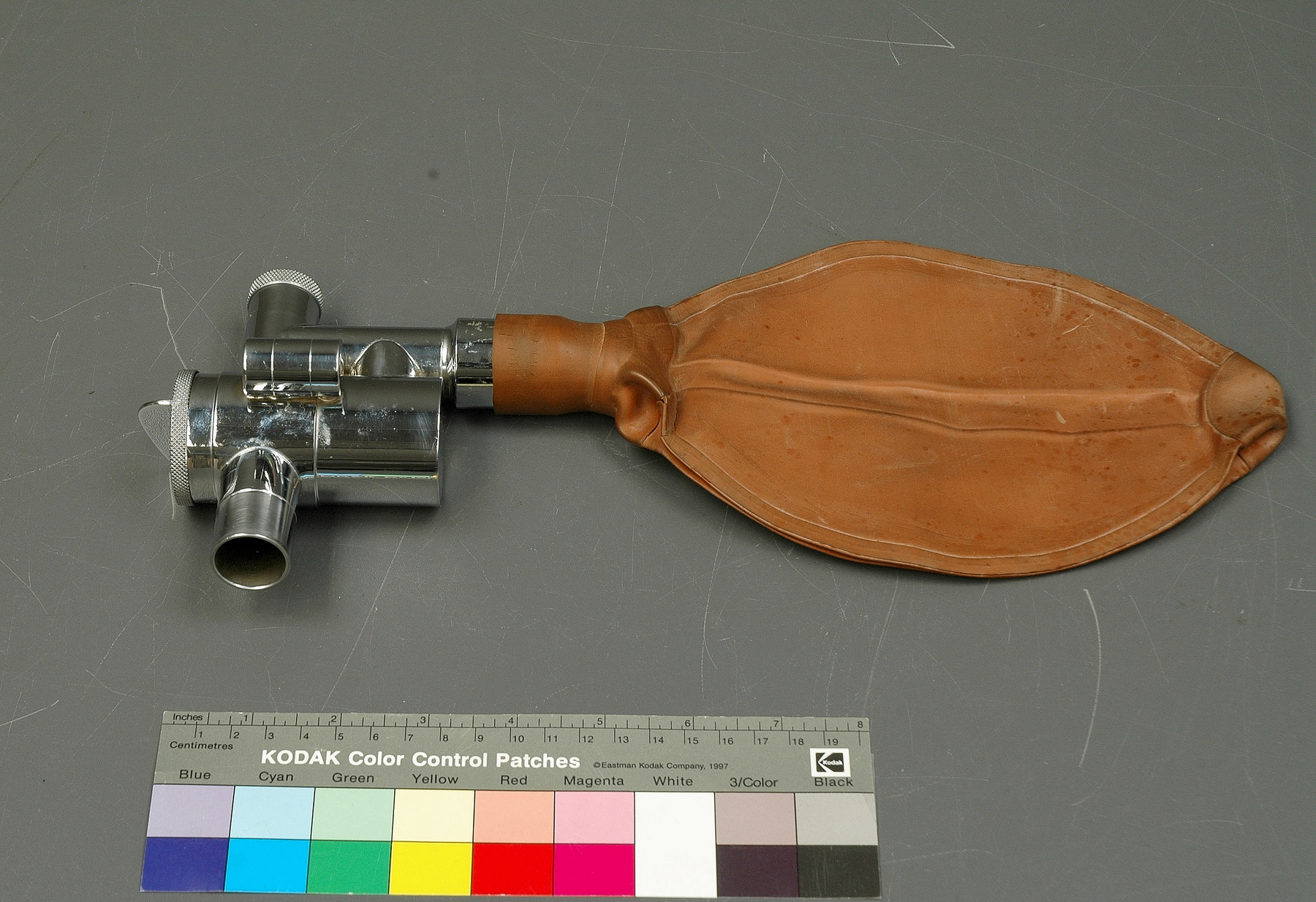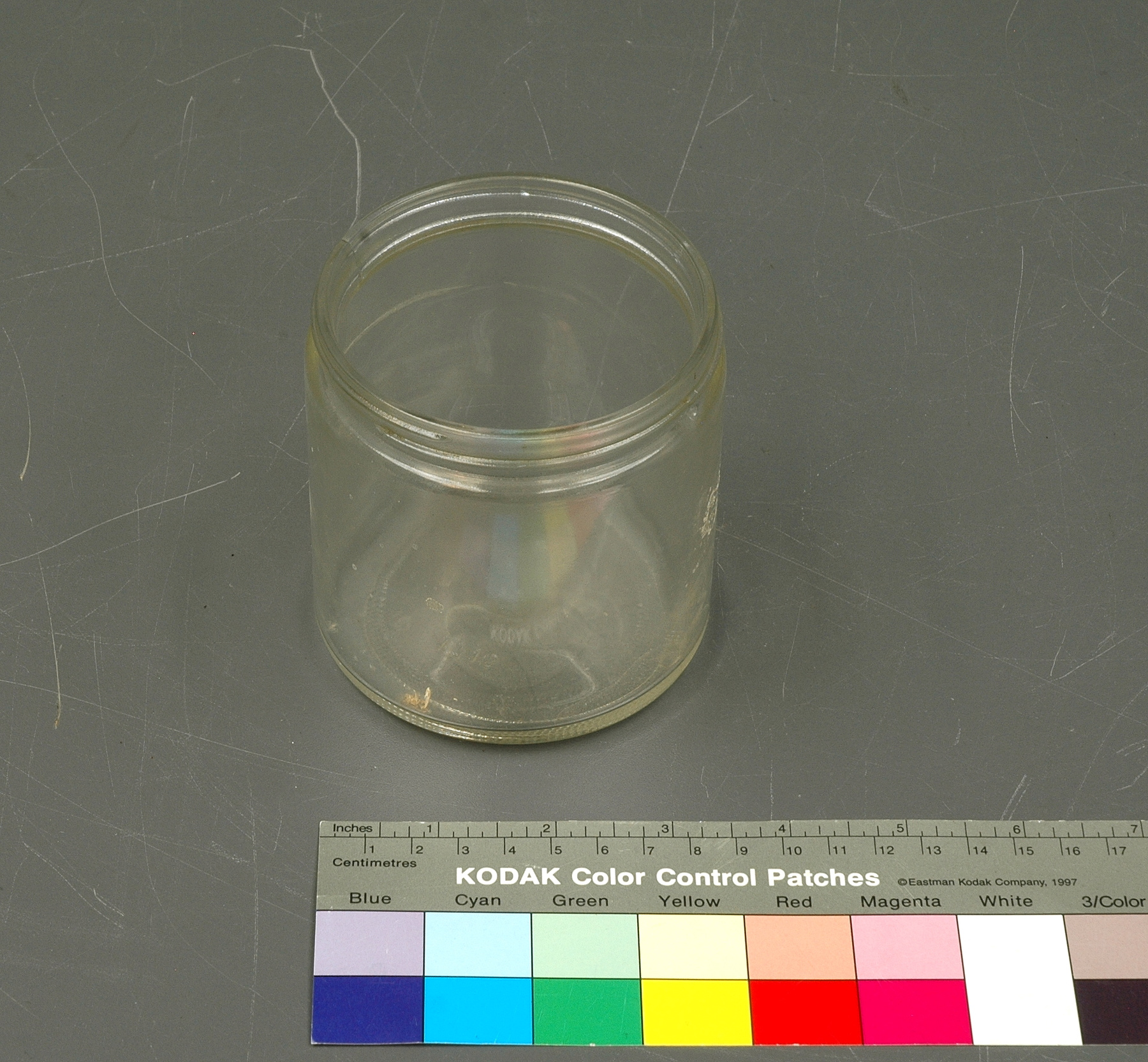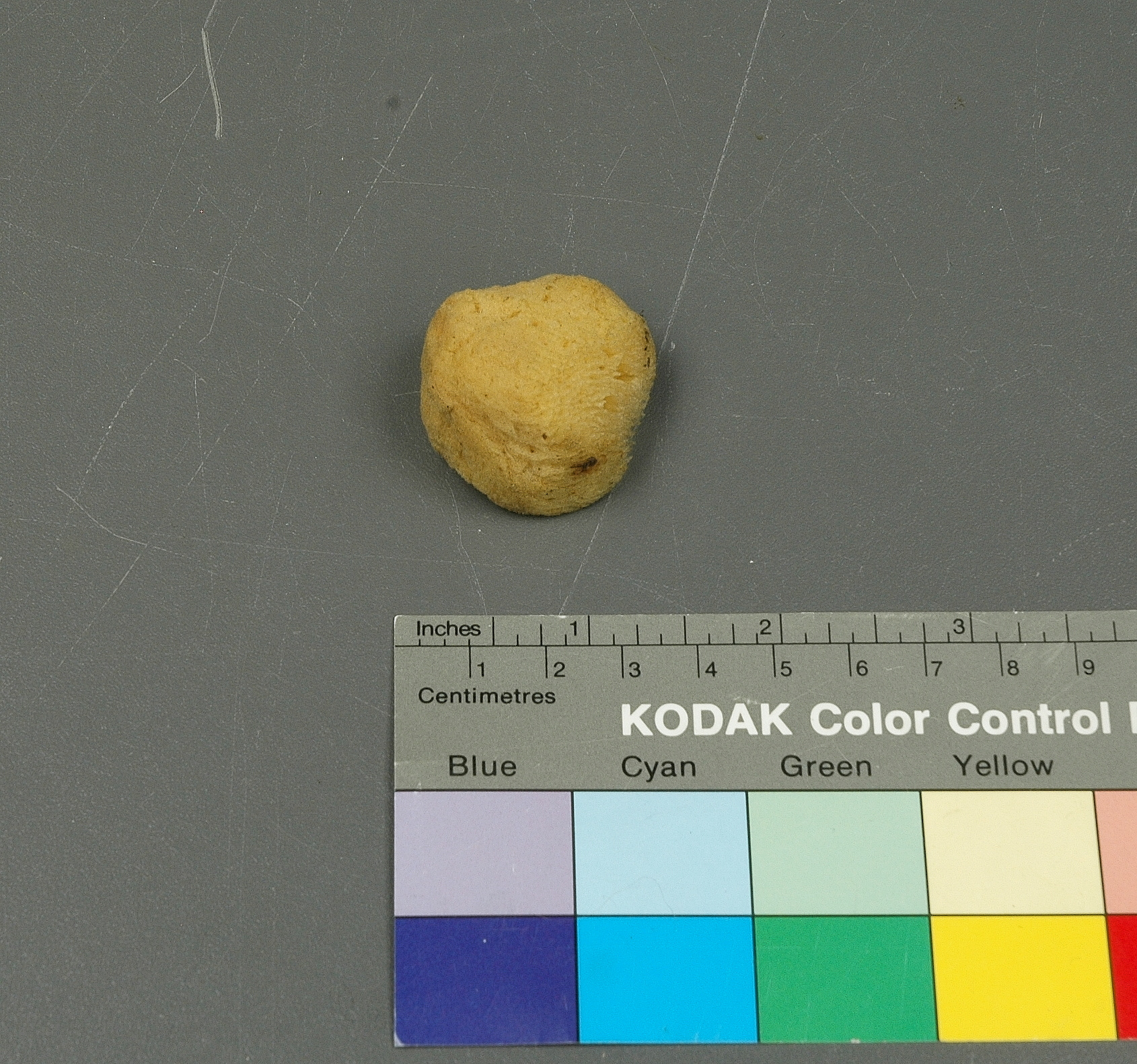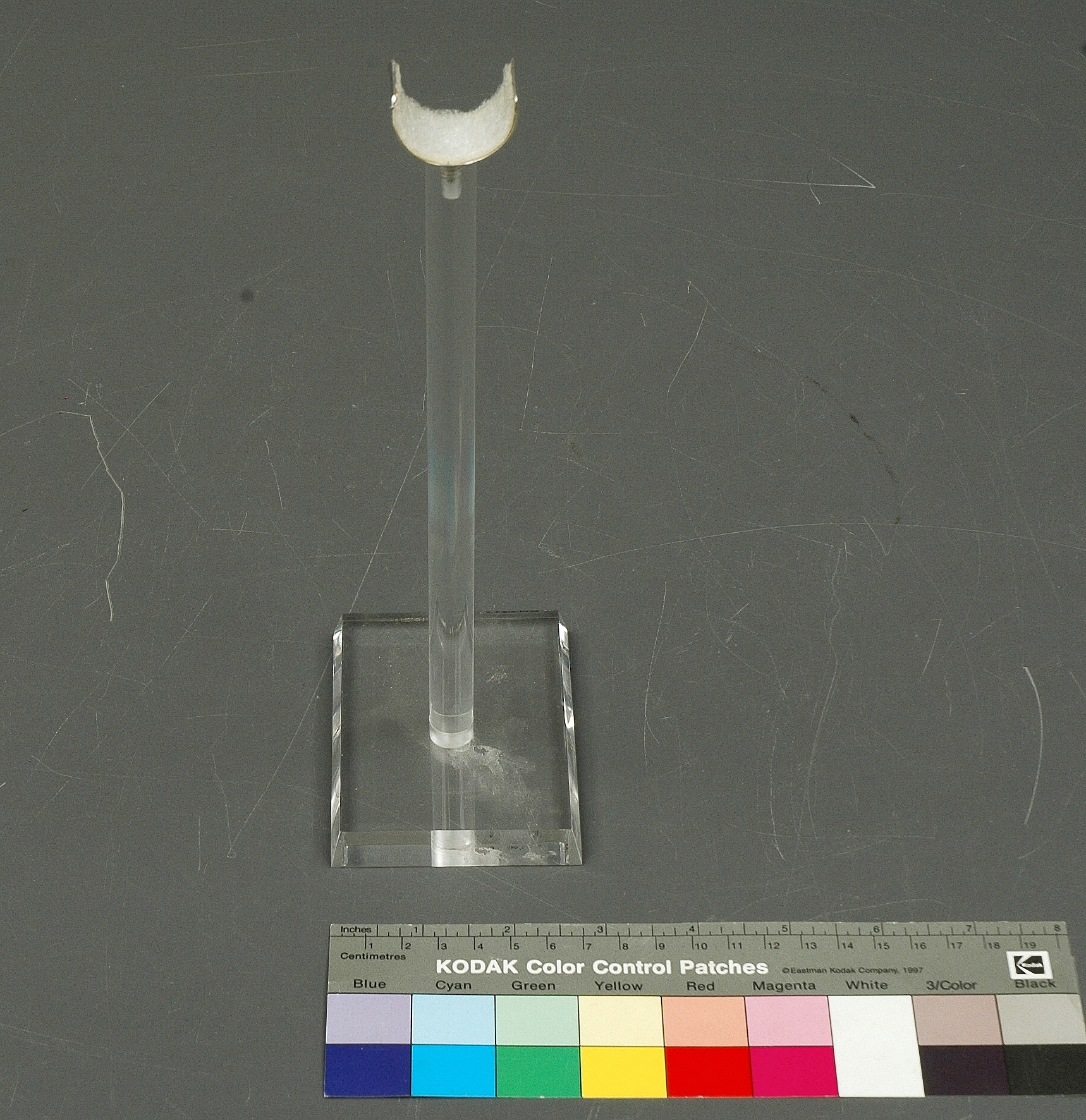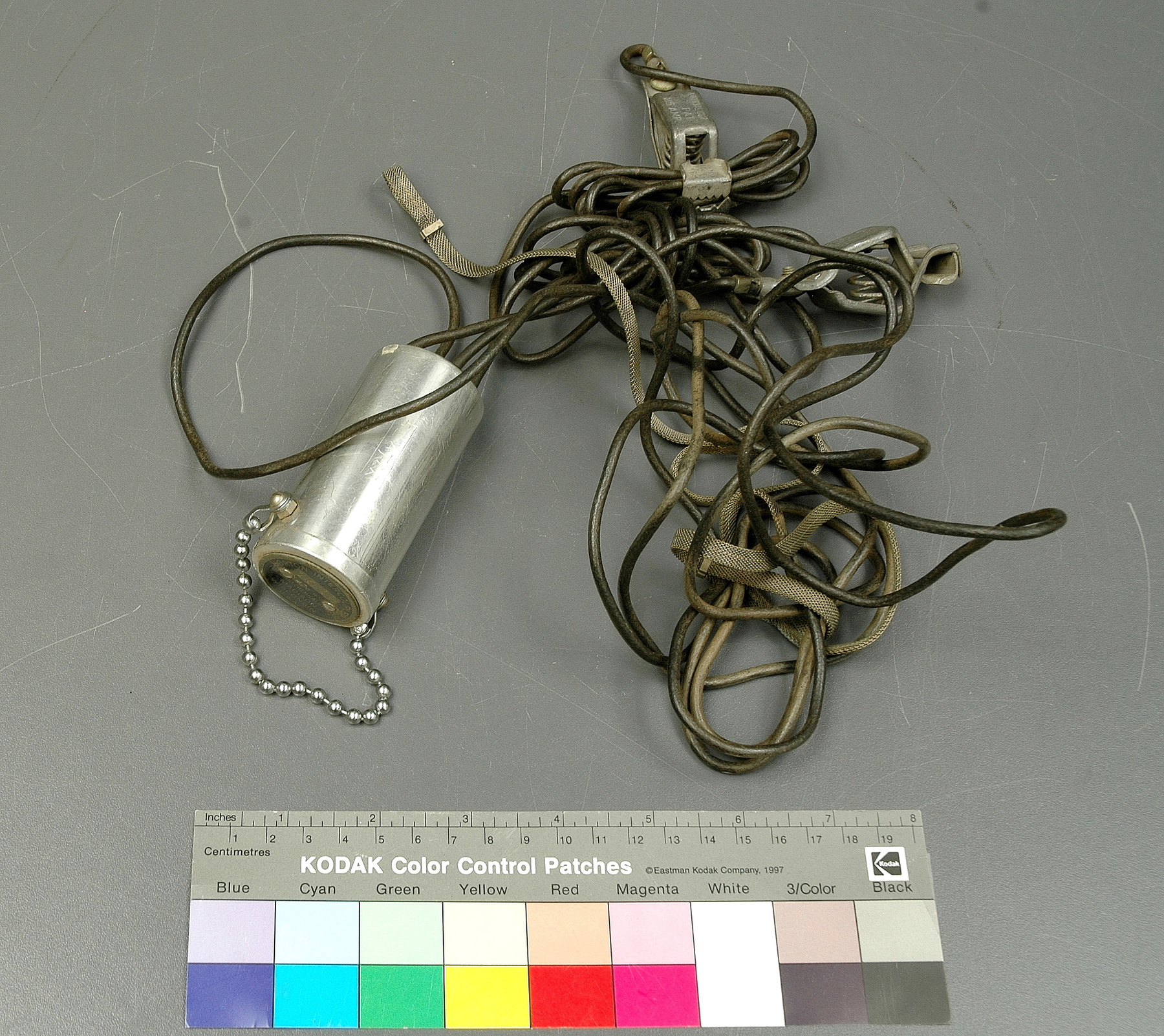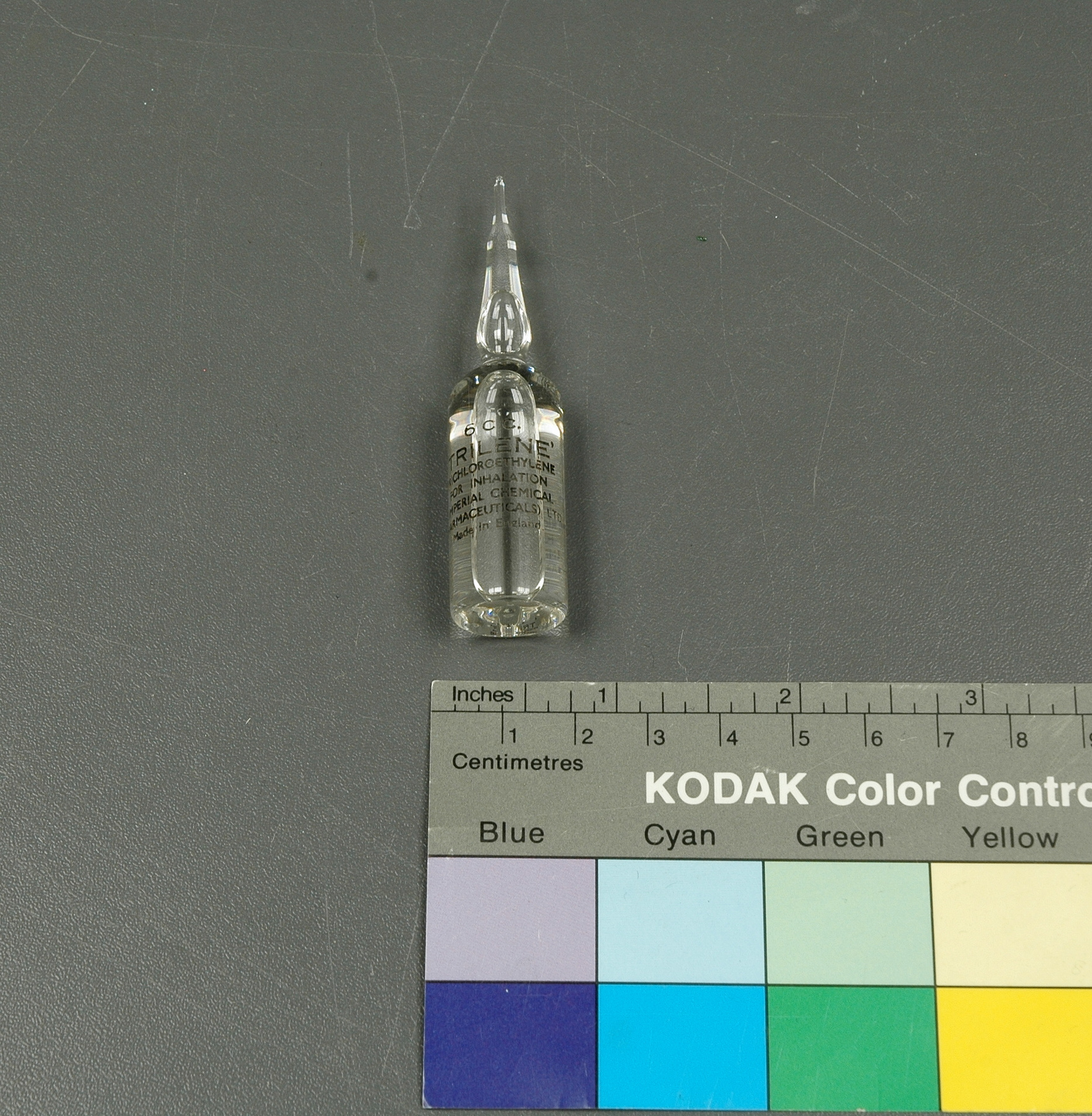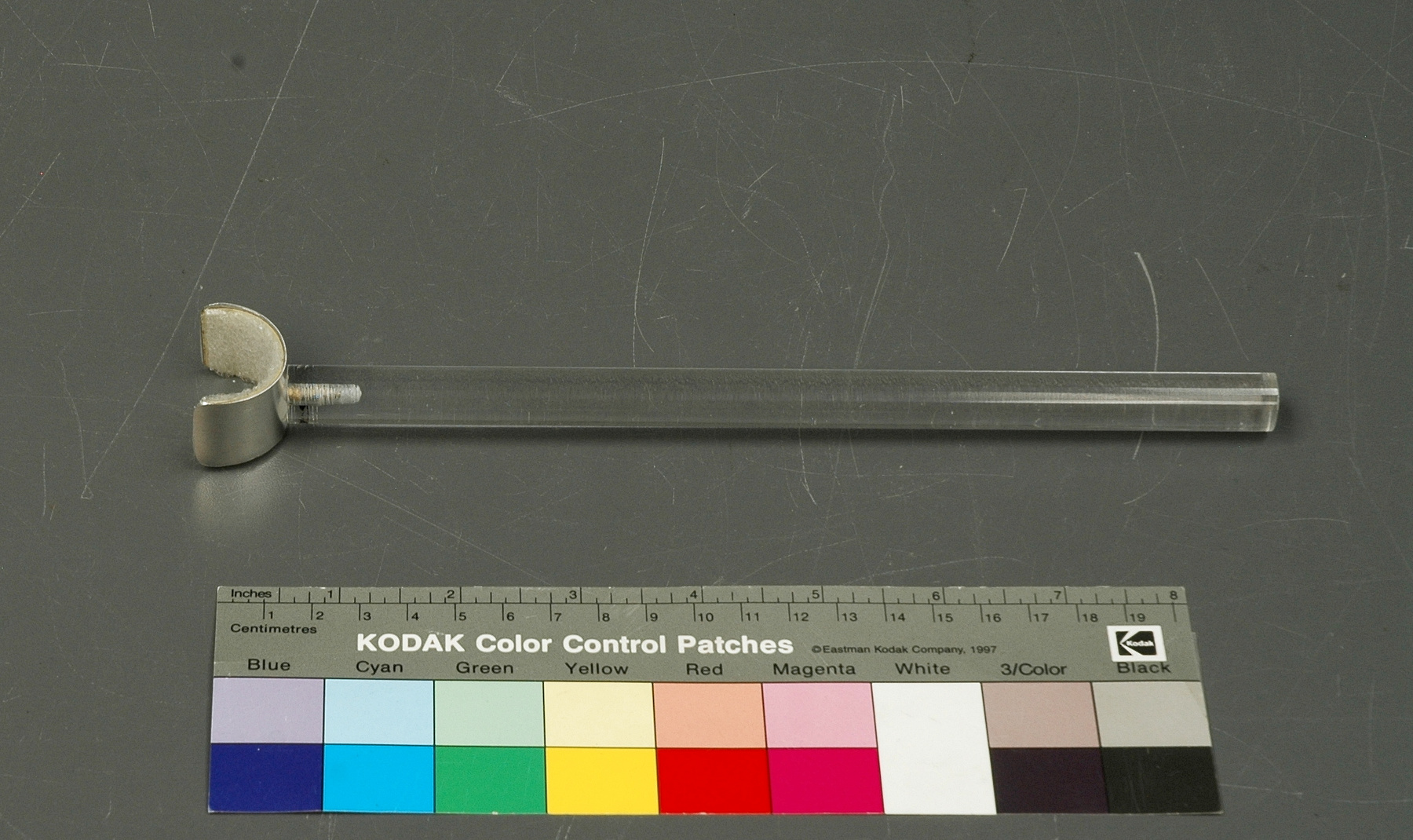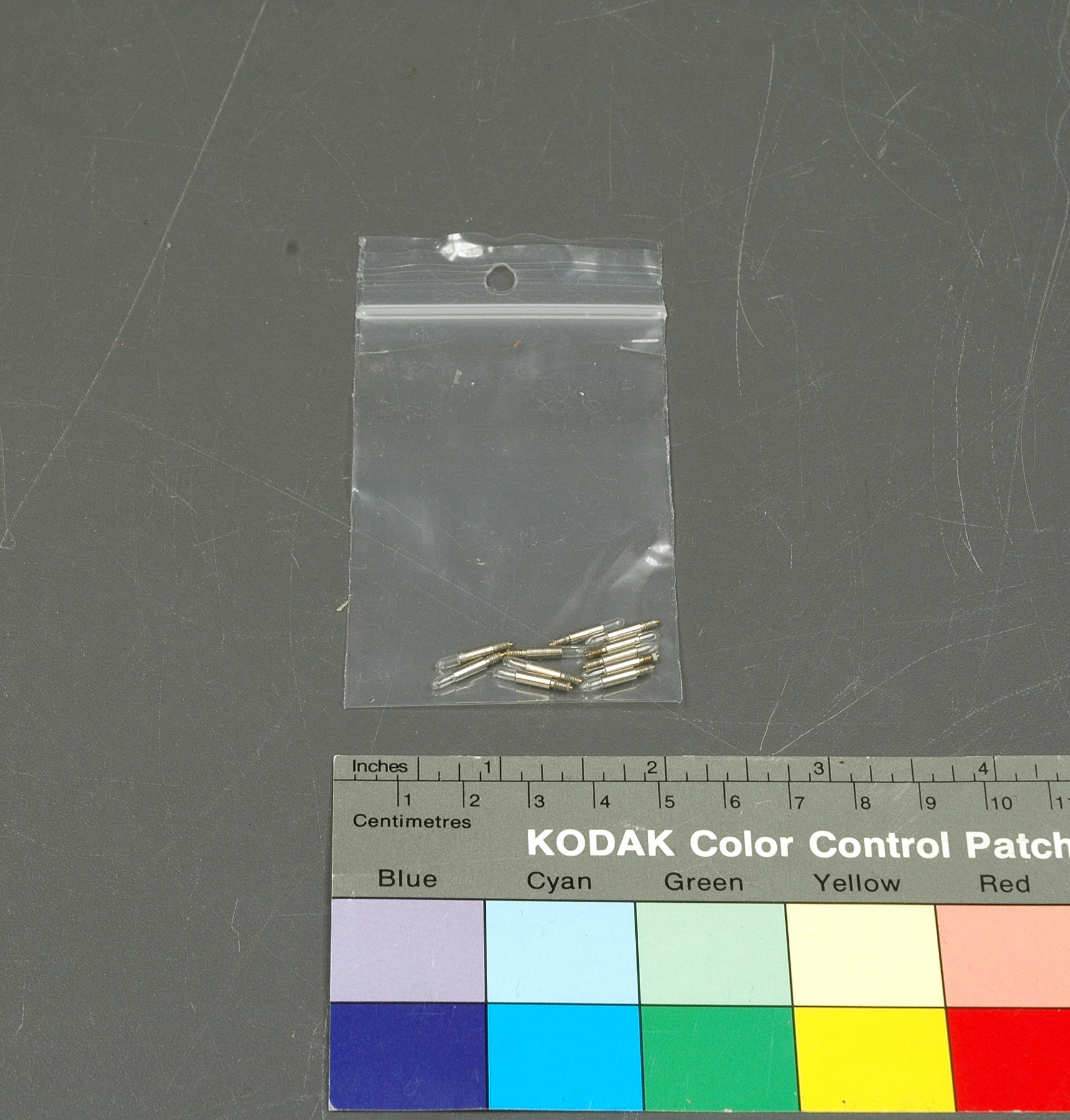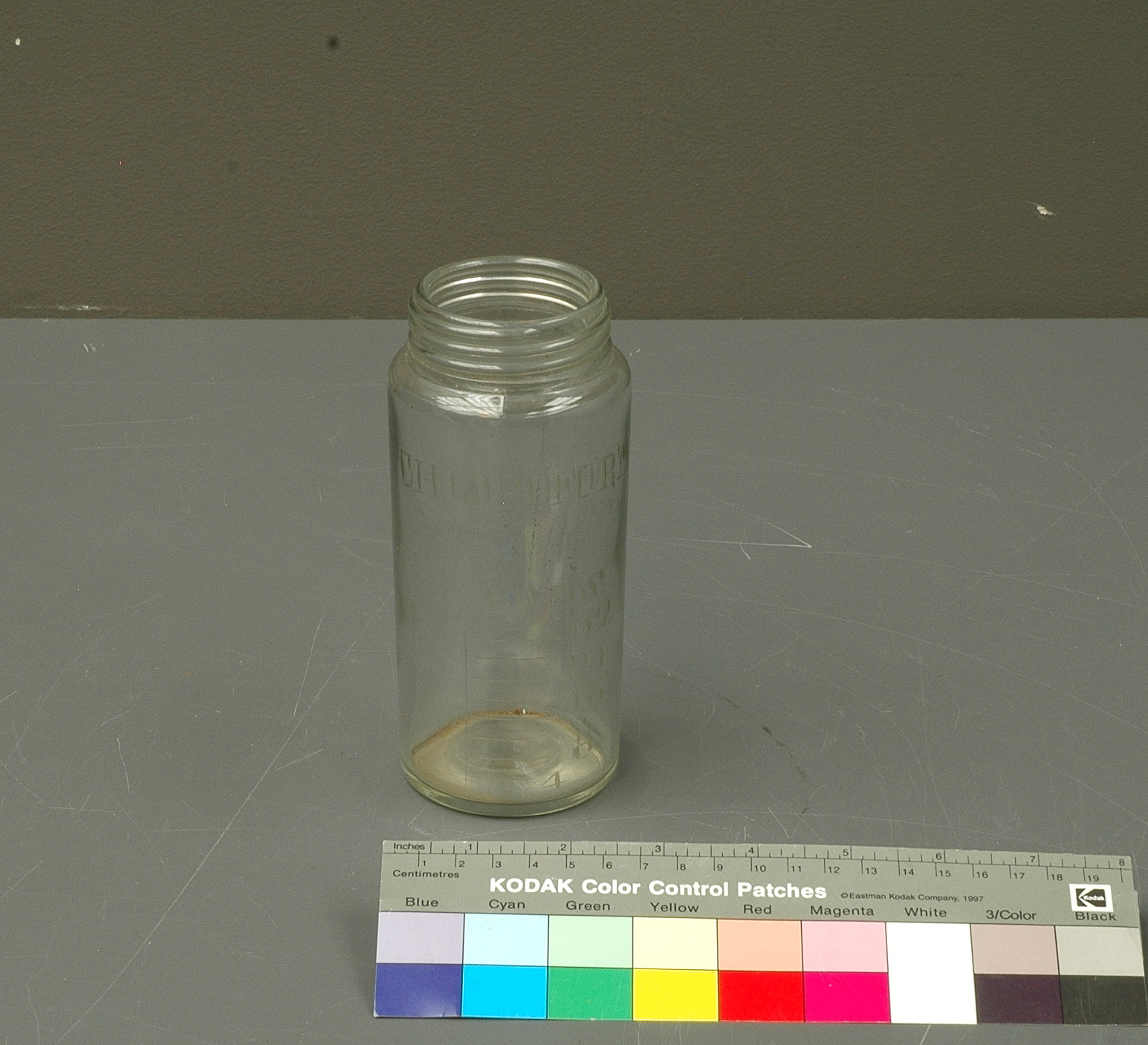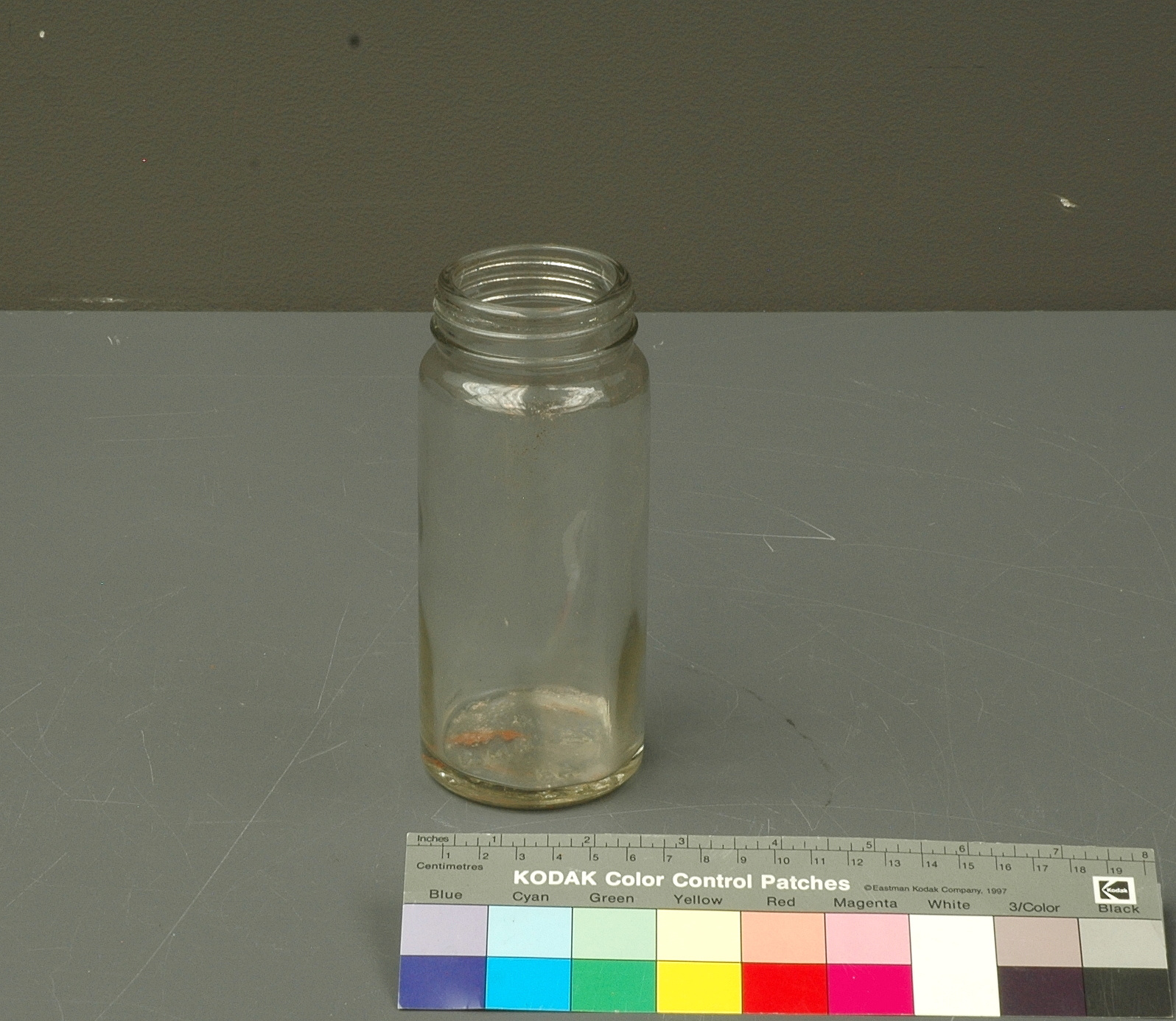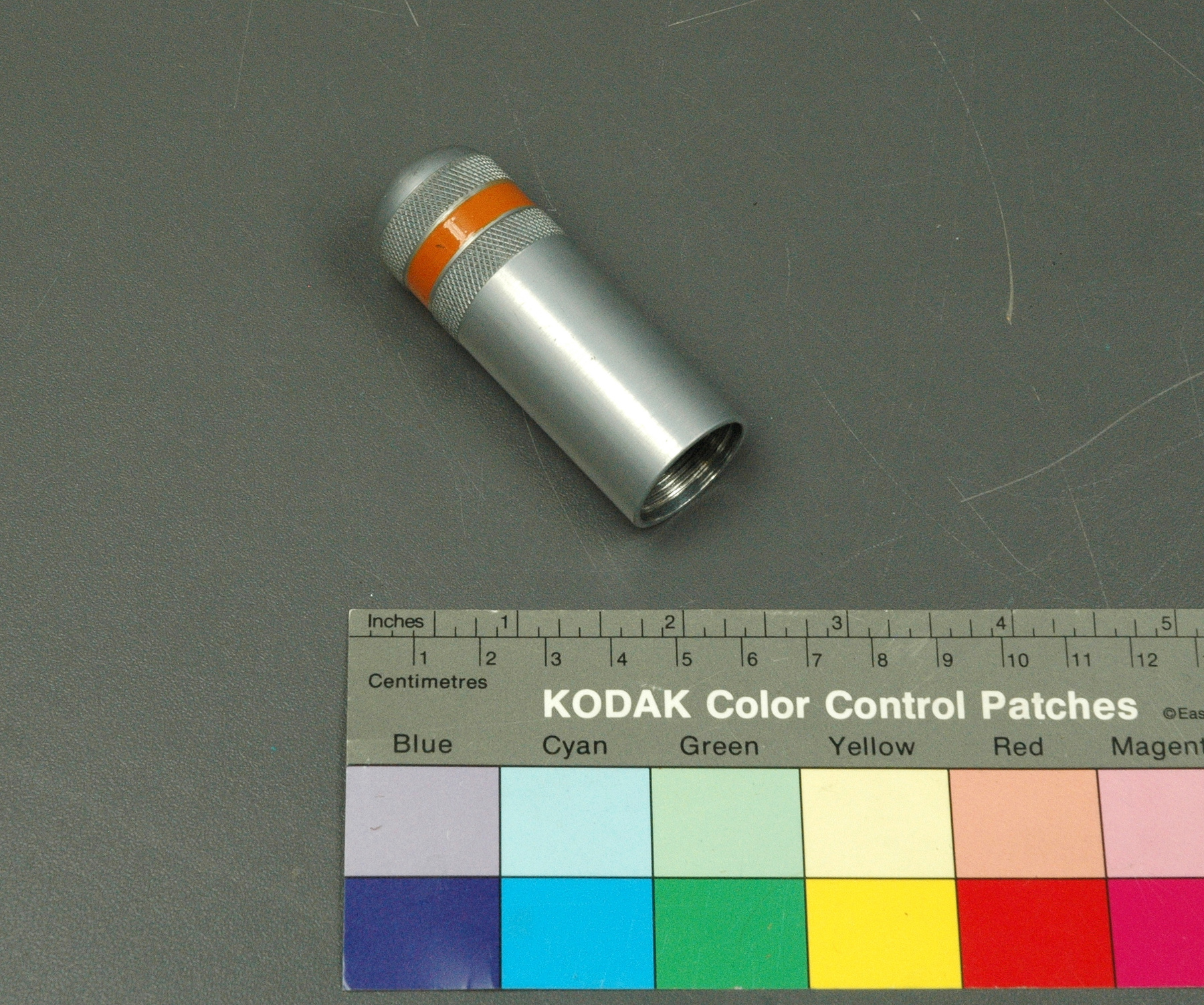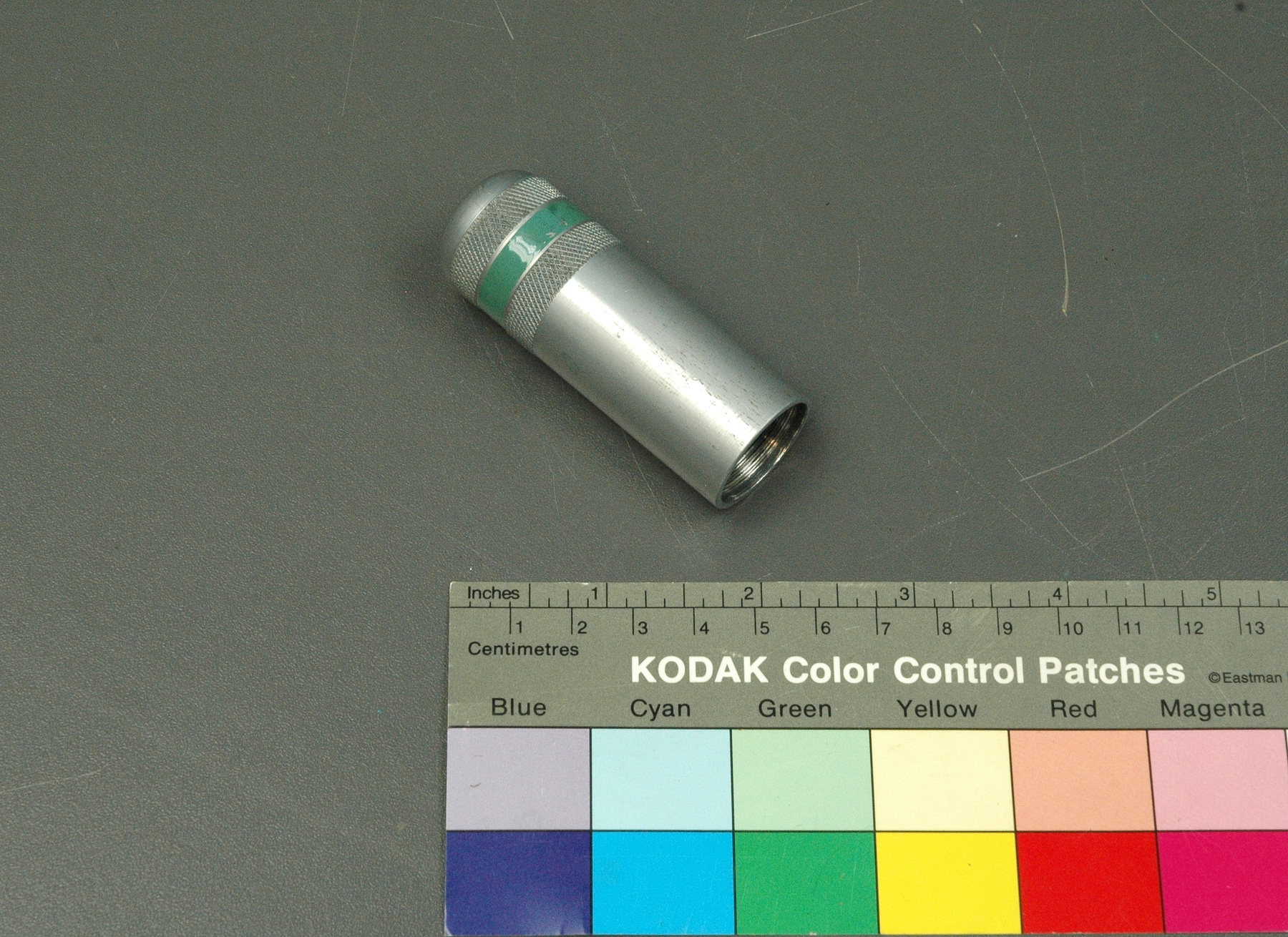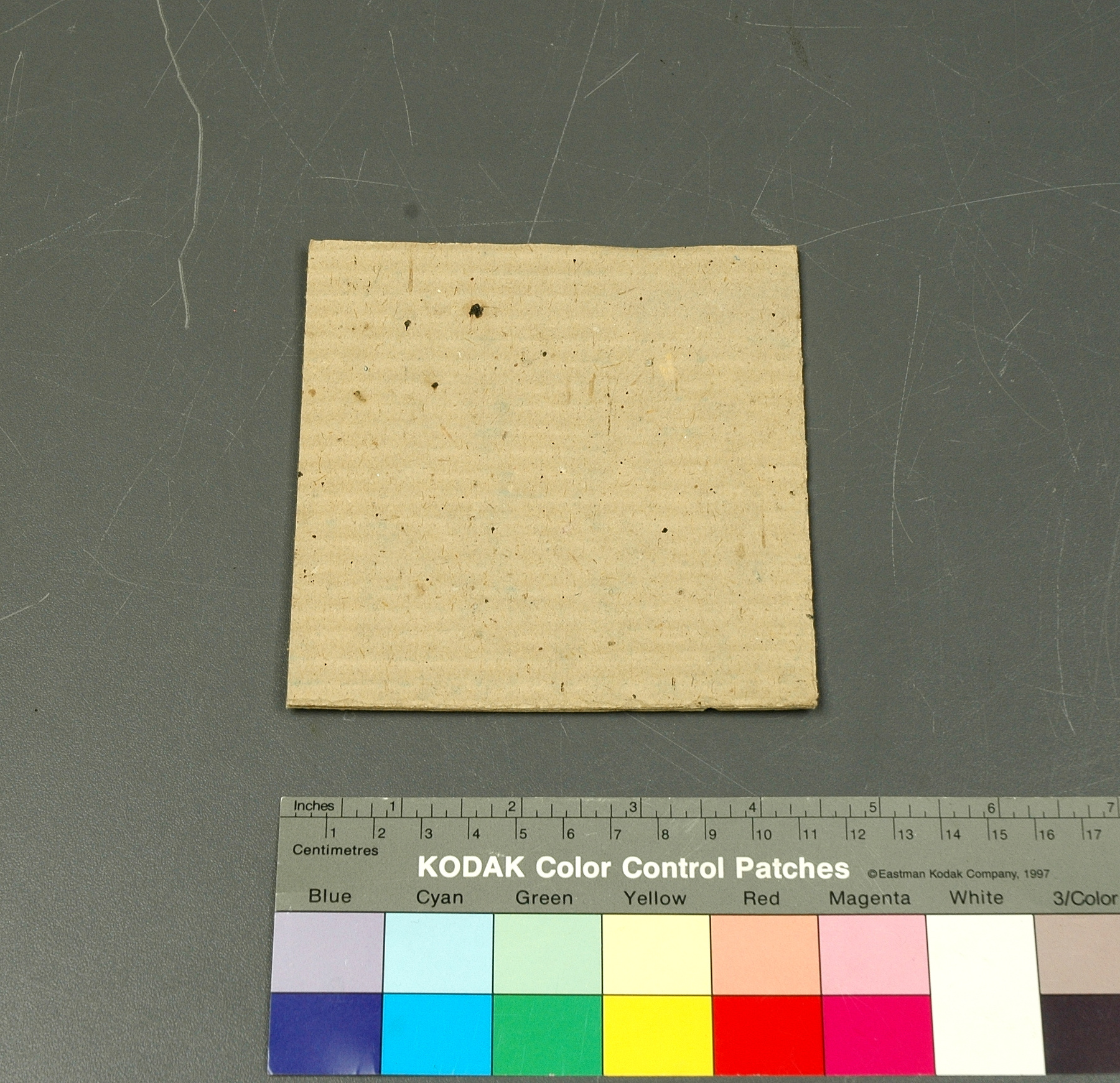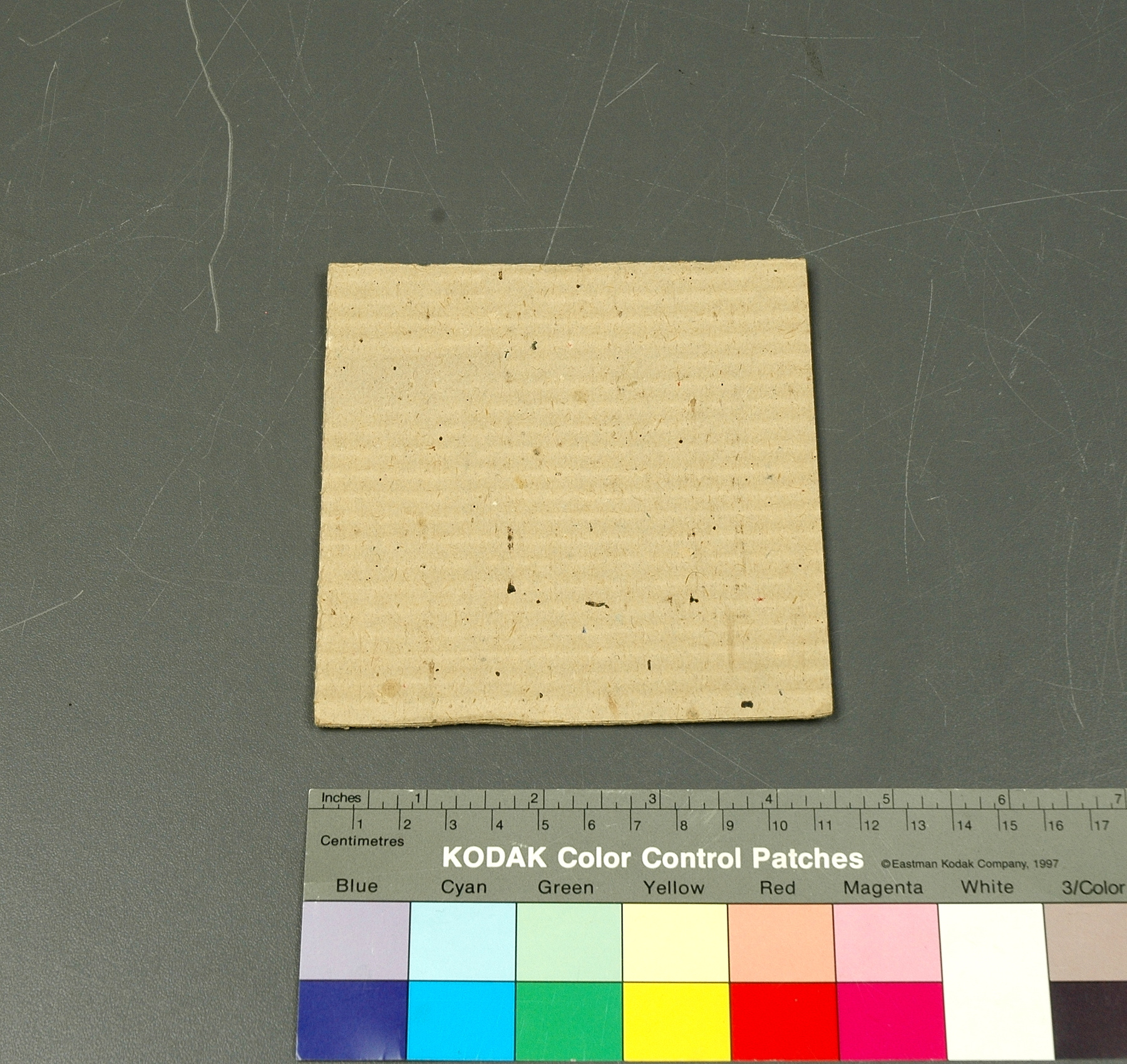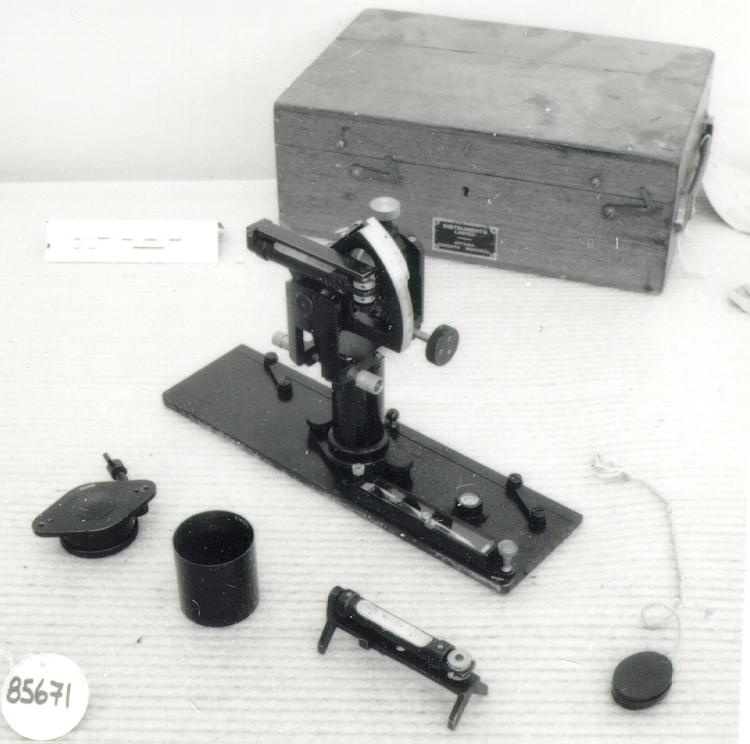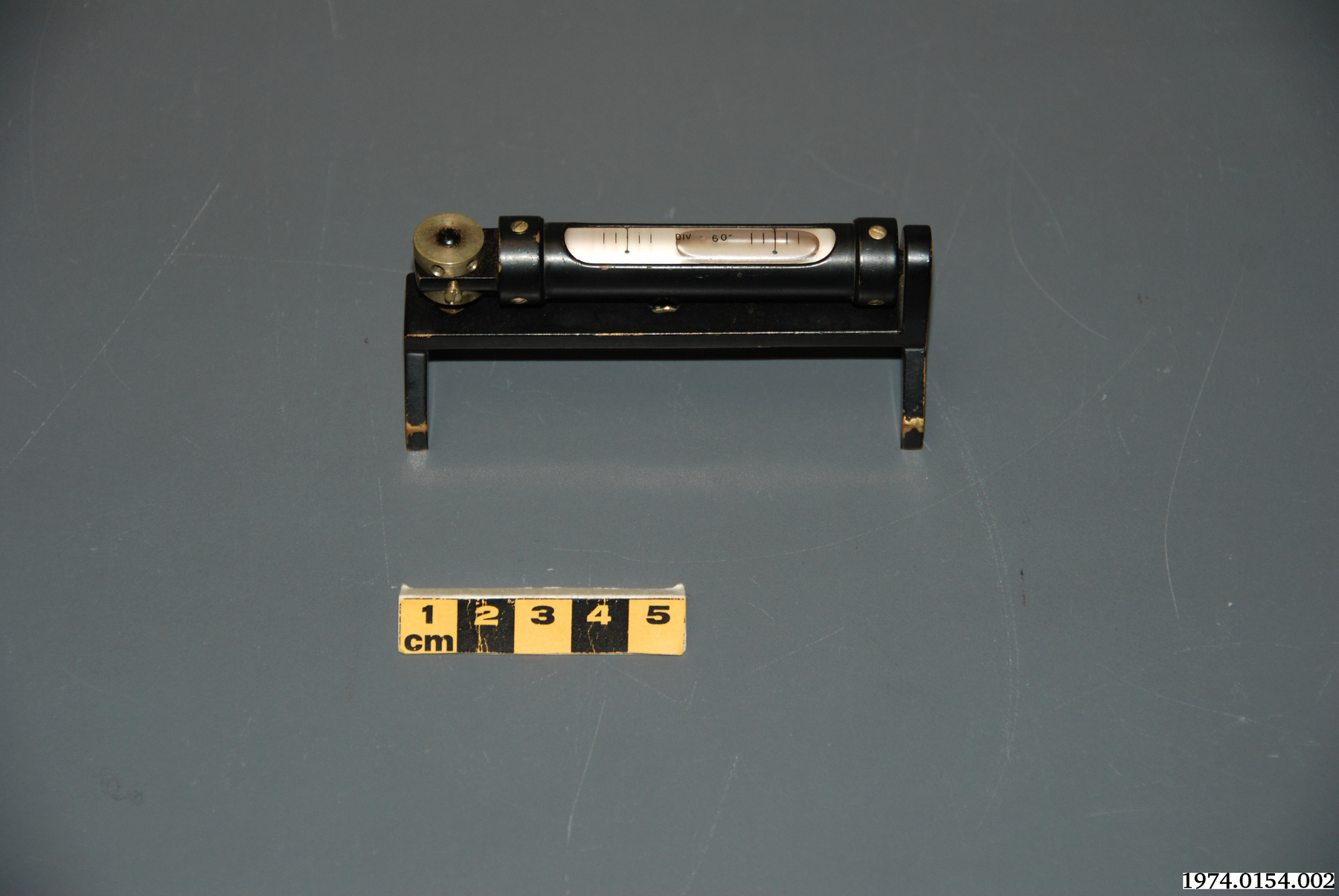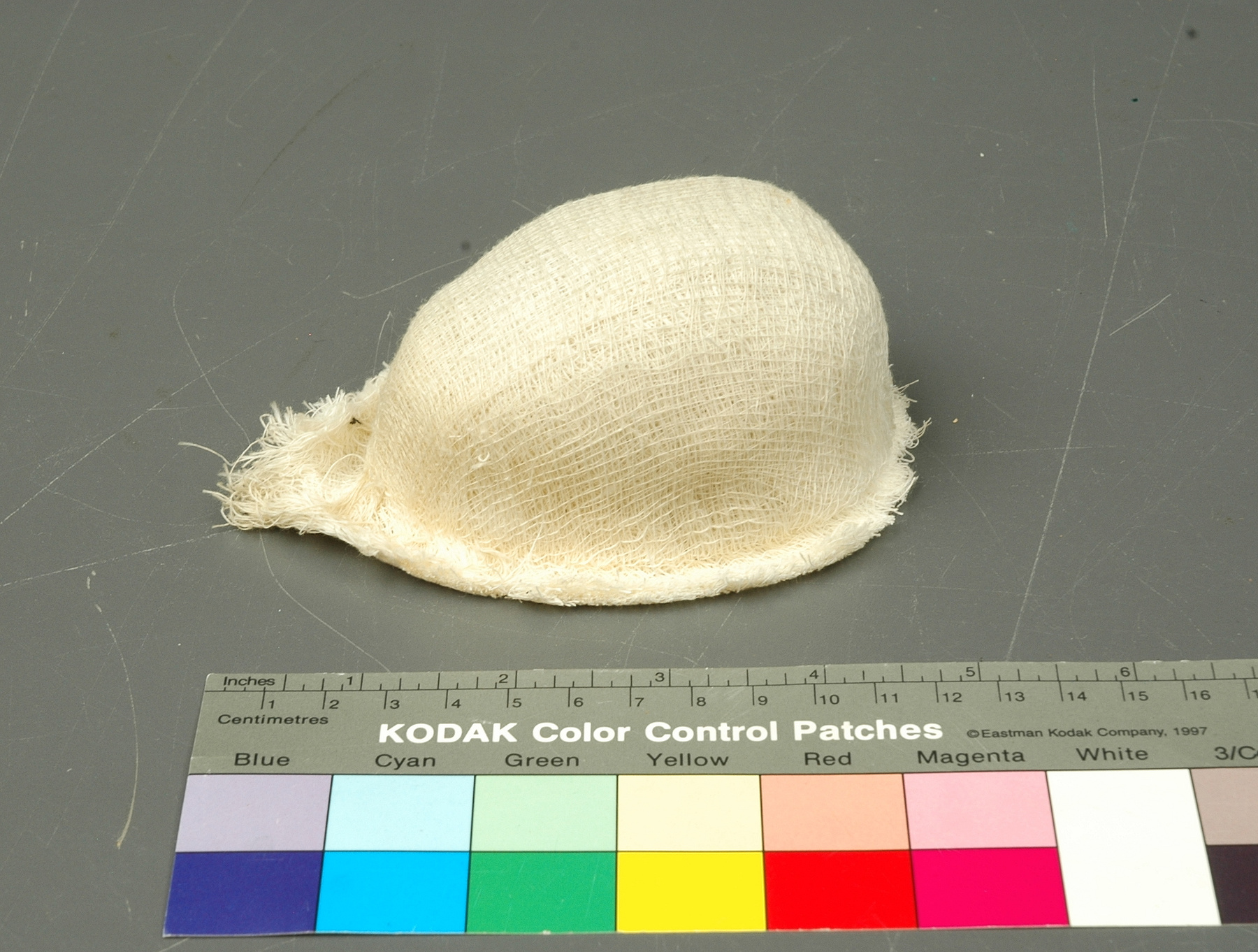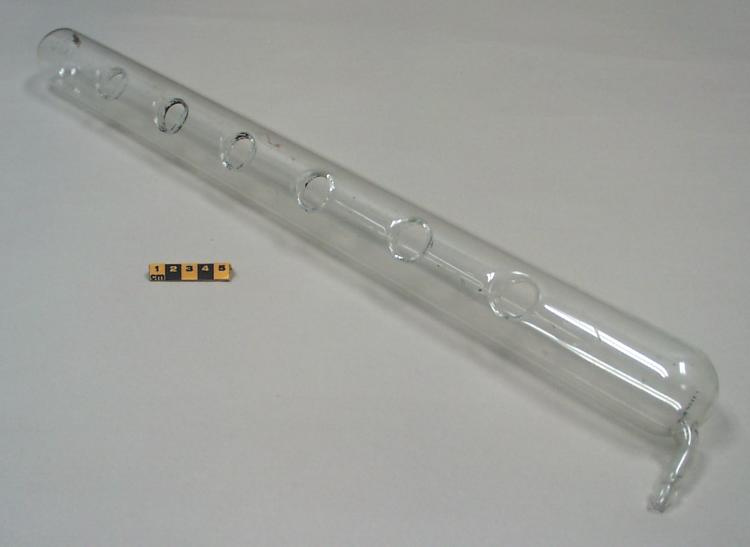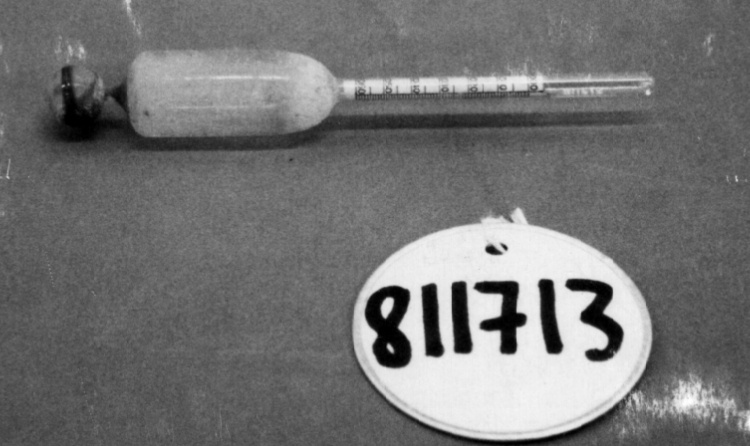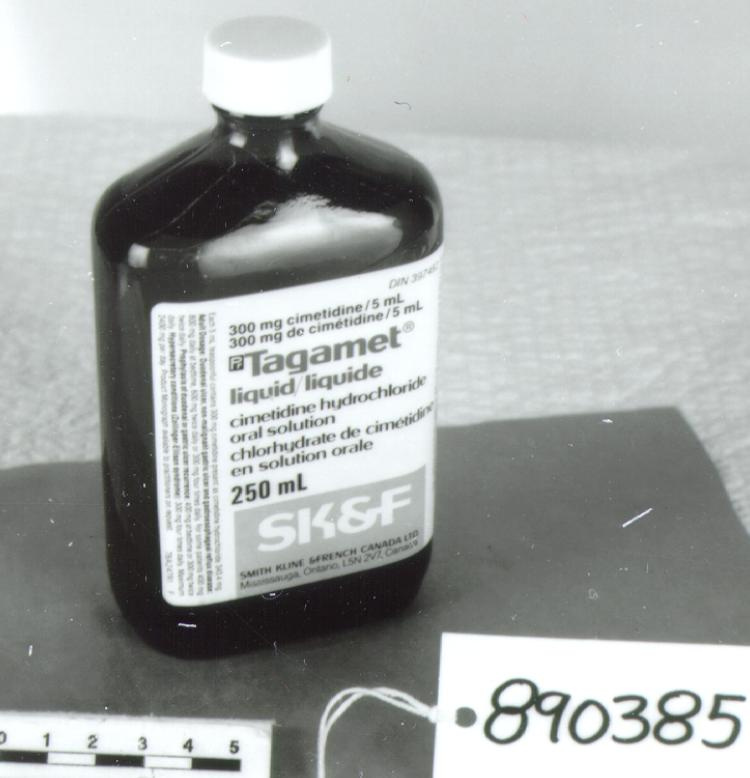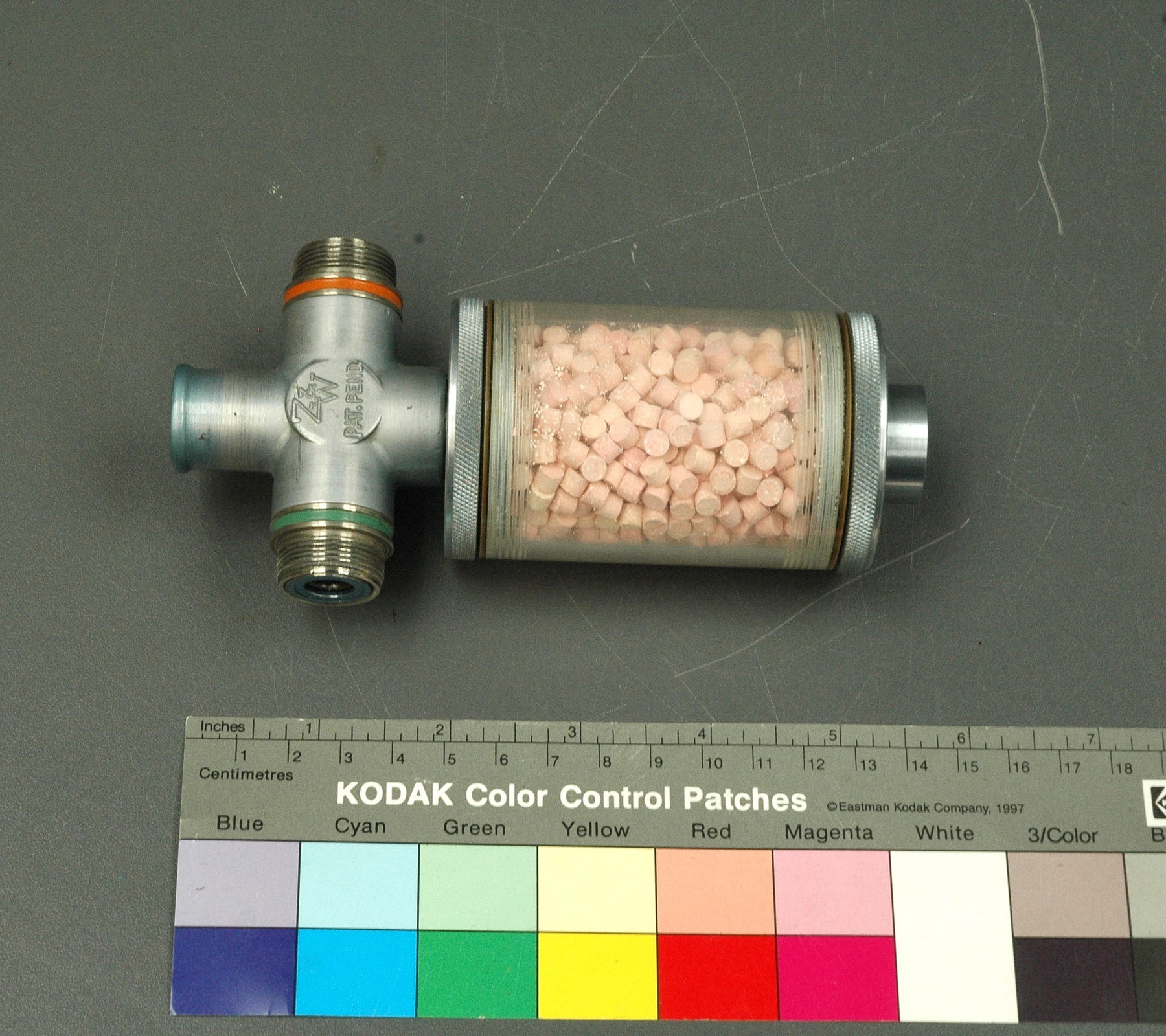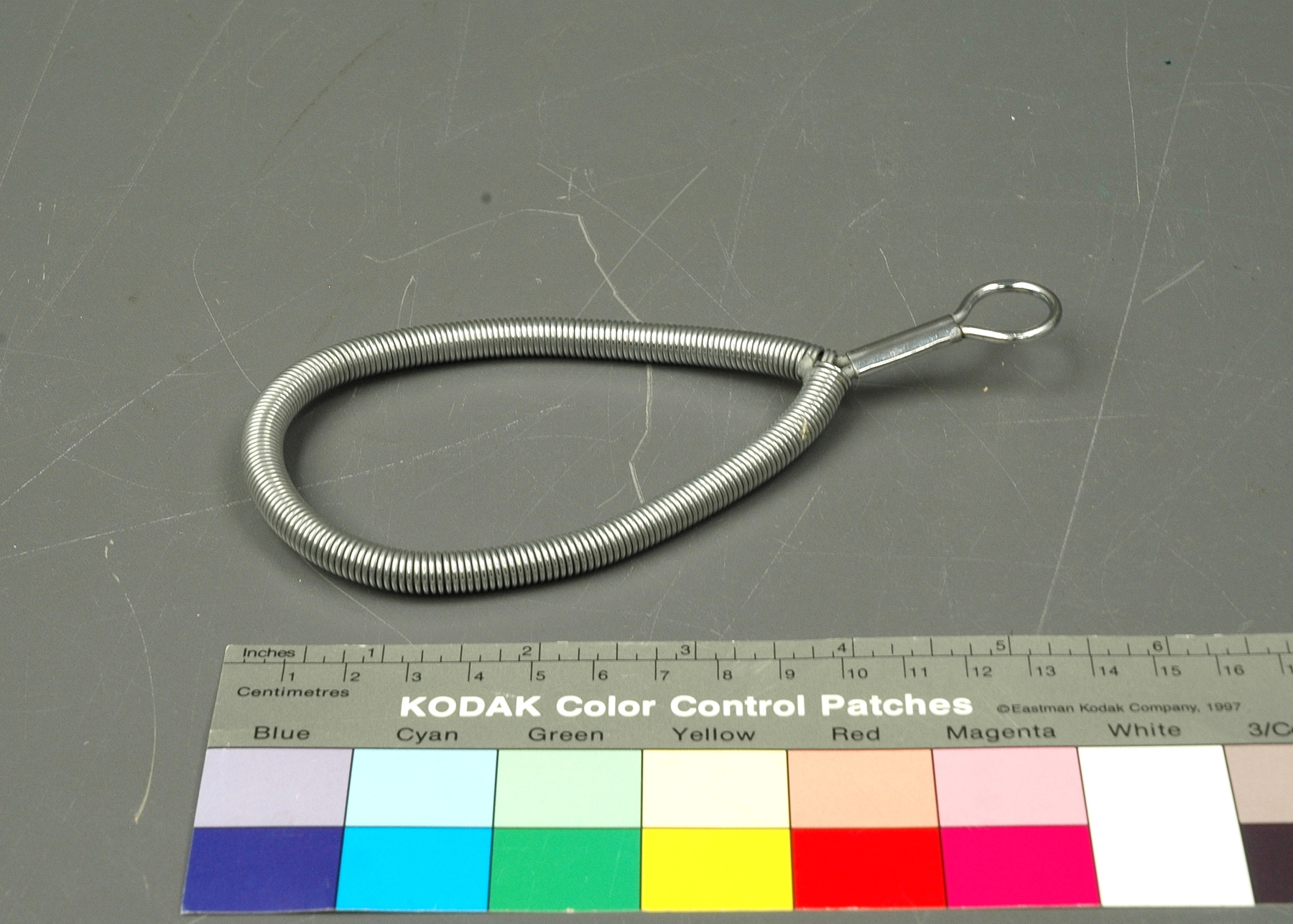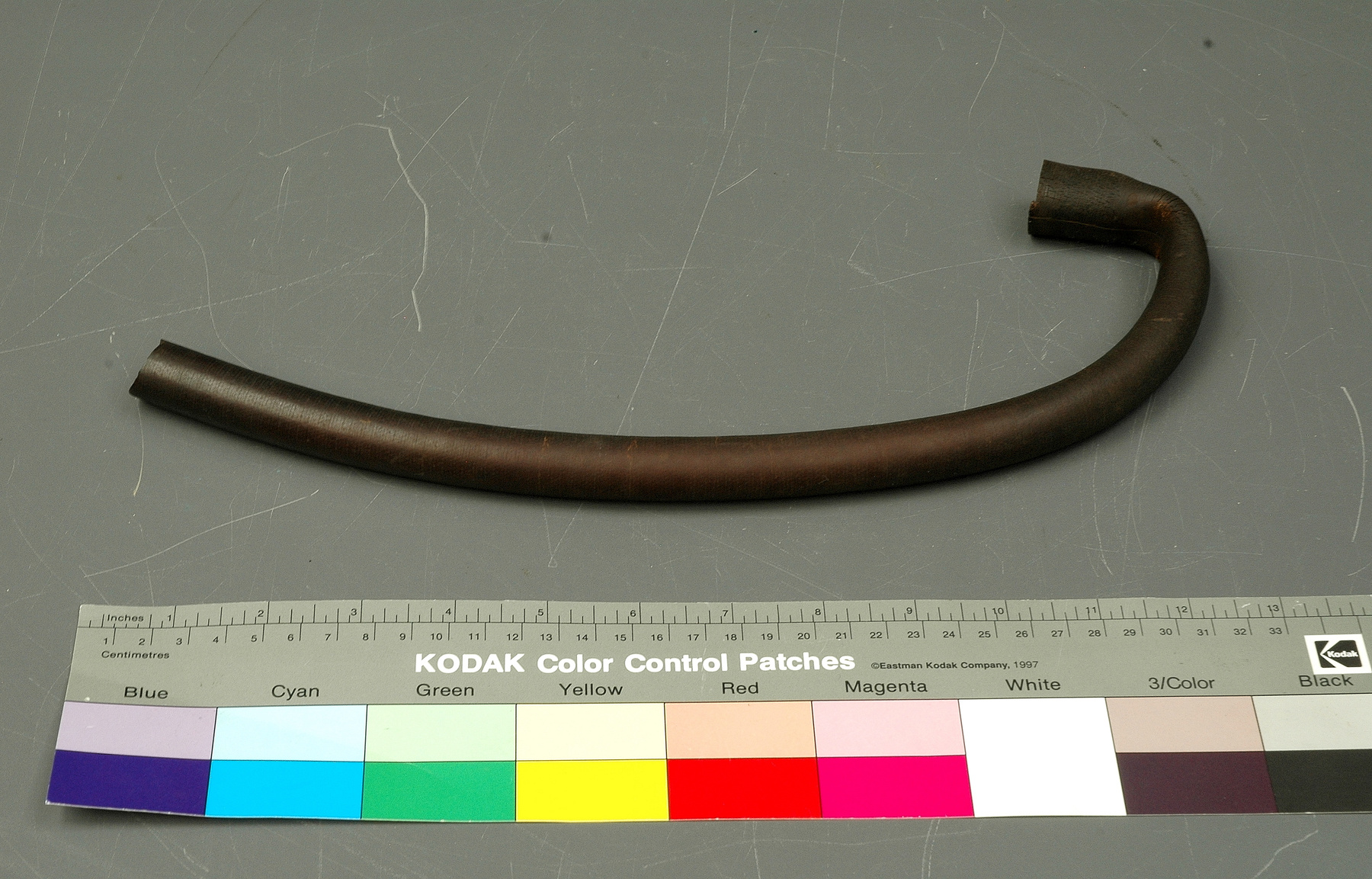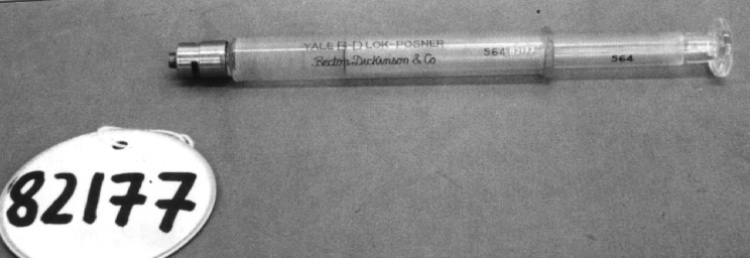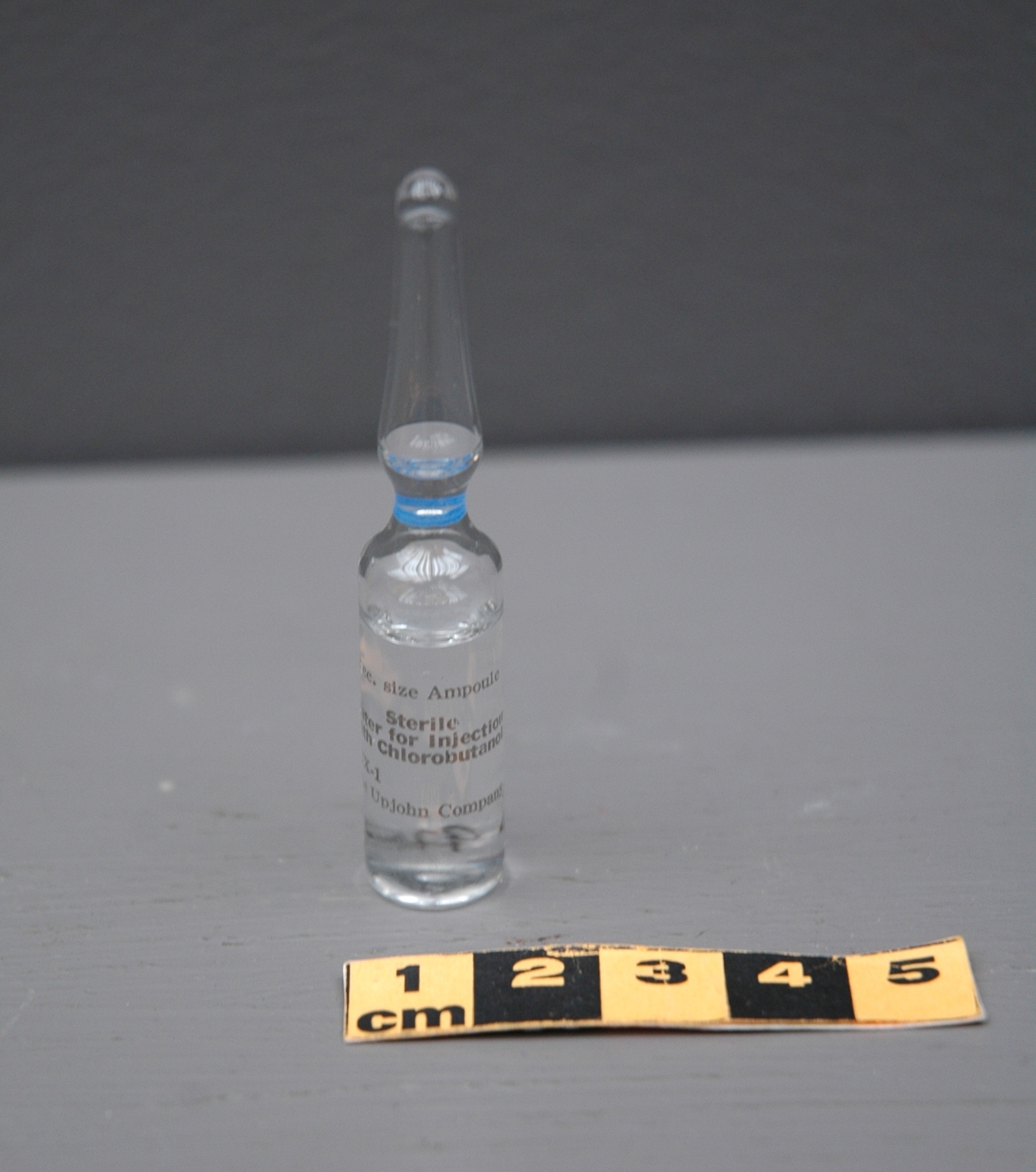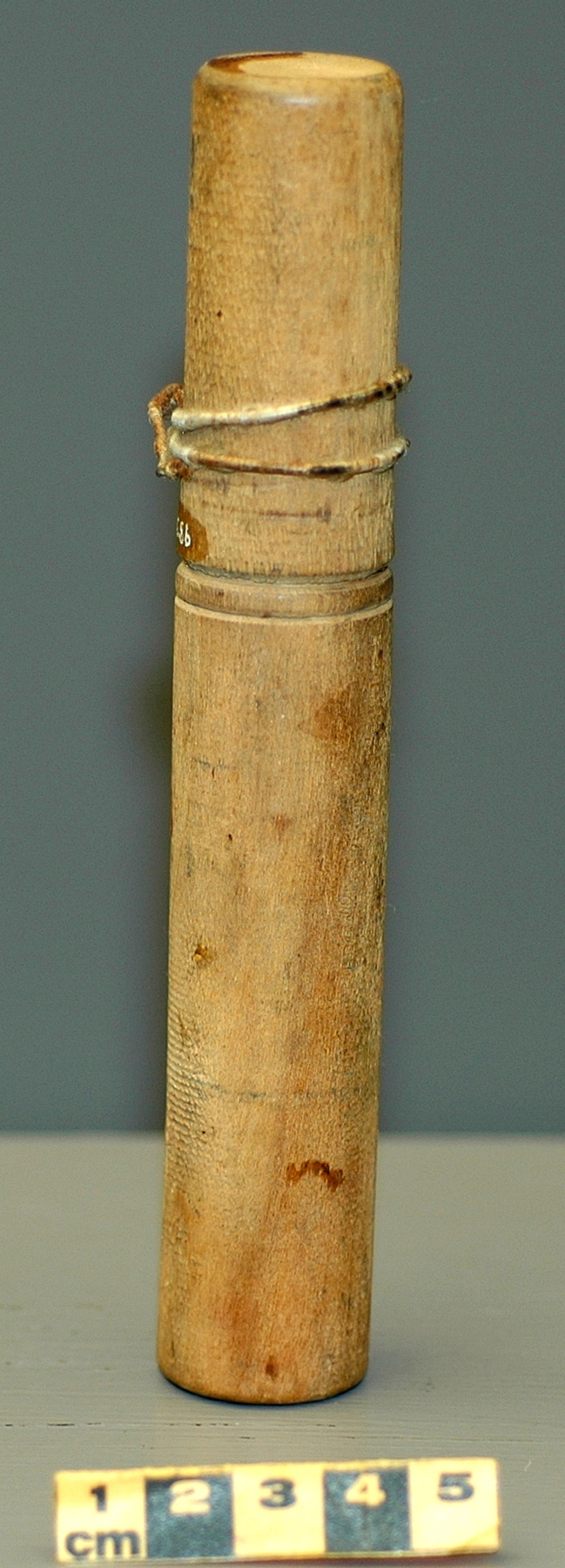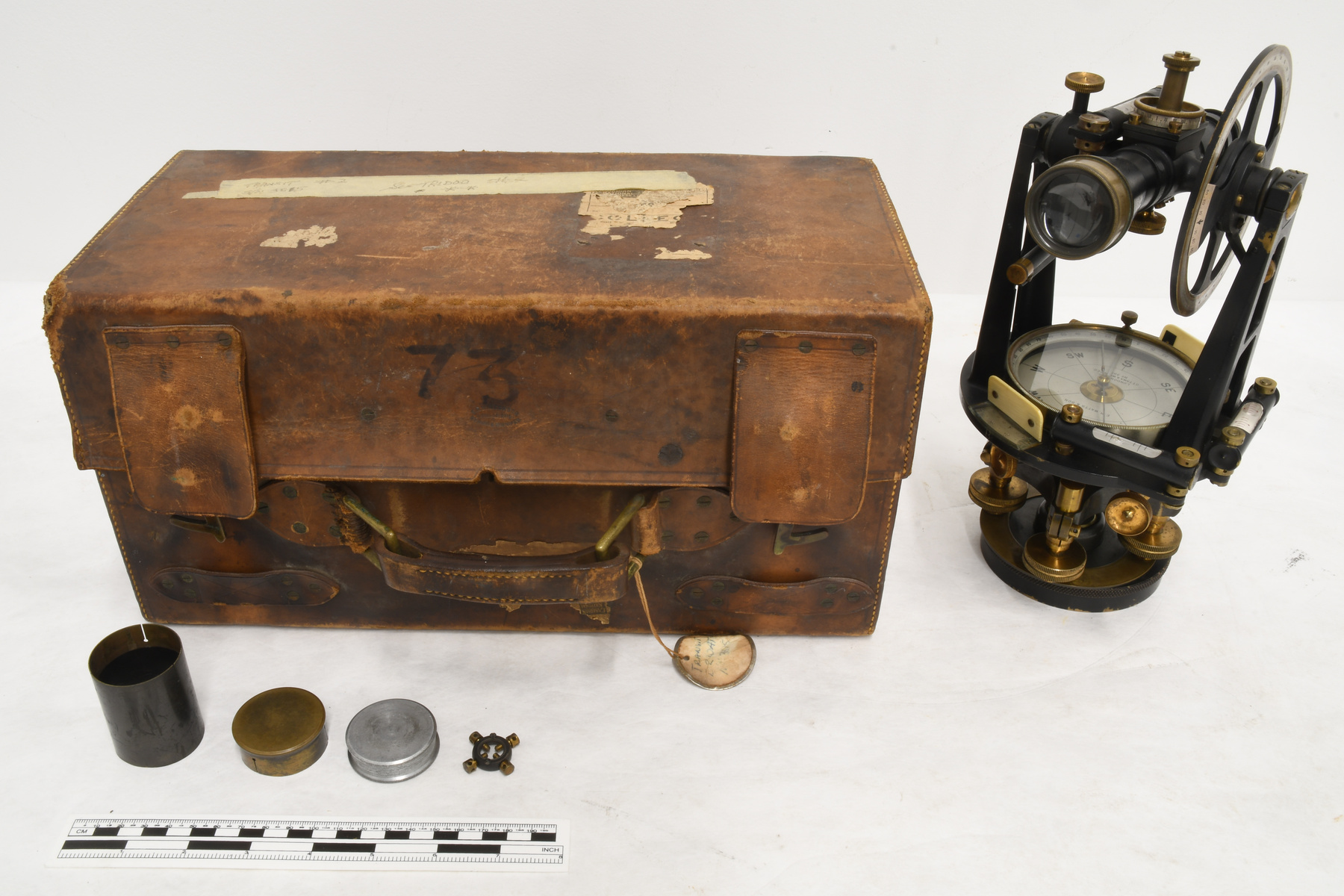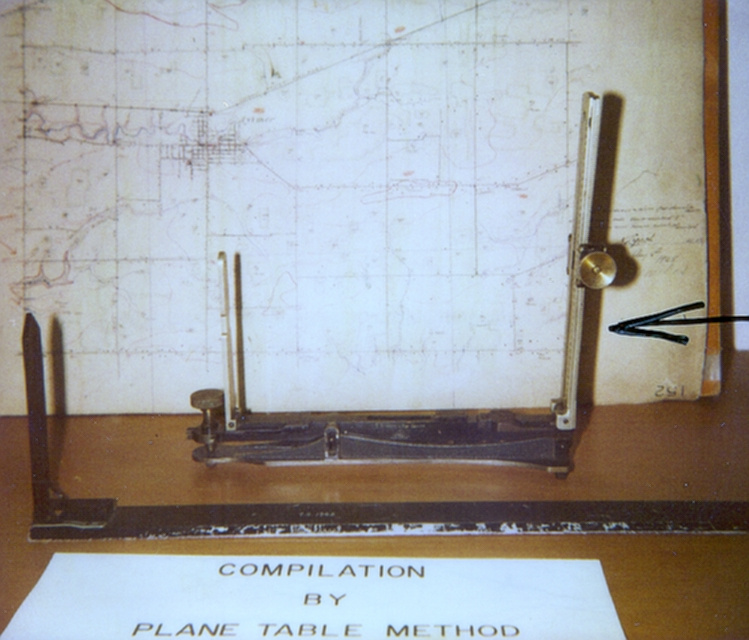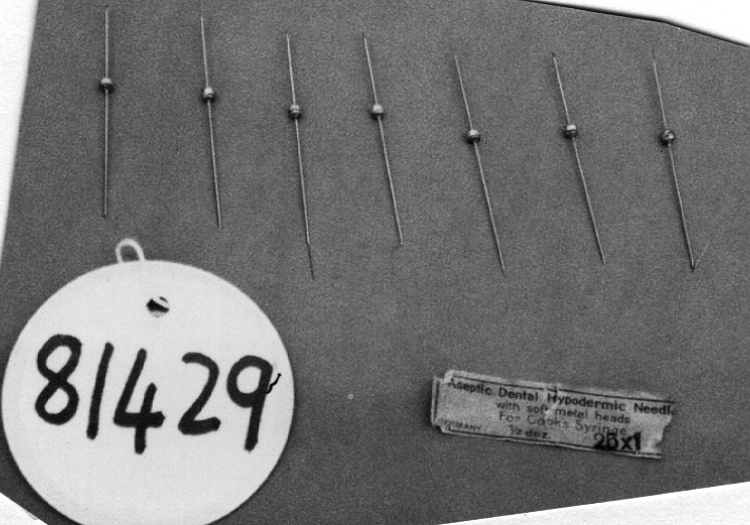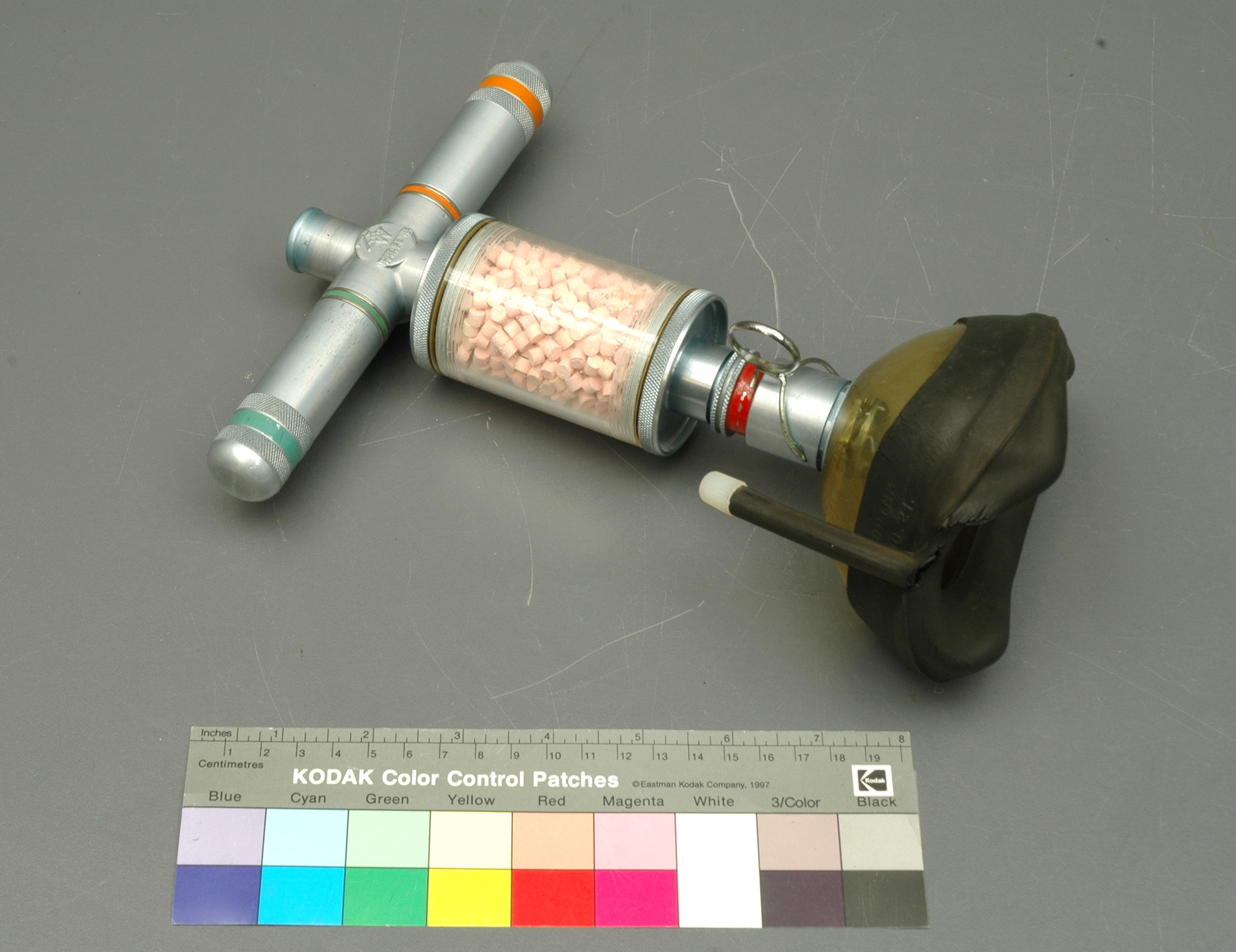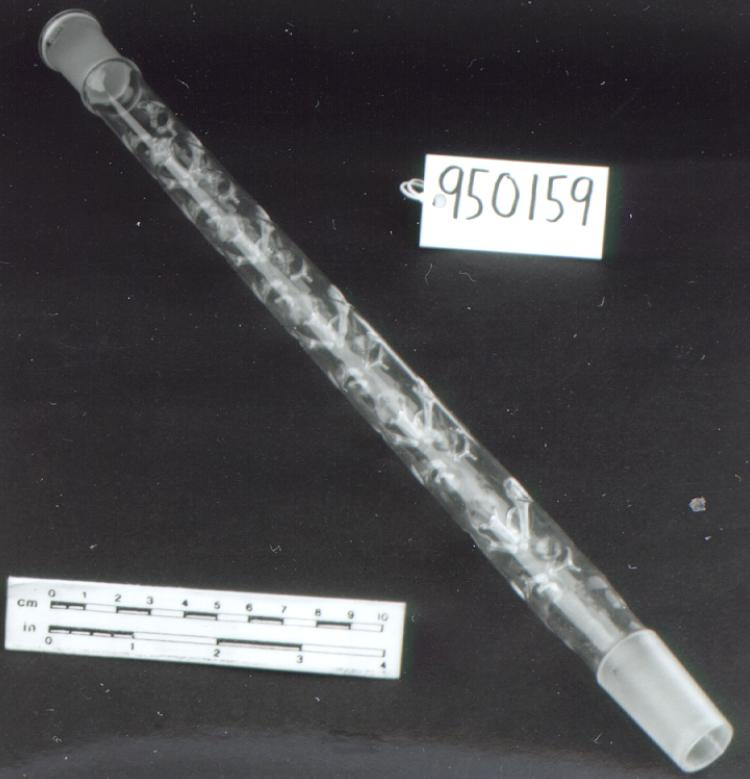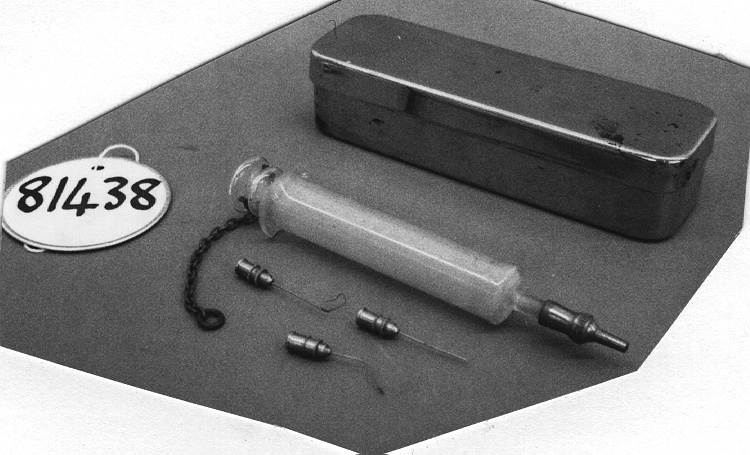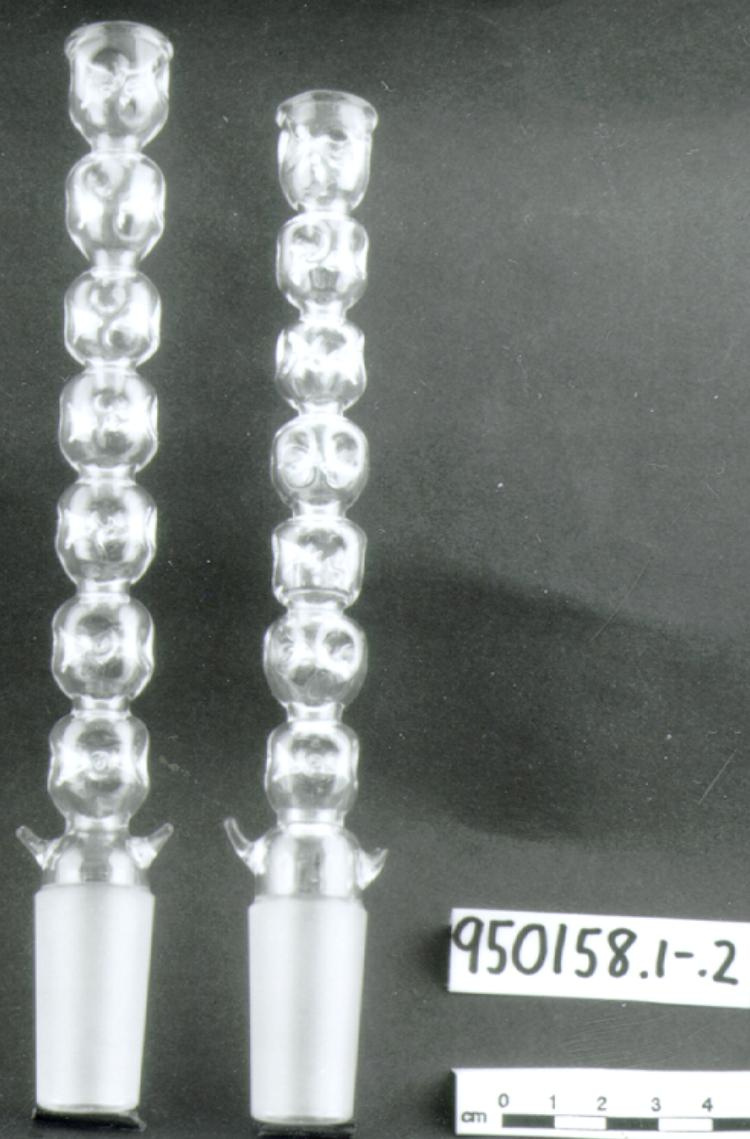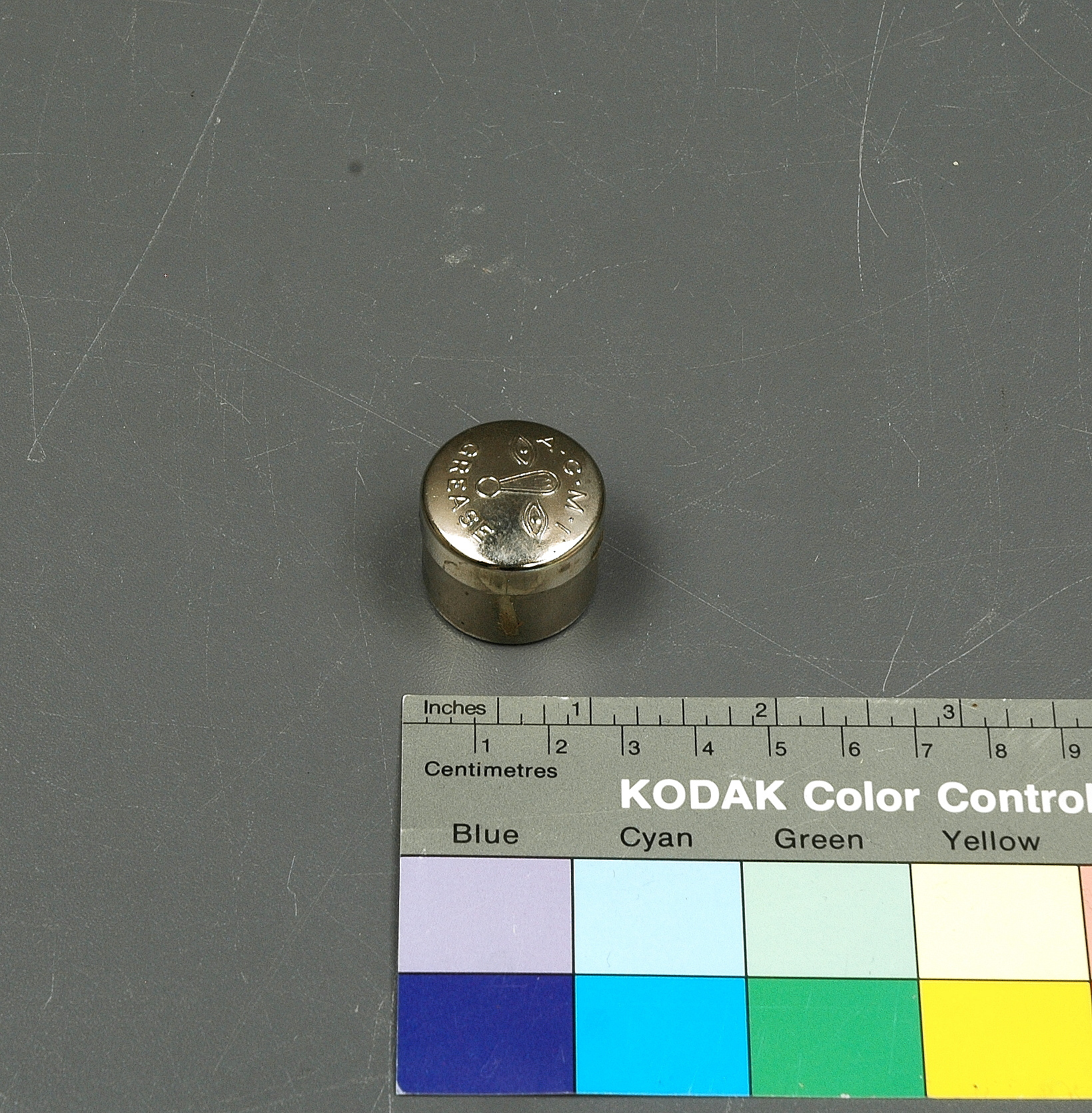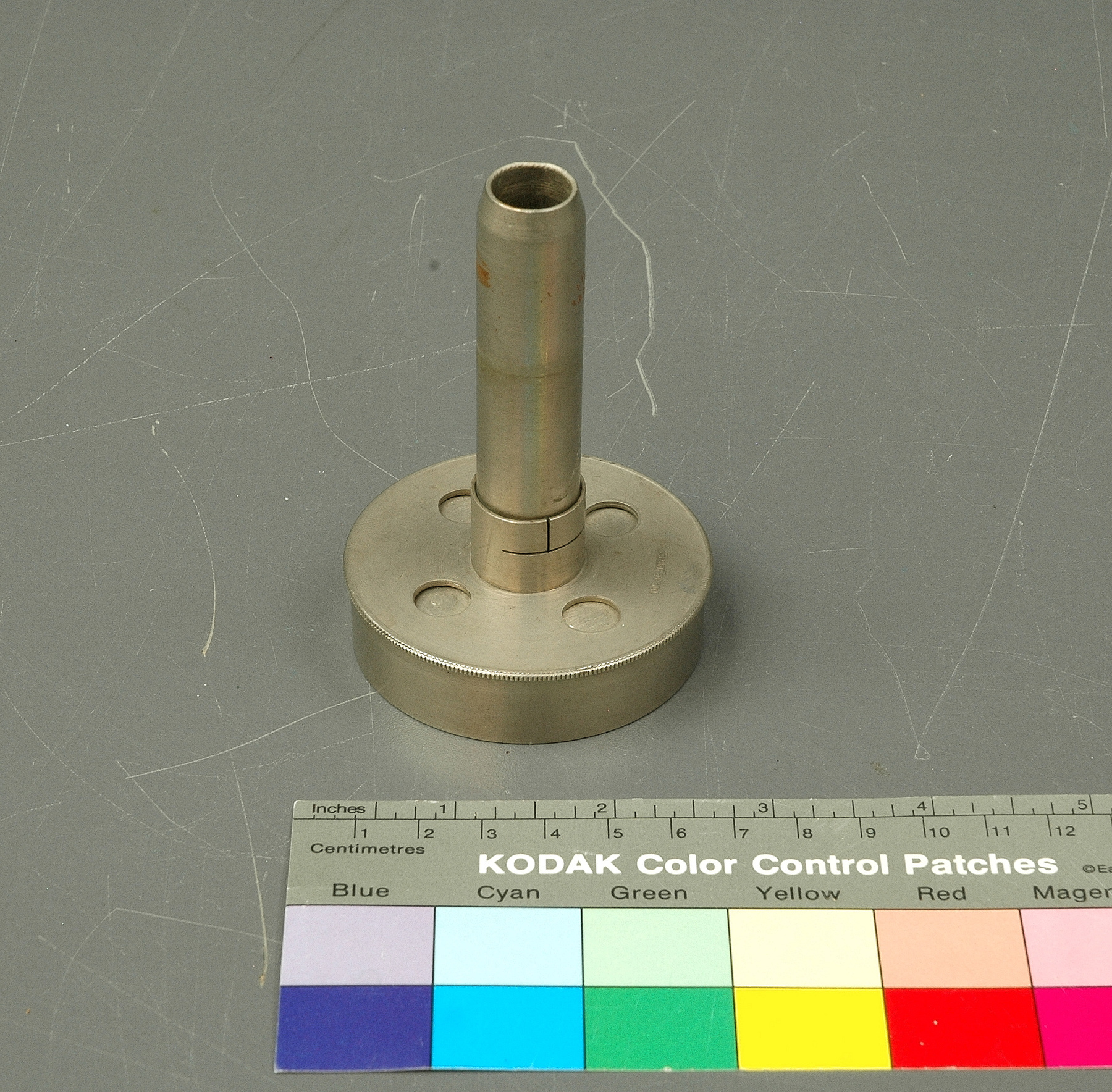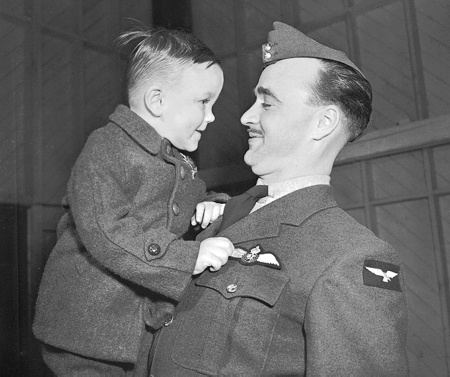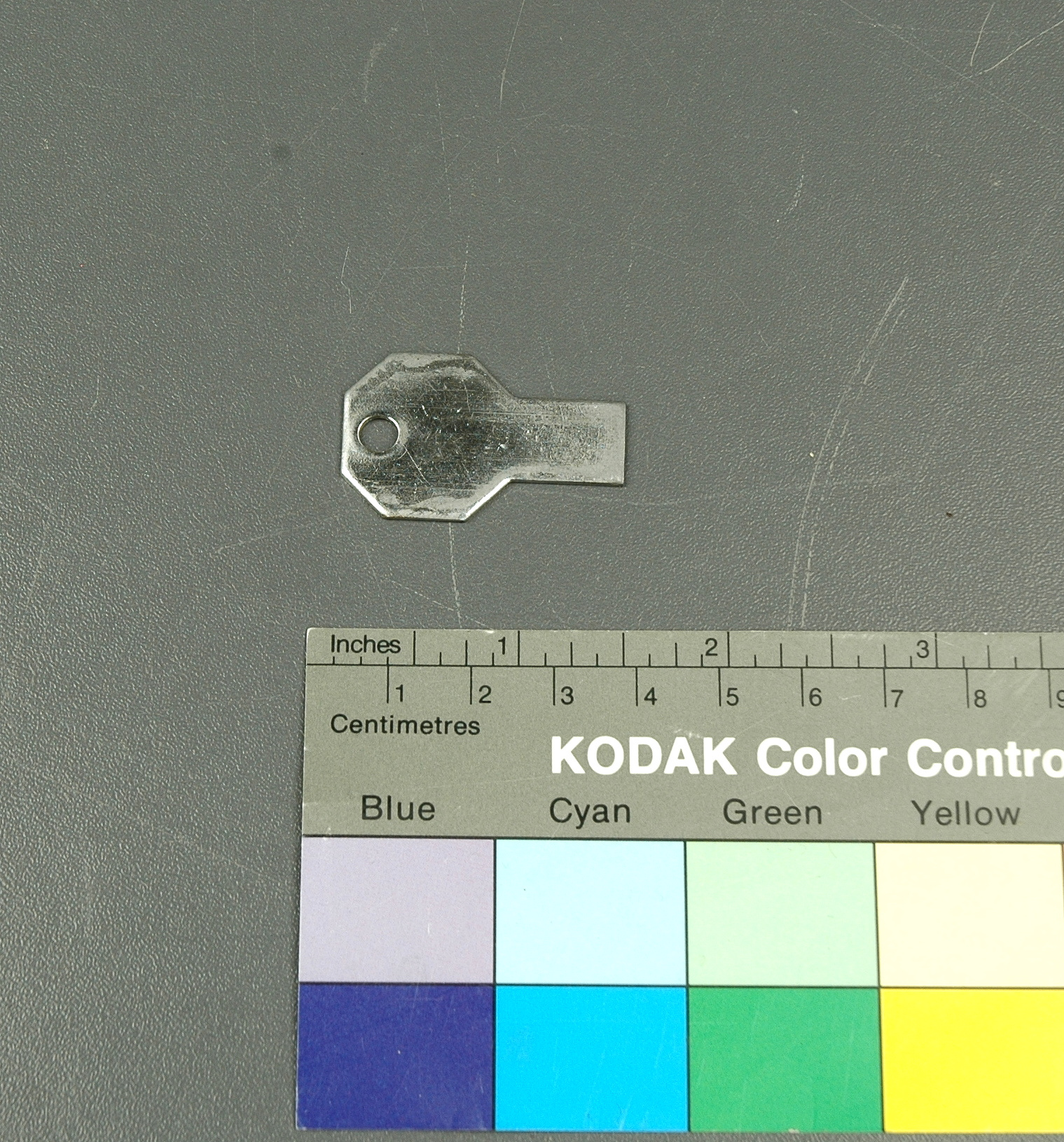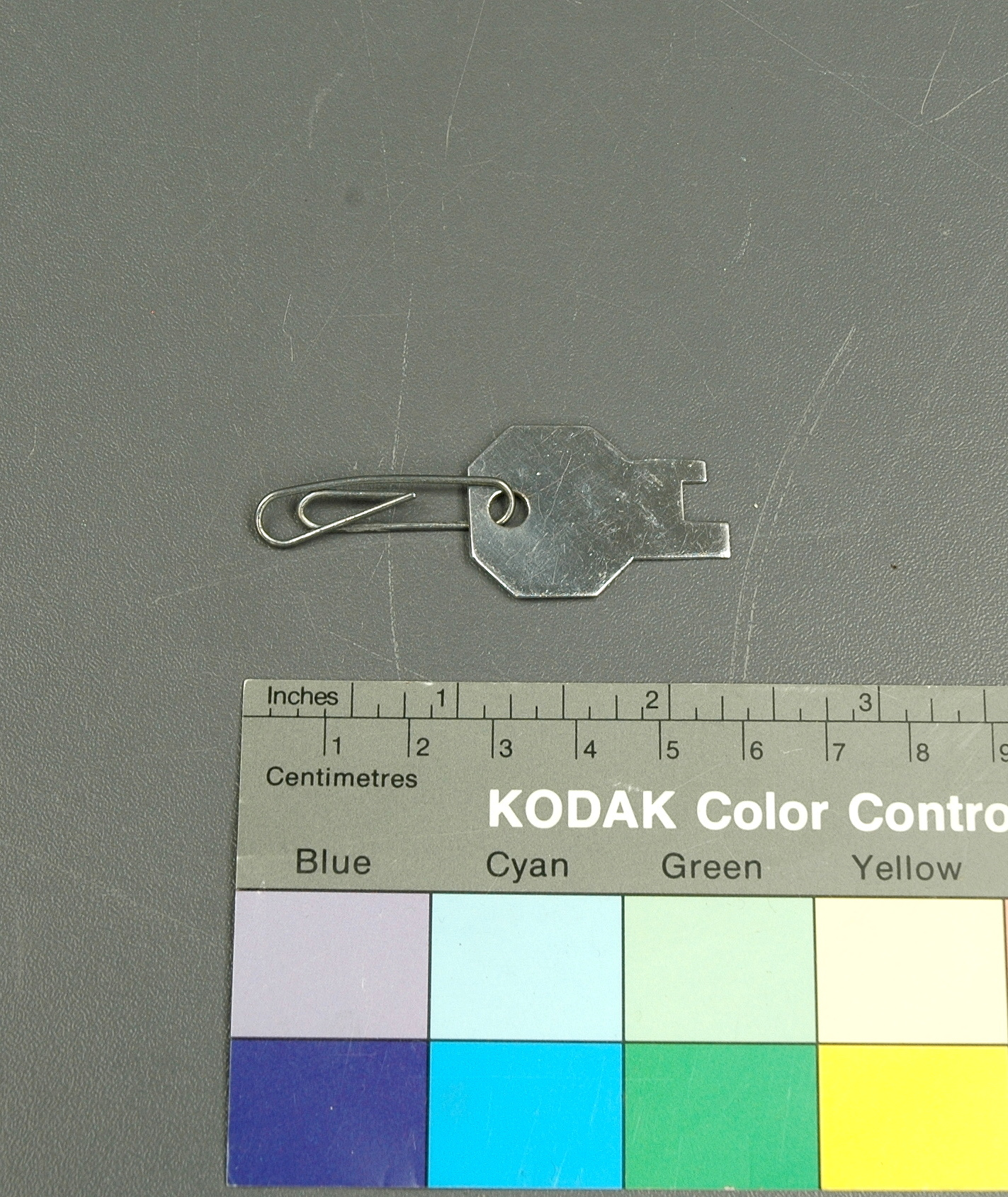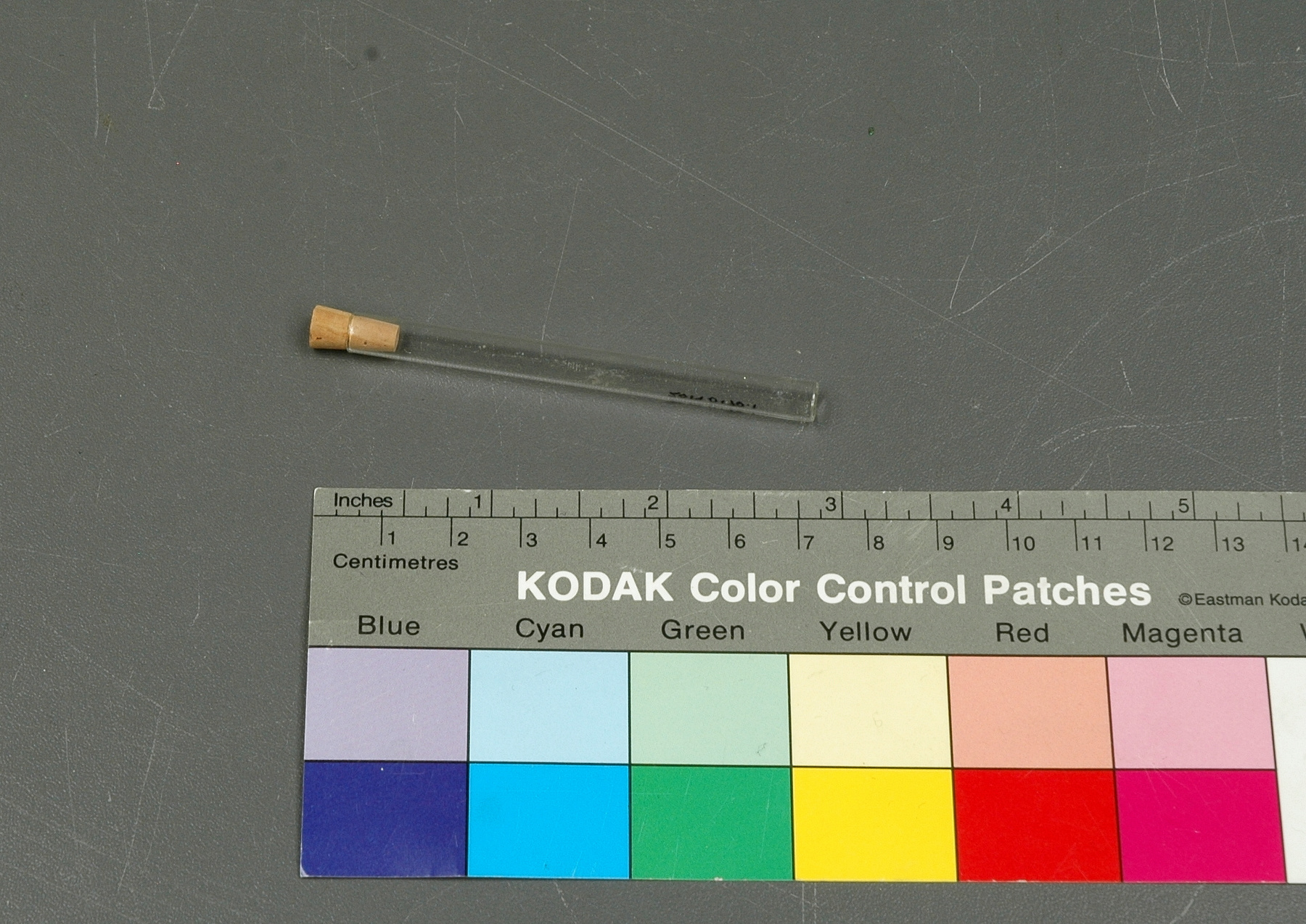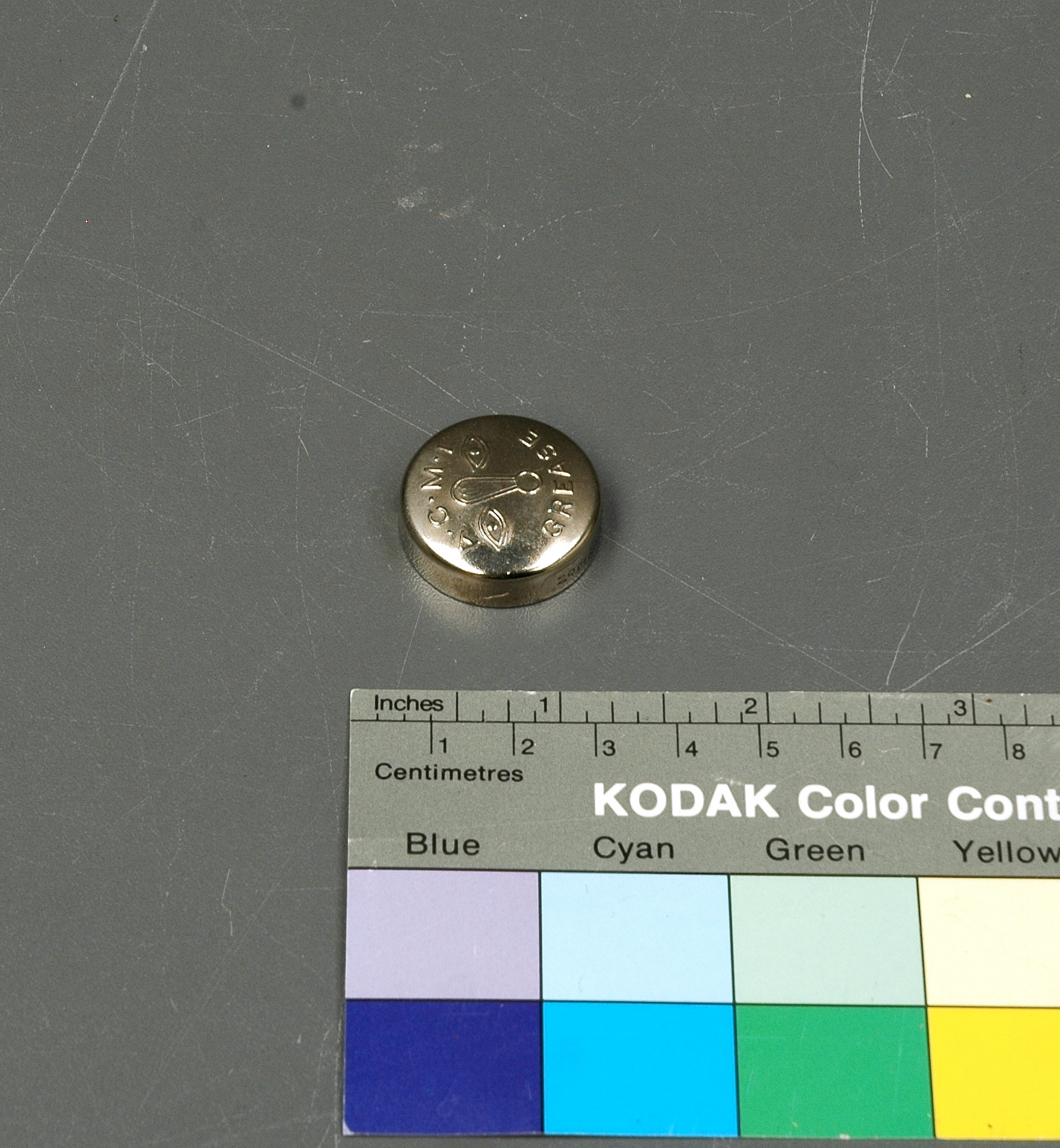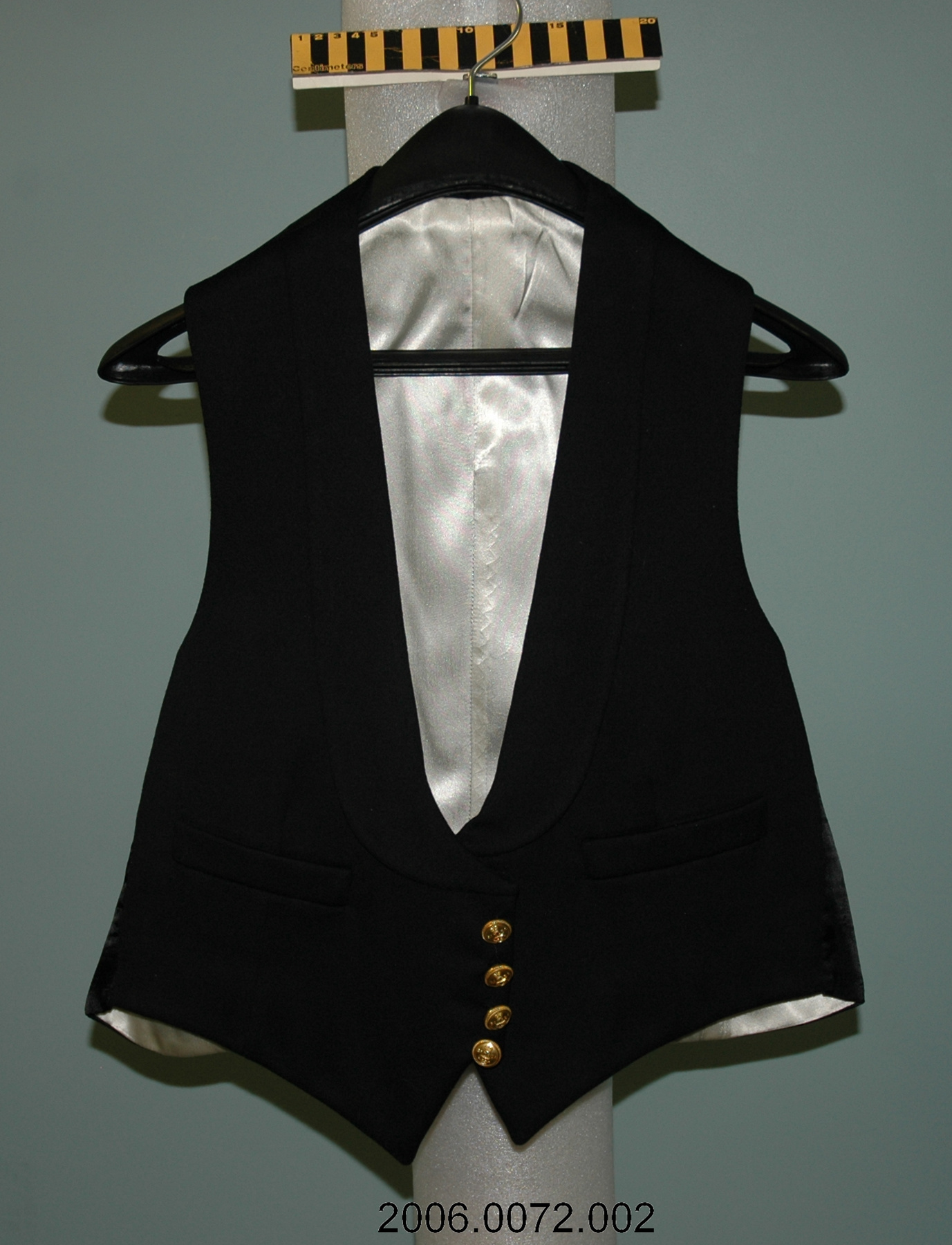Anesthésique
Utiliser cette image
Puis-je réutiliser cette image sans autorisation? Oui
Les images sur le portail de la collection d’Ingenium ont la licence Creative Commons suivante :
Copyright Ingenium / CC BY-NC-ND (Attribution-NonCommercial 4.0 International (CC BY-NC 4.0)
ATTRIBUER CETTE IMAGE
Ingenium,
2014.0106.006
Permalien:
Ingenium diffuse cette image sous le cadre de licence Creative Commons et encourage son téléchargement et sa réutilisation à des fins non commerciales. Veuillez mentionner Ingenium et citer le numéro de l’artefact.
TÉLÉCHARGER L’IMAGEACHETER CETTE IMAGE
Cette image peut être utilisée gratuitement pour des fins non commerciales.
Pour un usage commercial, veuillez consulter nos frais de reproduction et communiquer avec nous pour acheter l’image.
- TYPE D’OBJET
- S/O
- DATE
- 1906
- NUMÉRO DE L’ARTEFACT
- 2014.0106.006
- FABRICANT
- Squibb, E.R. & Sons
- MODÈLE
- Inconnu
- EMPLACEMENT
- New York, United States of America
Plus d’information
Renseignements généraux
- Nº de série
- S/O
- Nº de partie
- 6
- Nombre total de parties
- 10
- Ou
- S/O
- Brevets
- S/O
- Description générale
- Glass ampoule
Dimensions
Remarque : Cette information reflète la taille générale pour l’entreposage et ne représente pas nécessairement les véritables dimensions de l’objet.
- Longueur
- 6,3 cm
- Largeur
- S/O
- Hauteur
- S/O
- Épaisseur
- S/O
- Poids
- S/O
- Diamètre
- 2,2 cm
- Volume
- S/O
Lexique
- Groupe
- Technologie médicale
- Catégorie
- Produits chimiques et médicament
- Sous-catégorie
- S/O
Fabricant
- Ou
- SQUIBB
- Pays
- United States of America
- État/province
- Inconnu
- Ville
- New York
Contexte
- Pays
- Inconnu
- État/province
- Inconnu
- Période
- Unknown
- Canada
-
Part of a collection of medical technologies donated to the Canada Science and Technology Museums Corporation by the Canadian Anesthesiologists’ Society. - Fonction
-
Used as a local anesthetic. - Technique
-
Procaine was used for spinal anaesthesia. It is a less toxic derivative of cocaine which was introduced for local analgesia in 1905. It is synonymous with novocaine hydrochloride. Edward Robinson Squibb graduated from Jefferson Medical College in Philadelphia, Pennsylvania. He immediately became a ship's surgeon in the U.S. Navy, serving during the ongoing Mexican-American War. After the war he ran the medical station at the Brooklyn Naval Yards. As a Navy physician, Squibb became disenchanted with the poor quality of medicines used on American military vessels and, as a result, in 1854 he invented an improved method of distilling ether, an anesthetic. He gave away his distillation method, rather than patent it for profit. In 1858 he left the military and started his own pharmaceutics manufacturing business in Brooklyn. In 1892 Squibb created a partnership with his two sons, Dr. Edward H. Squibb and Charles F. Squibb, the firm being known for generations afterwards as E. R. Squibb and Sons. (ref.2) - Notes sur la région
-
Inconnu
Détails
- Marques
- On ampoule: "STERILE CRYSTALS/ PROCAINE/ HYDROCHLORIDE/ 150 MGM/ E.R. SQUIBB & SONS/ CONTROL 7J5615
- Manque
- S/O
- Fini
- Clear glass with red writing
- Décoration
- S/O
FAIRE RÉFÉRENCE À CET OBJET
Si vous souhaitez publier de l’information sur cet objet de collection, veuillez indiquer ce qui suit :
Squibb, E.R. & Sons, Anesthésique, 1906, Numéro de l'artefact 2014.0106, Ingenium - Musées des sciences et de l'innovation du Canada, http://collection.ingeniumcanada.org/fr/item/2014.0106.006/
RÉTROACTION
Envoyer une question ou un commentaire sur cet artefact.
Plus comme ceci
